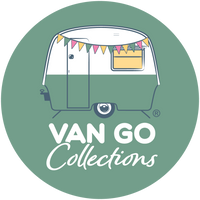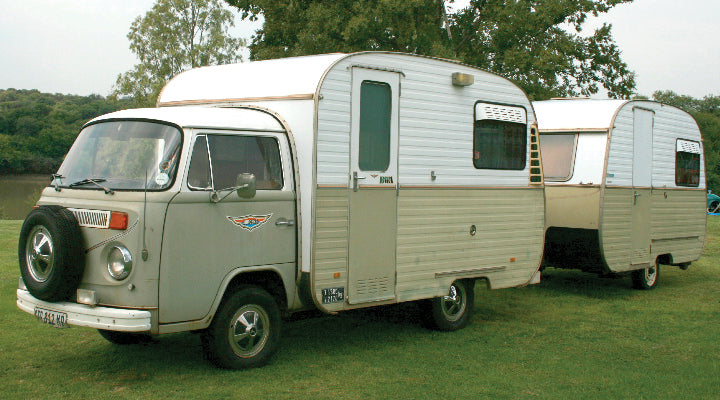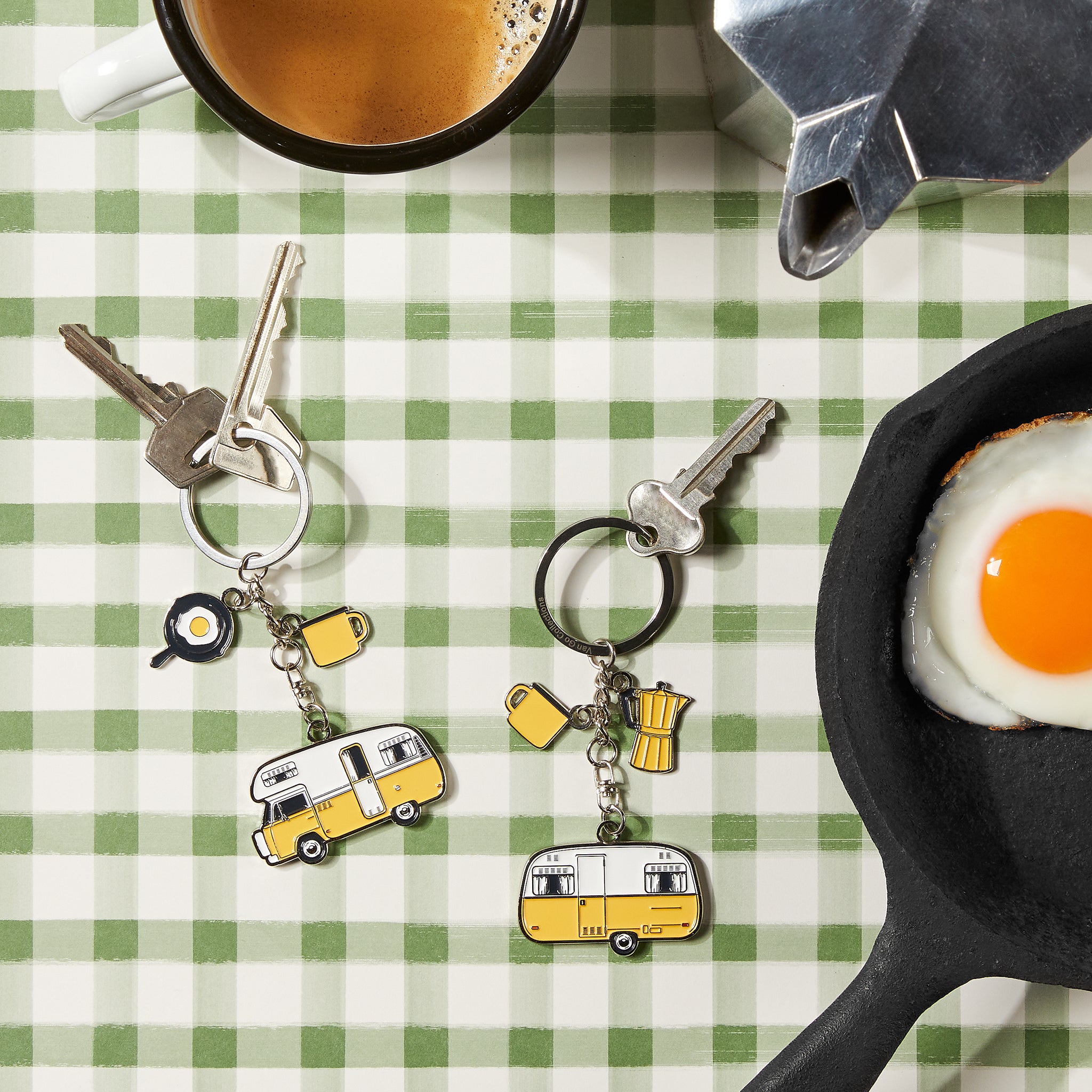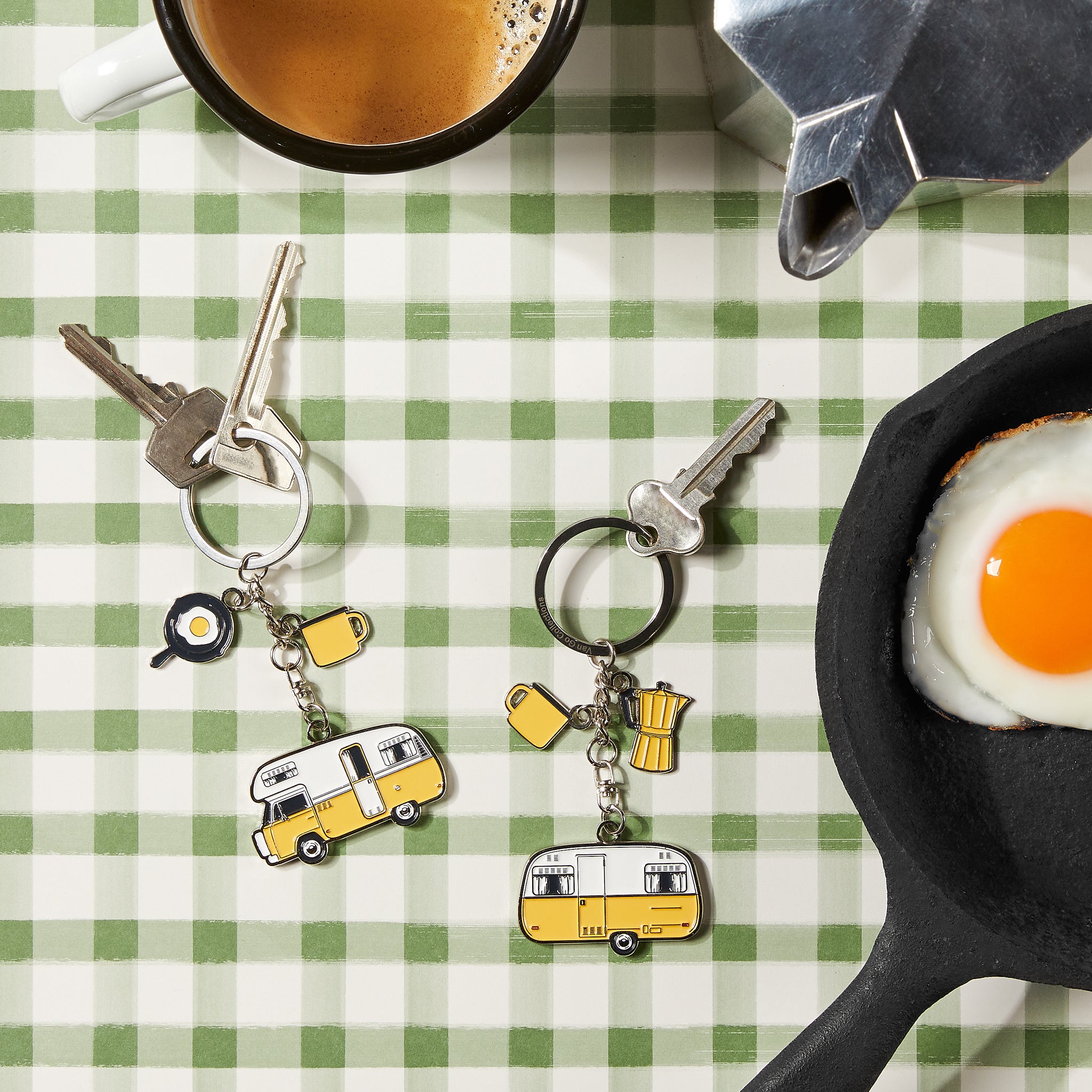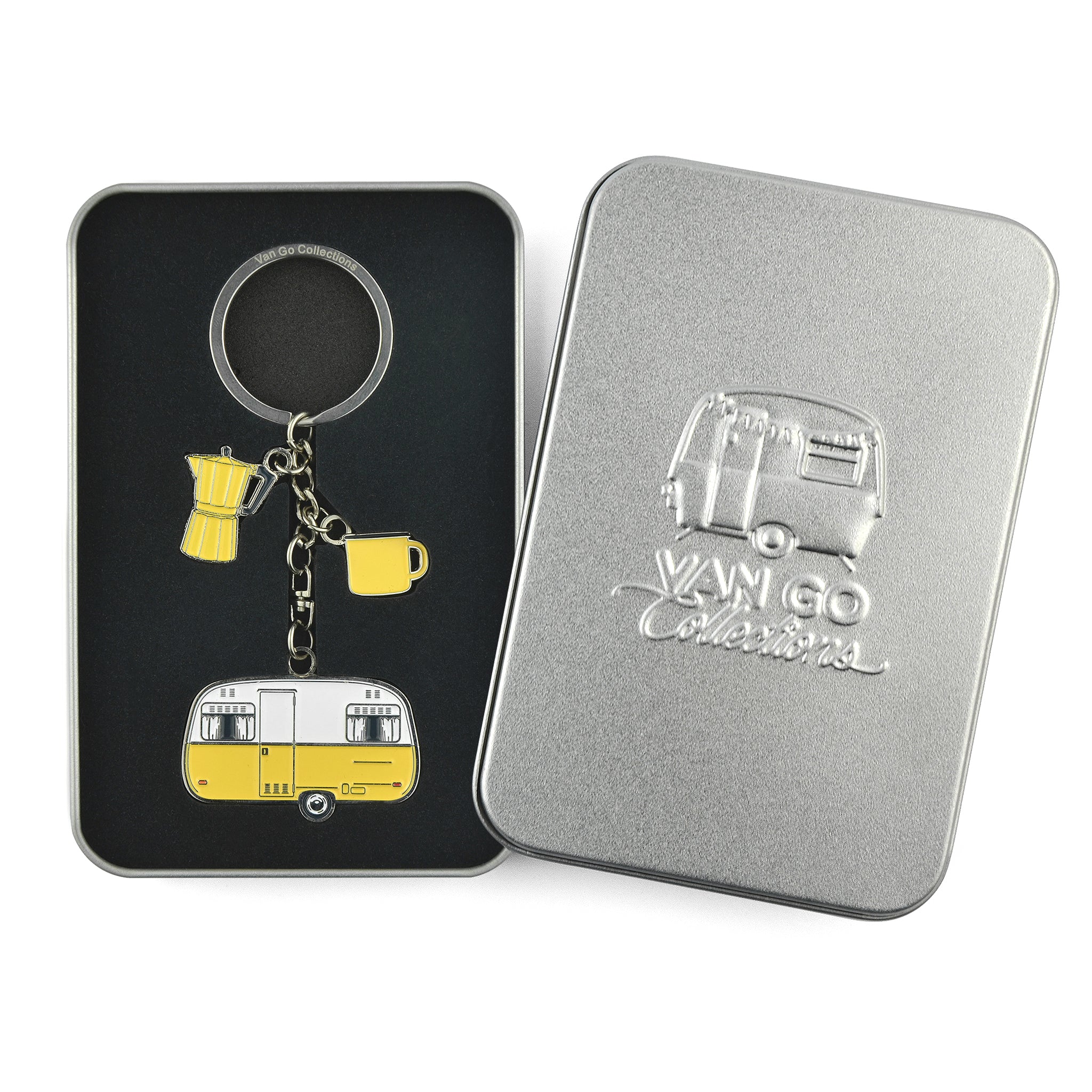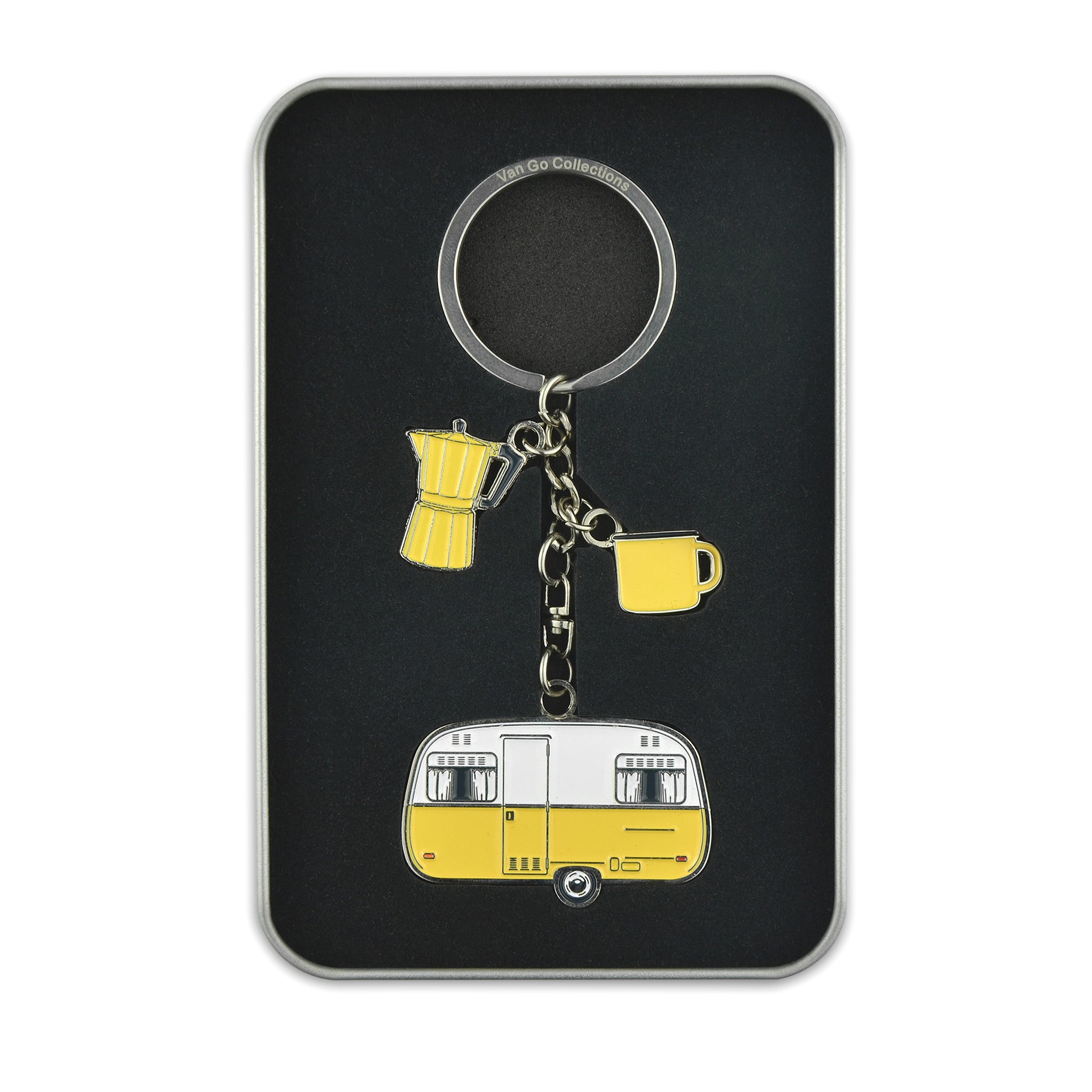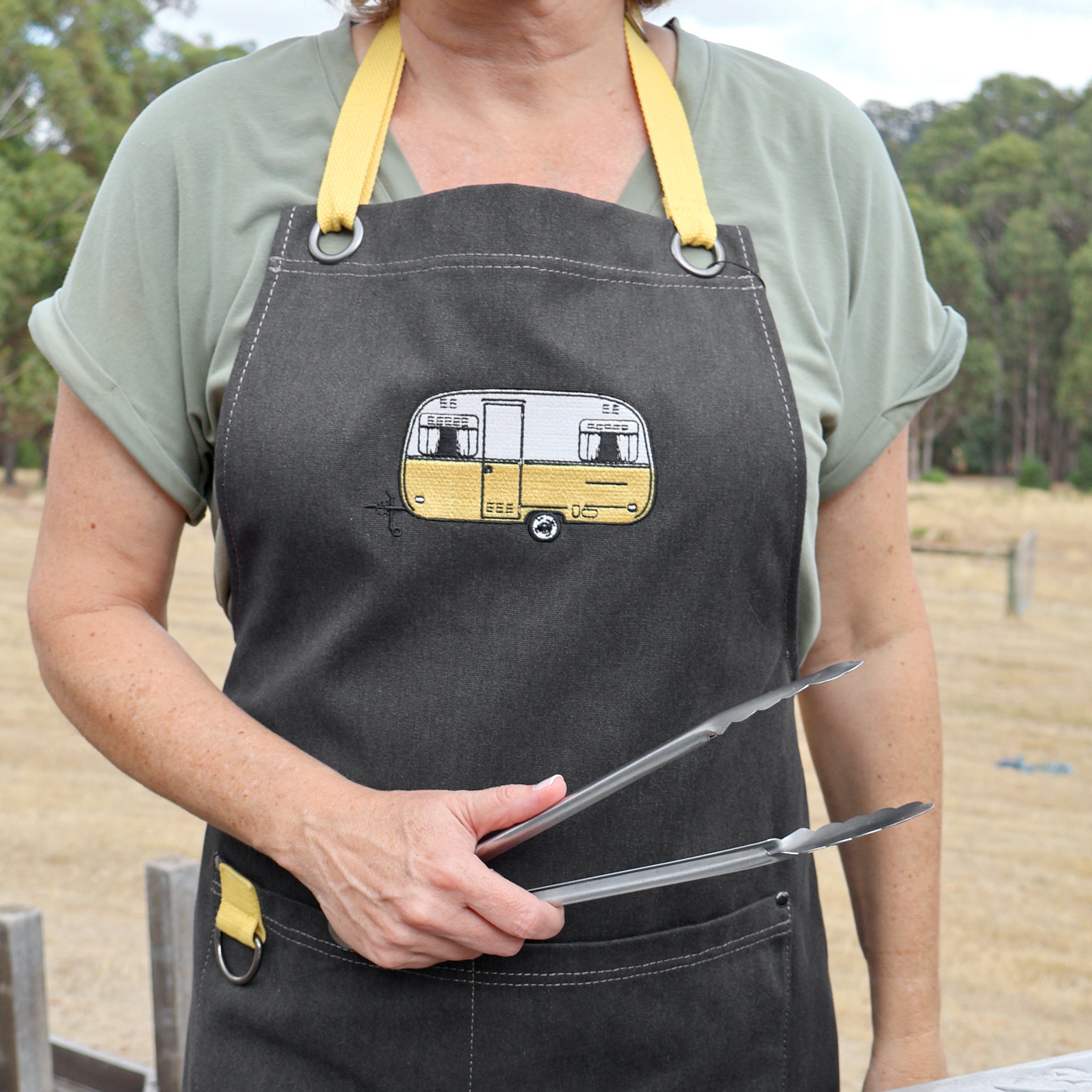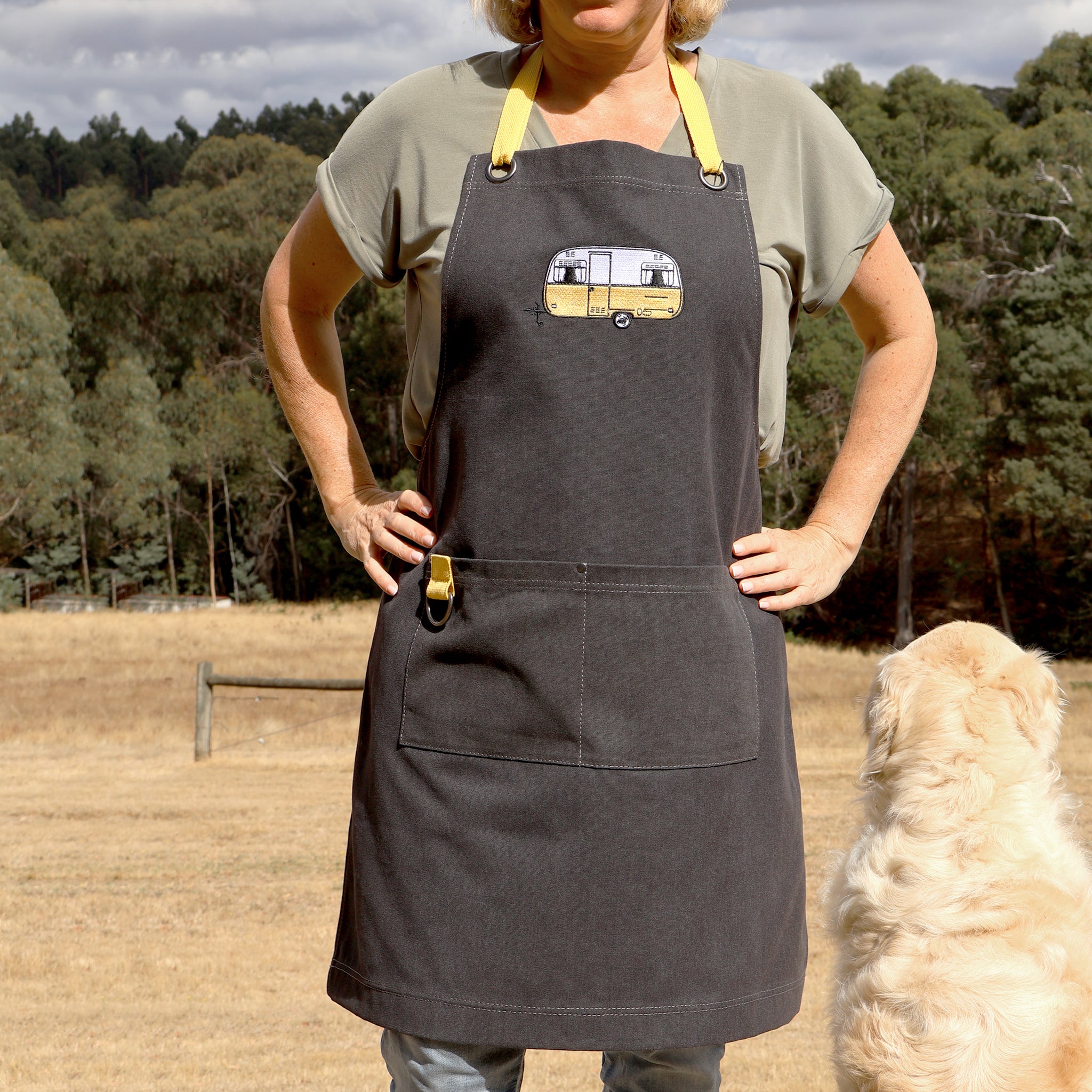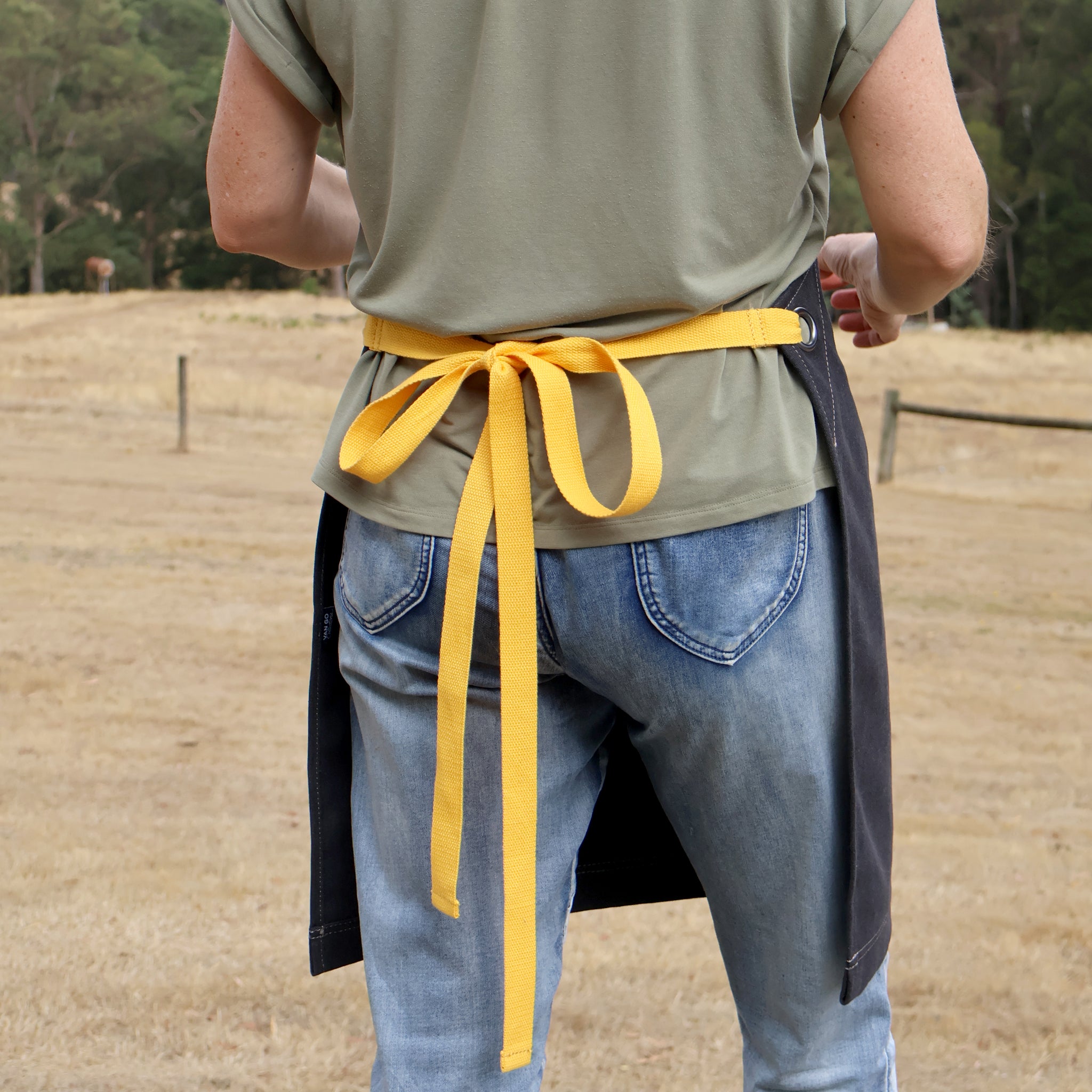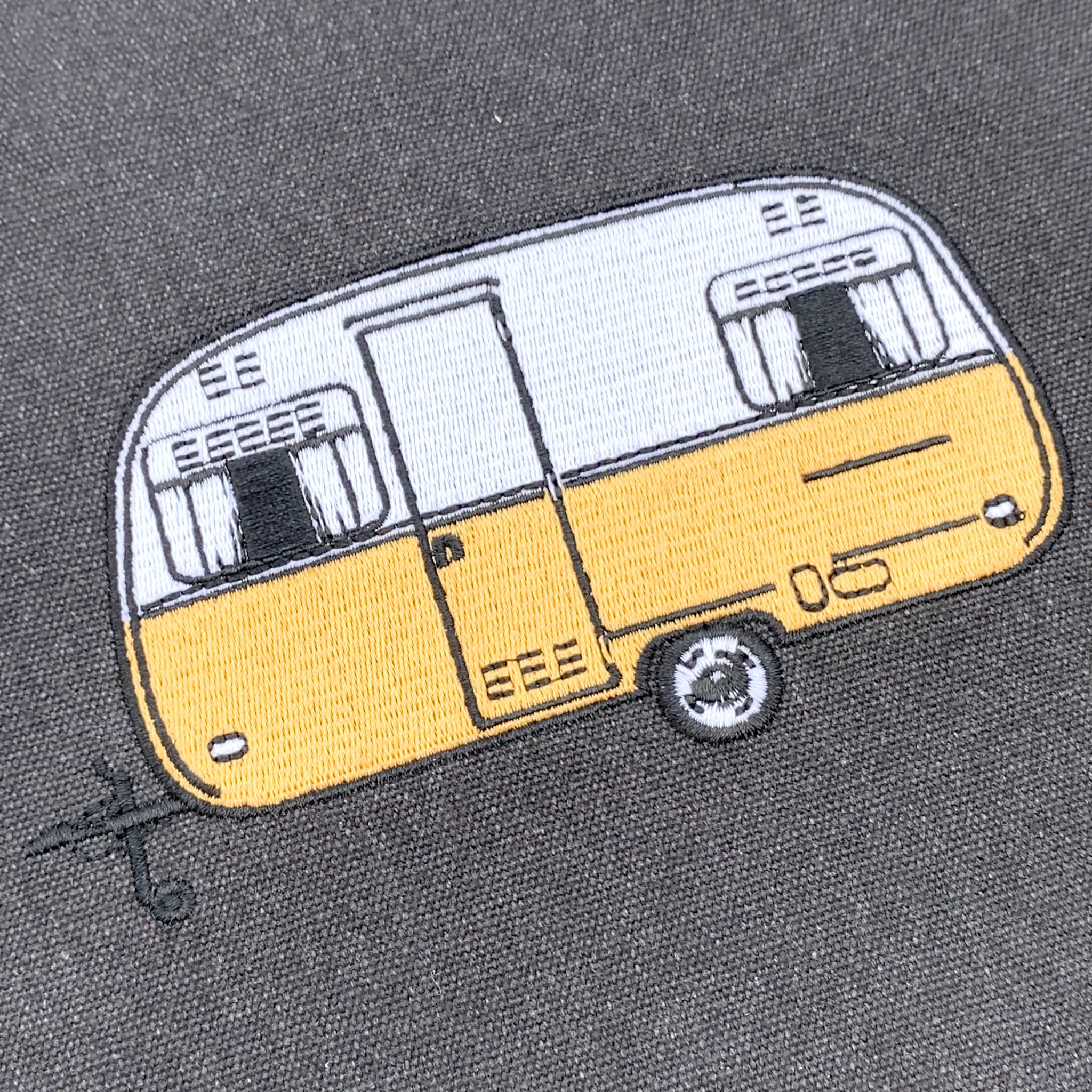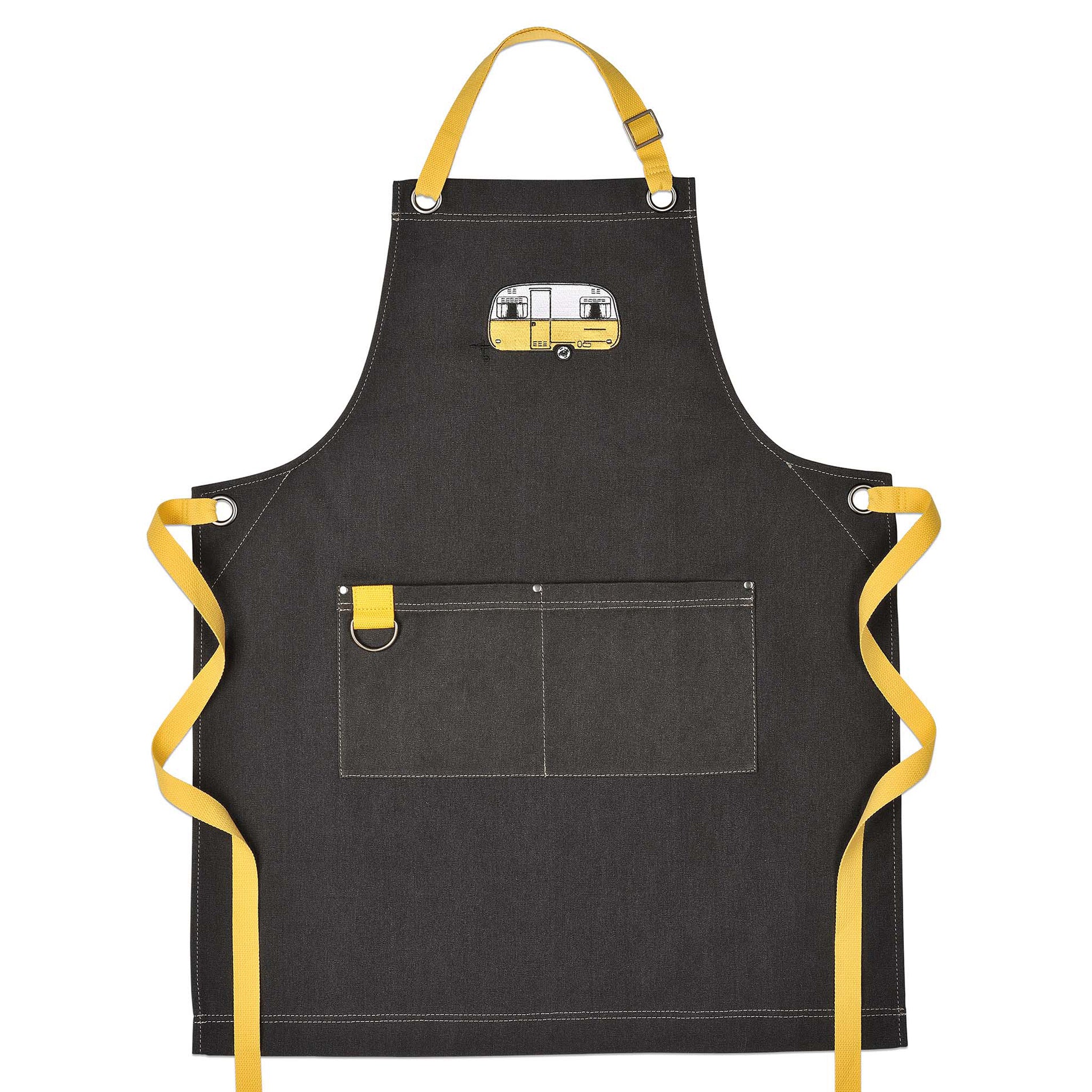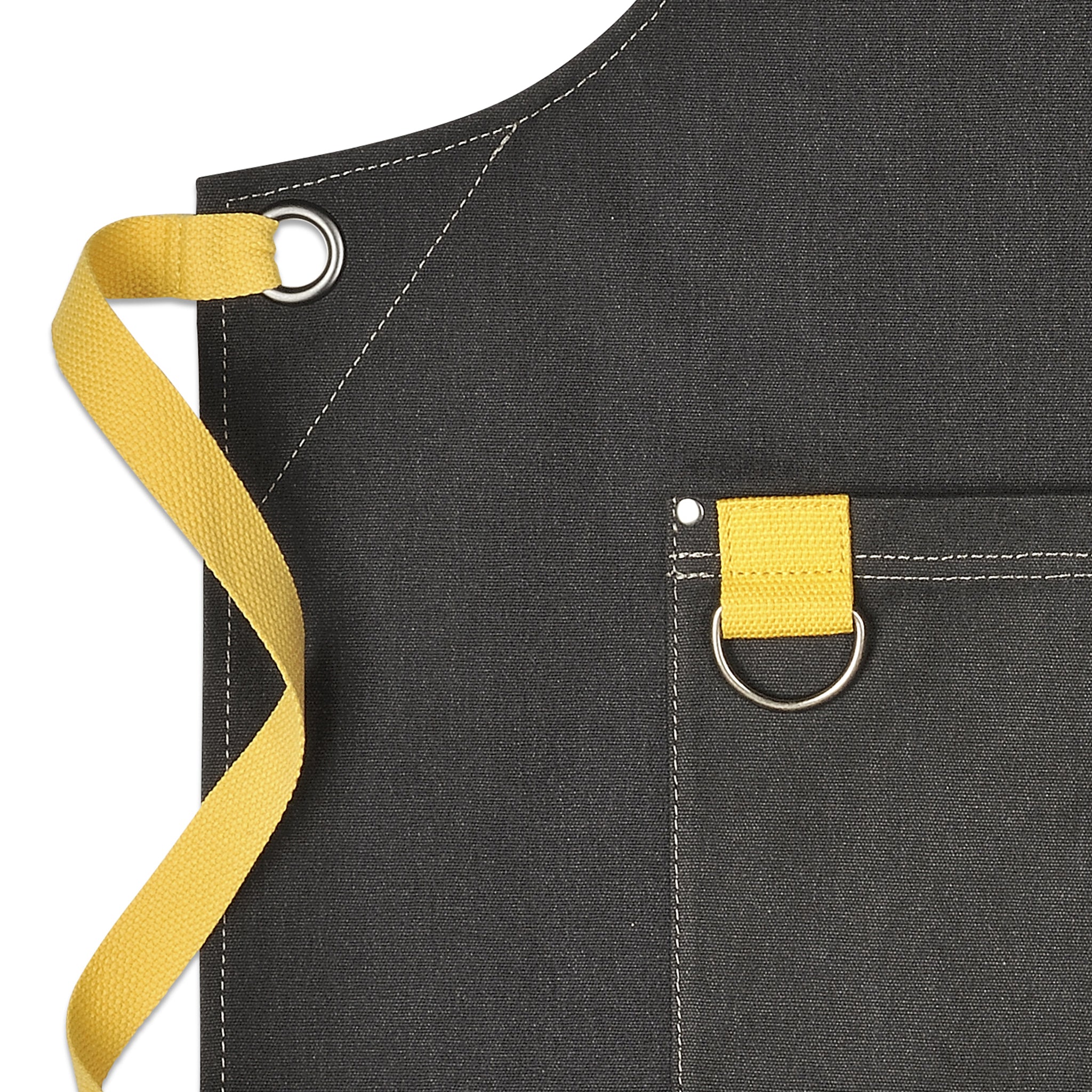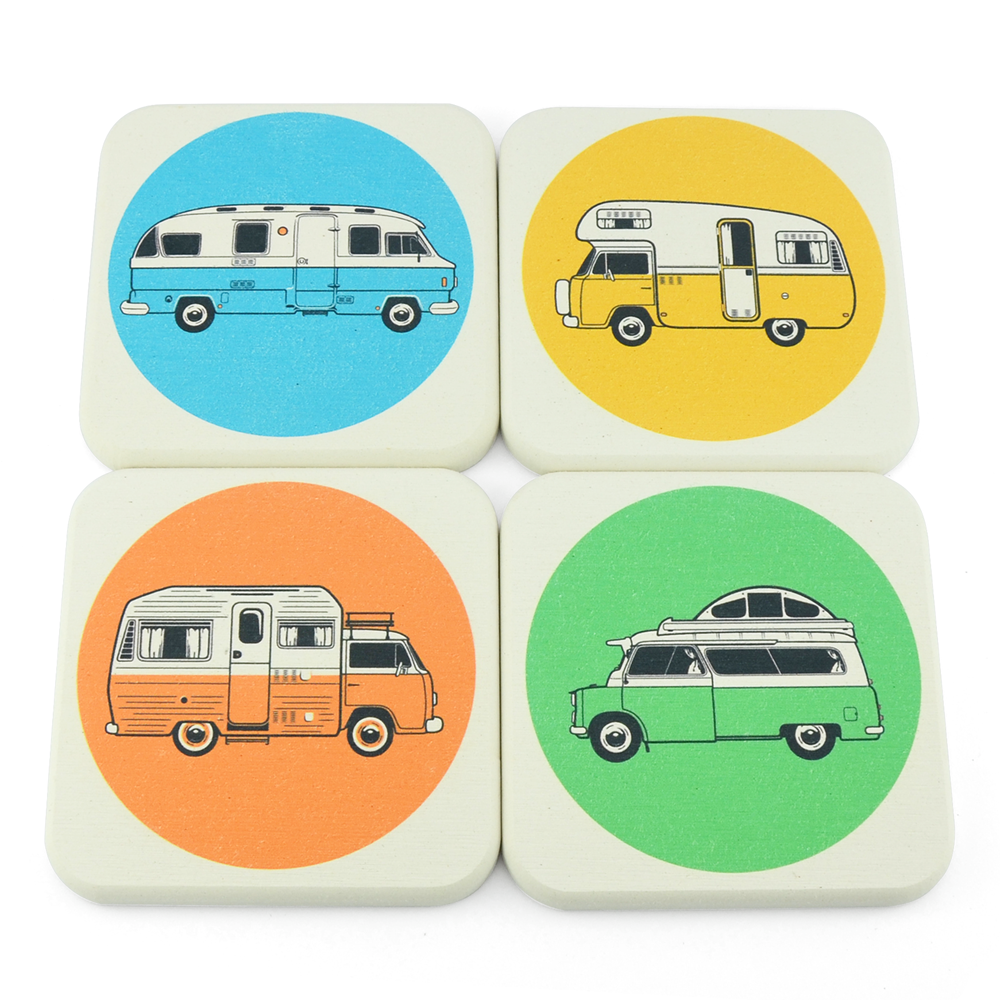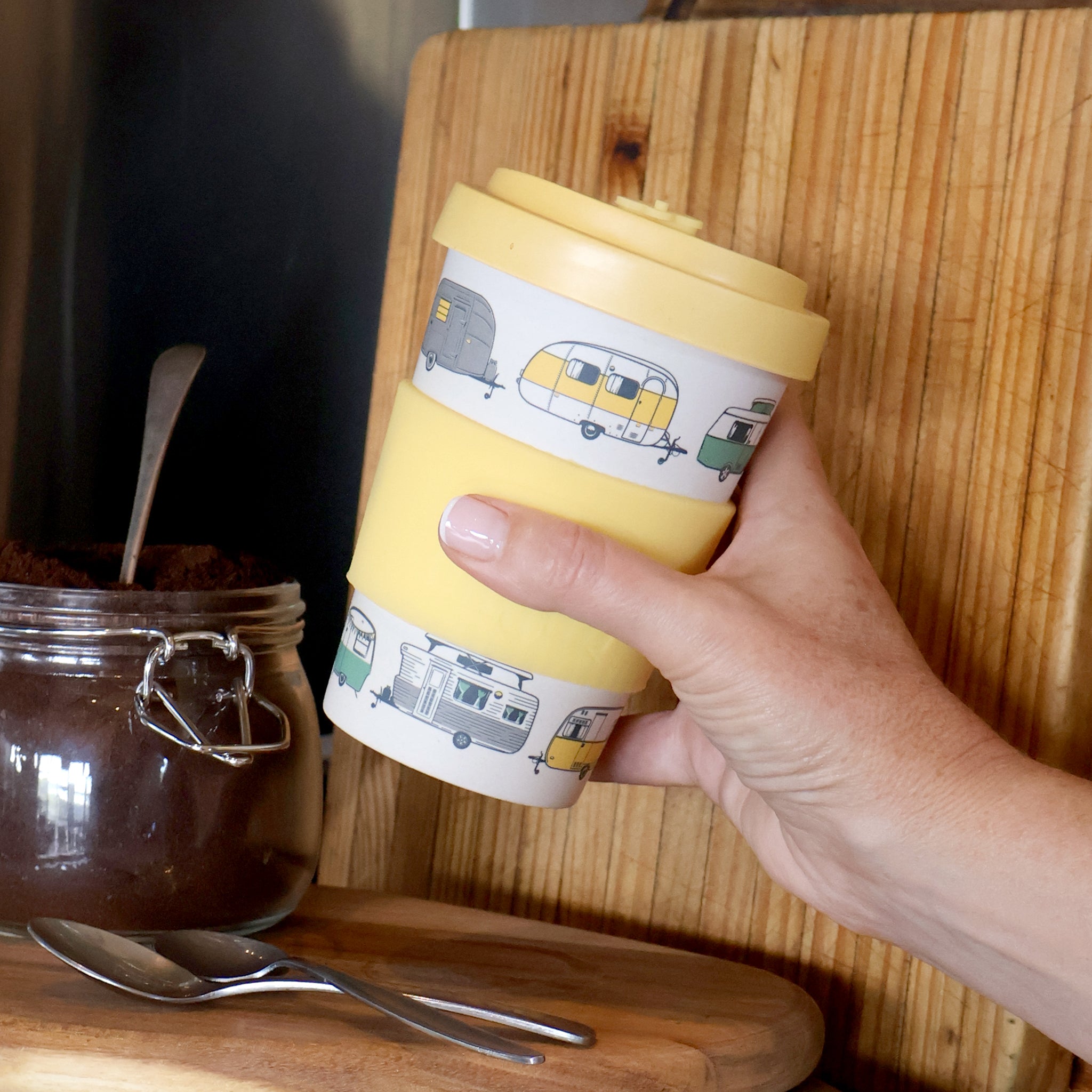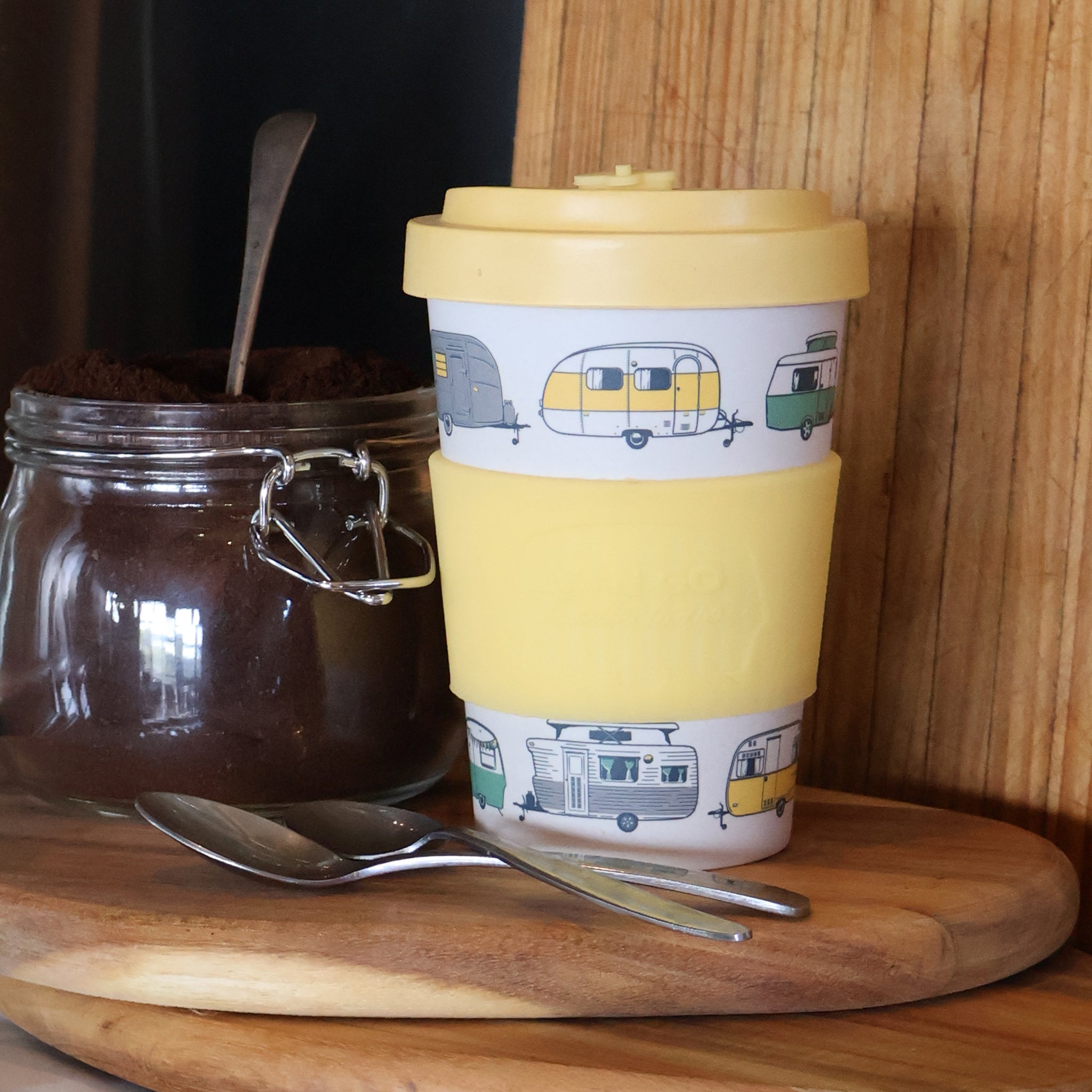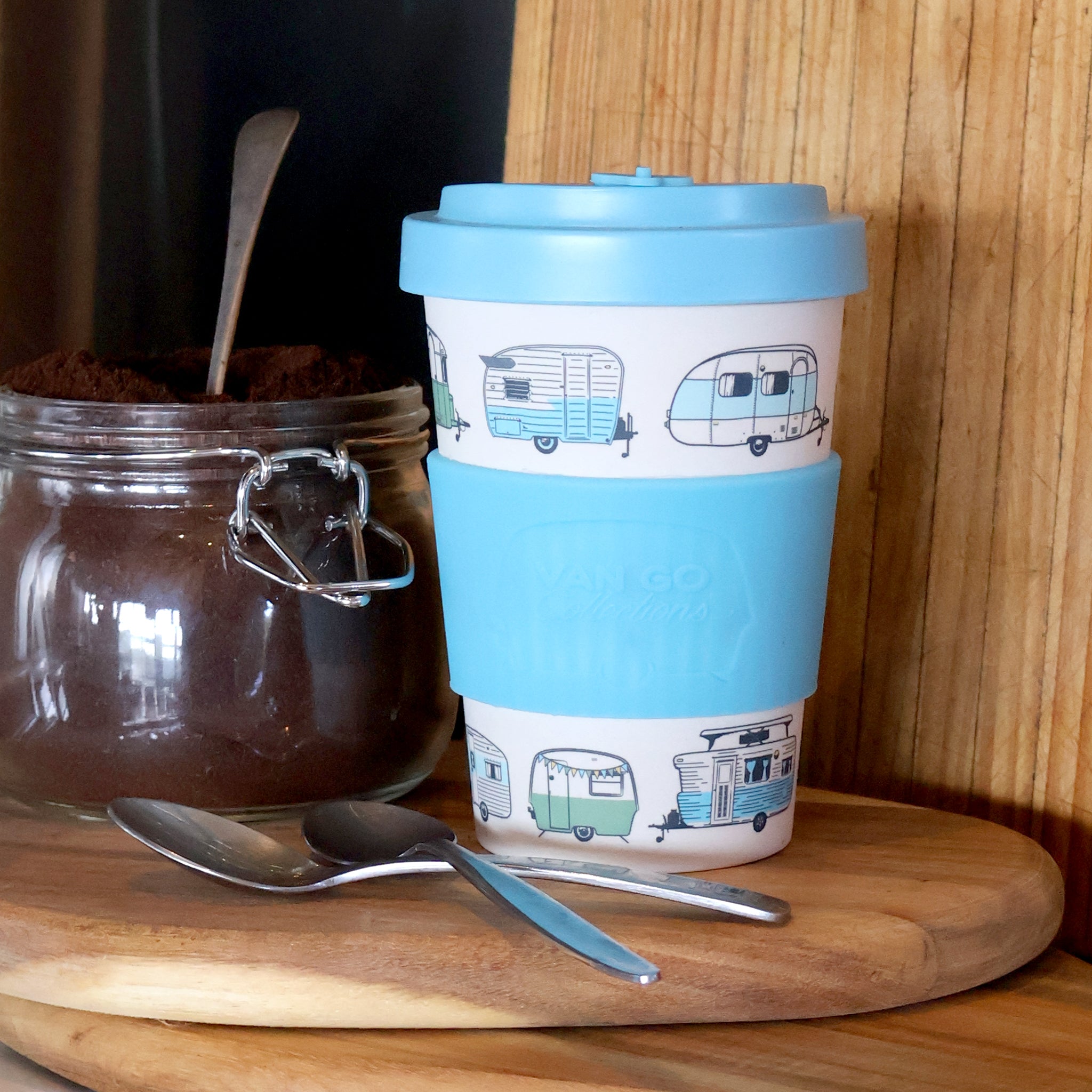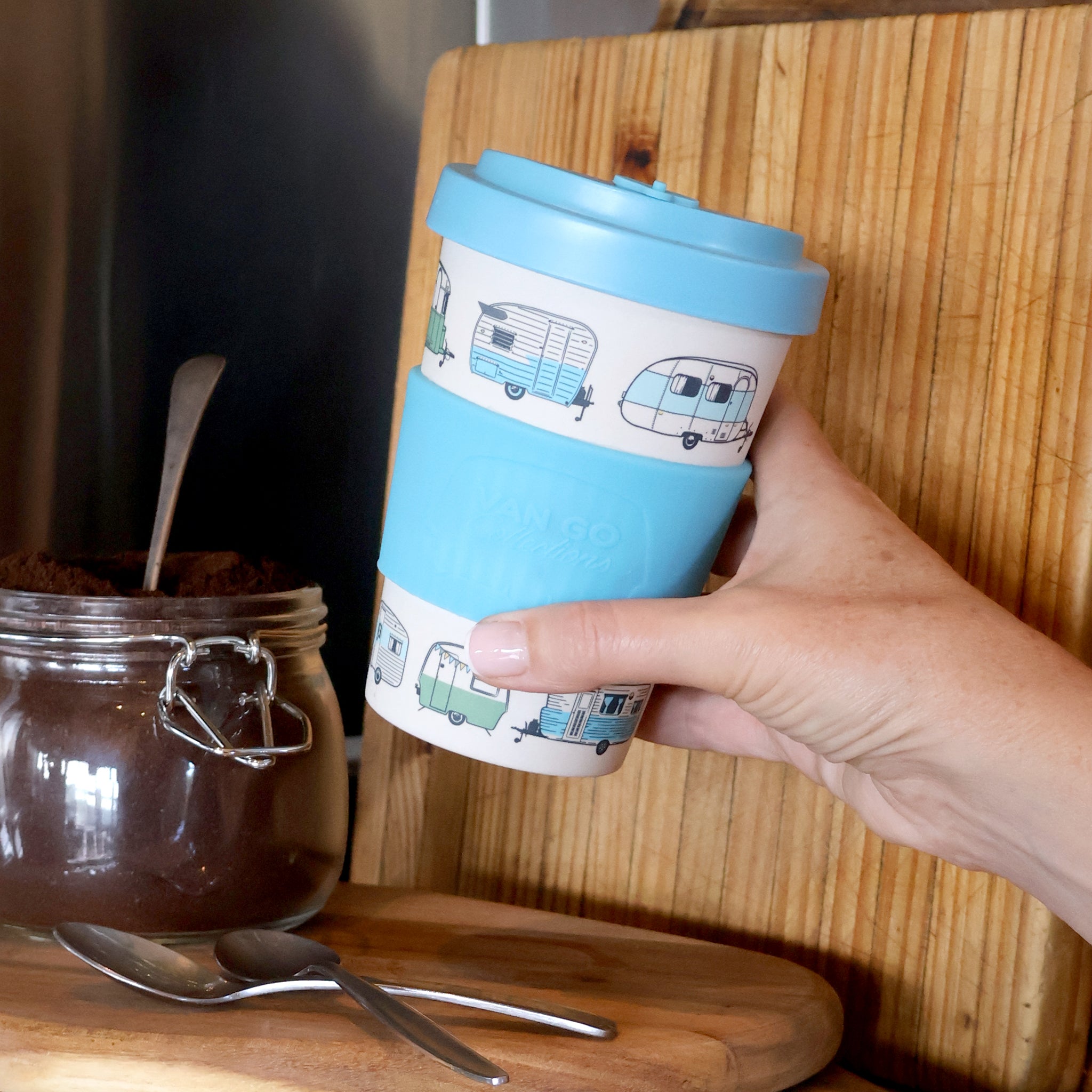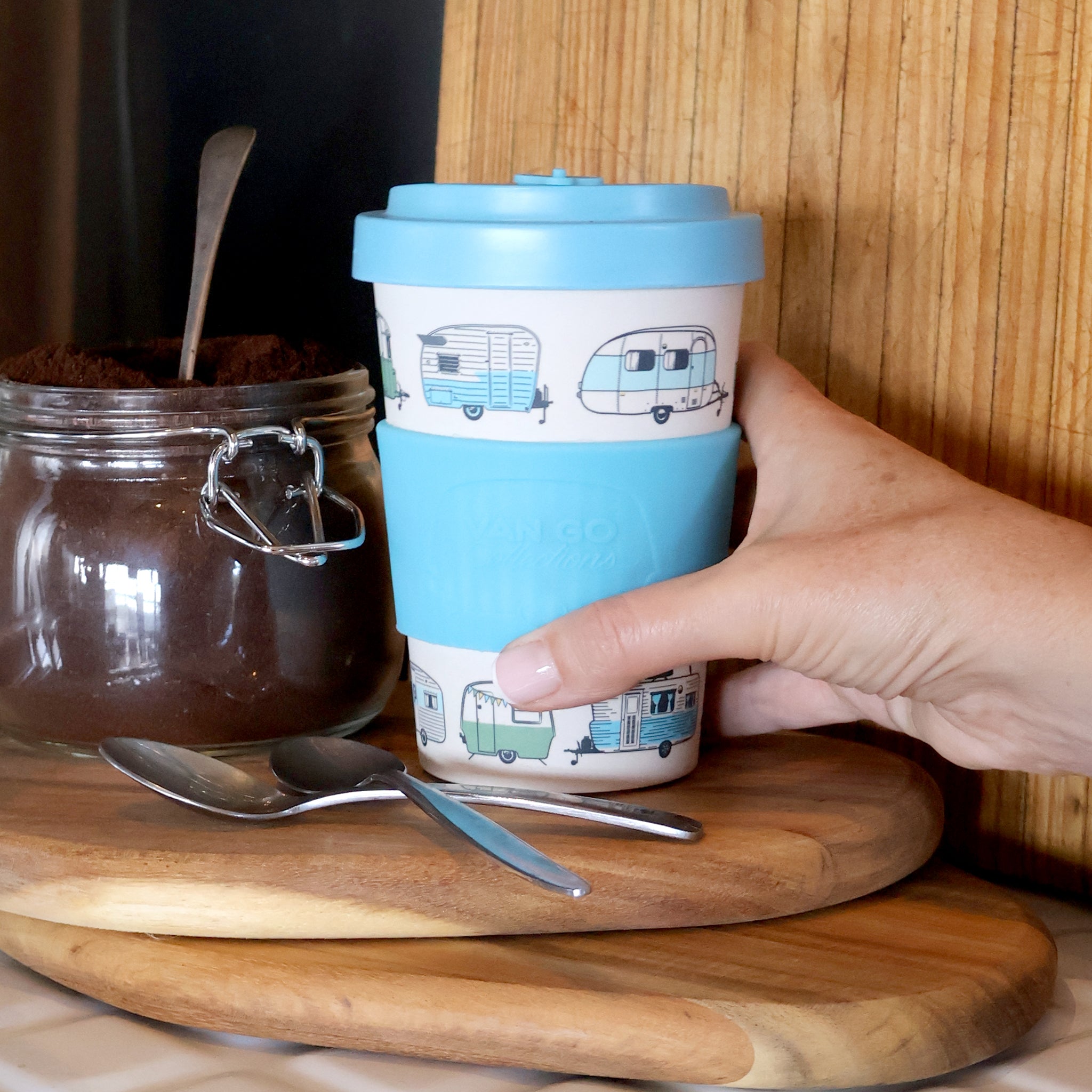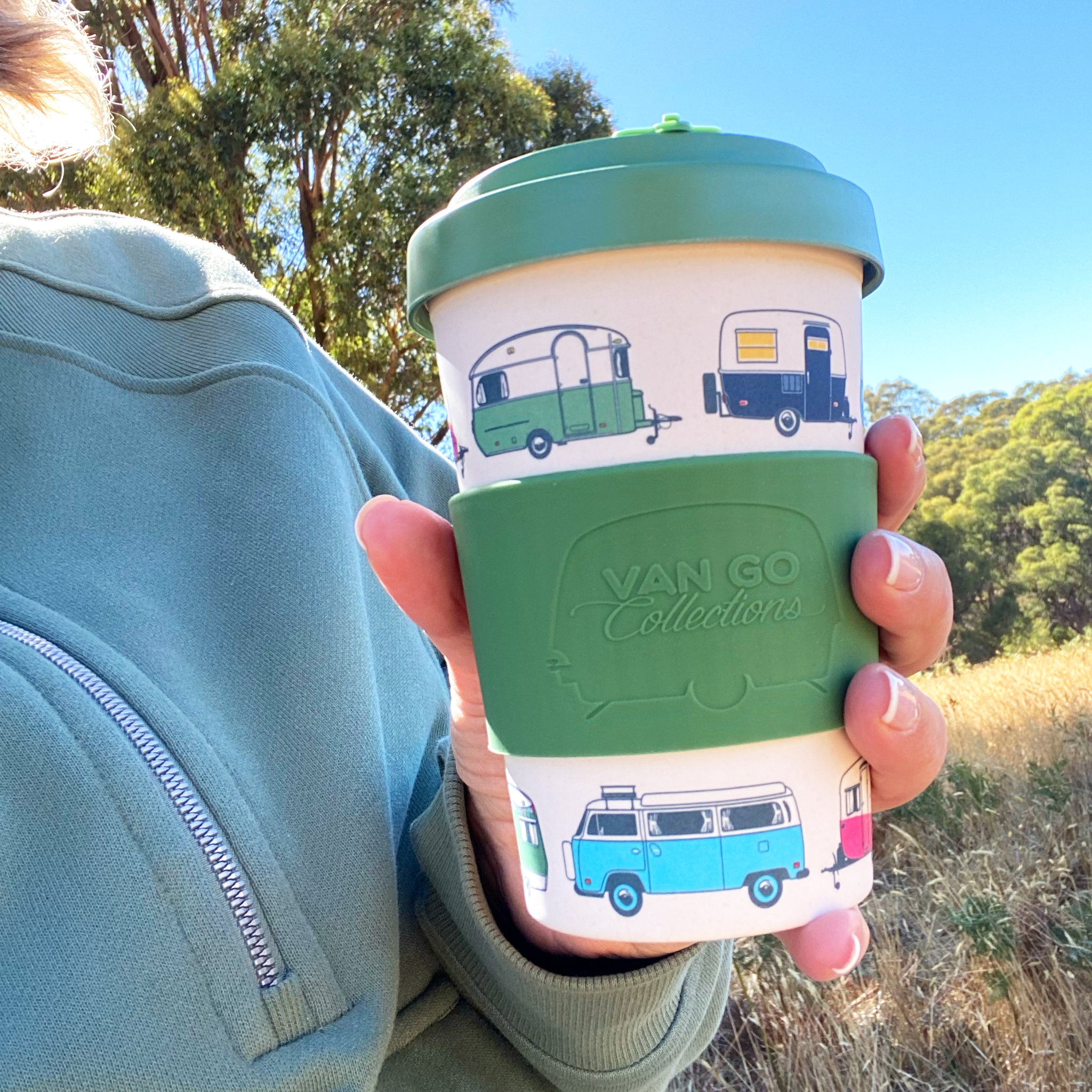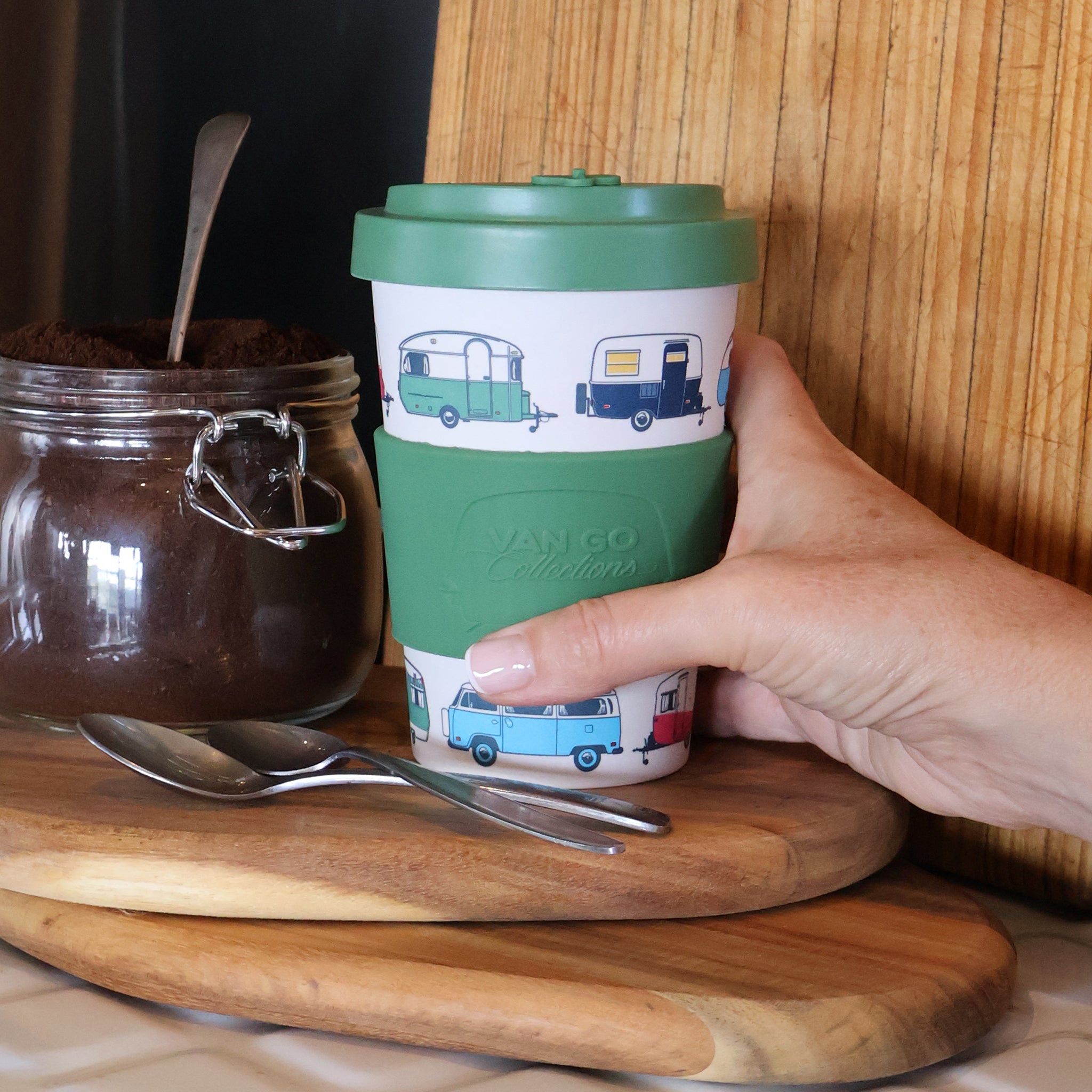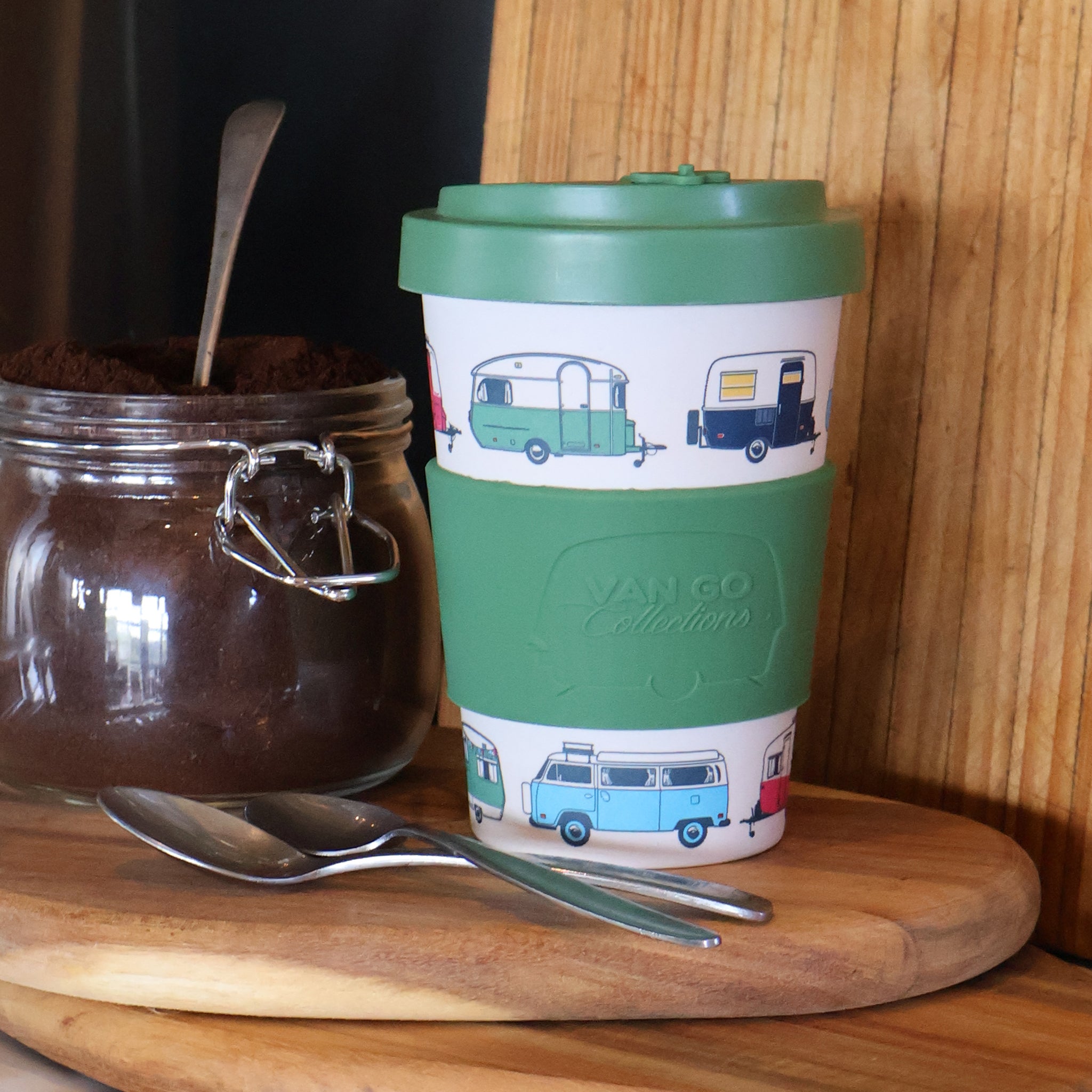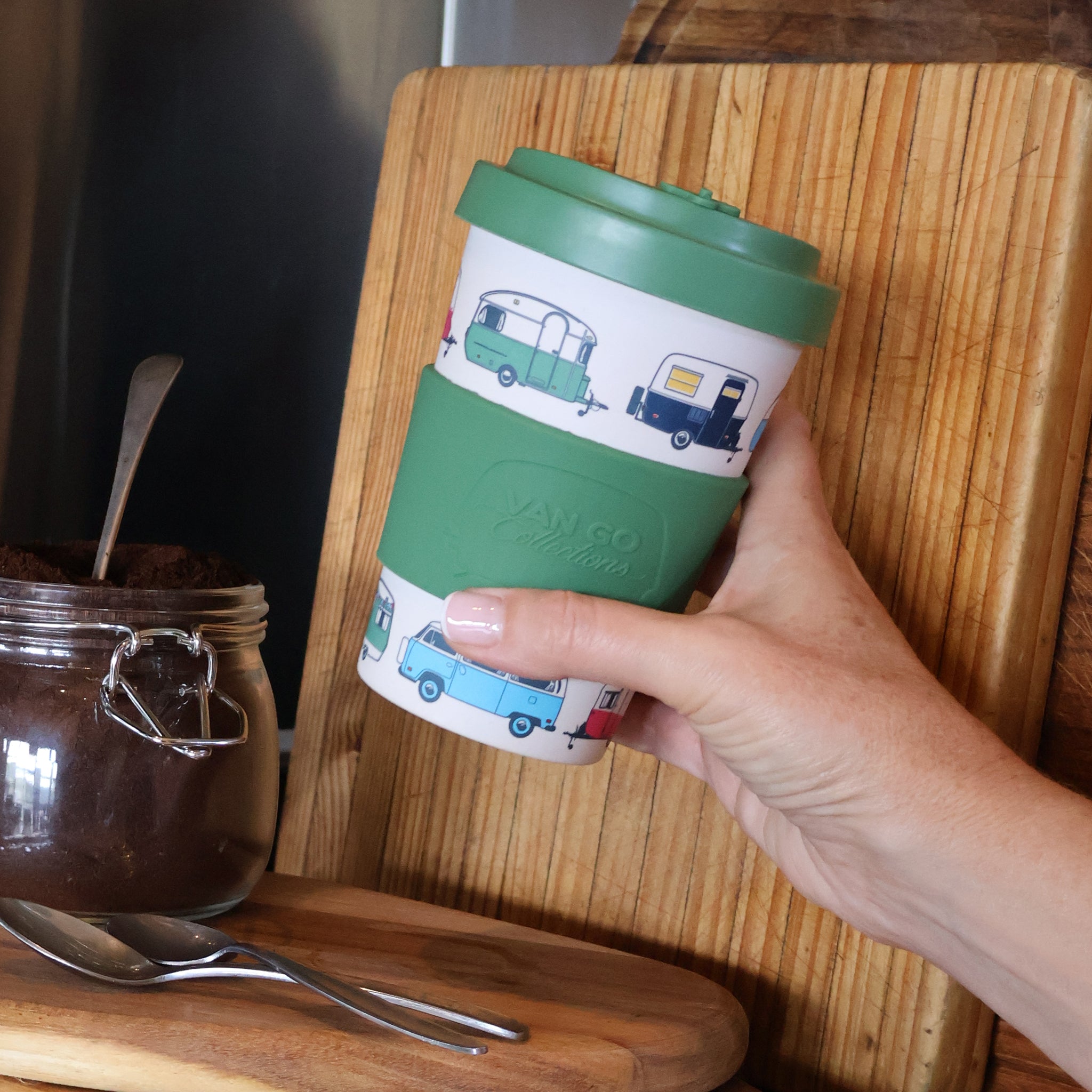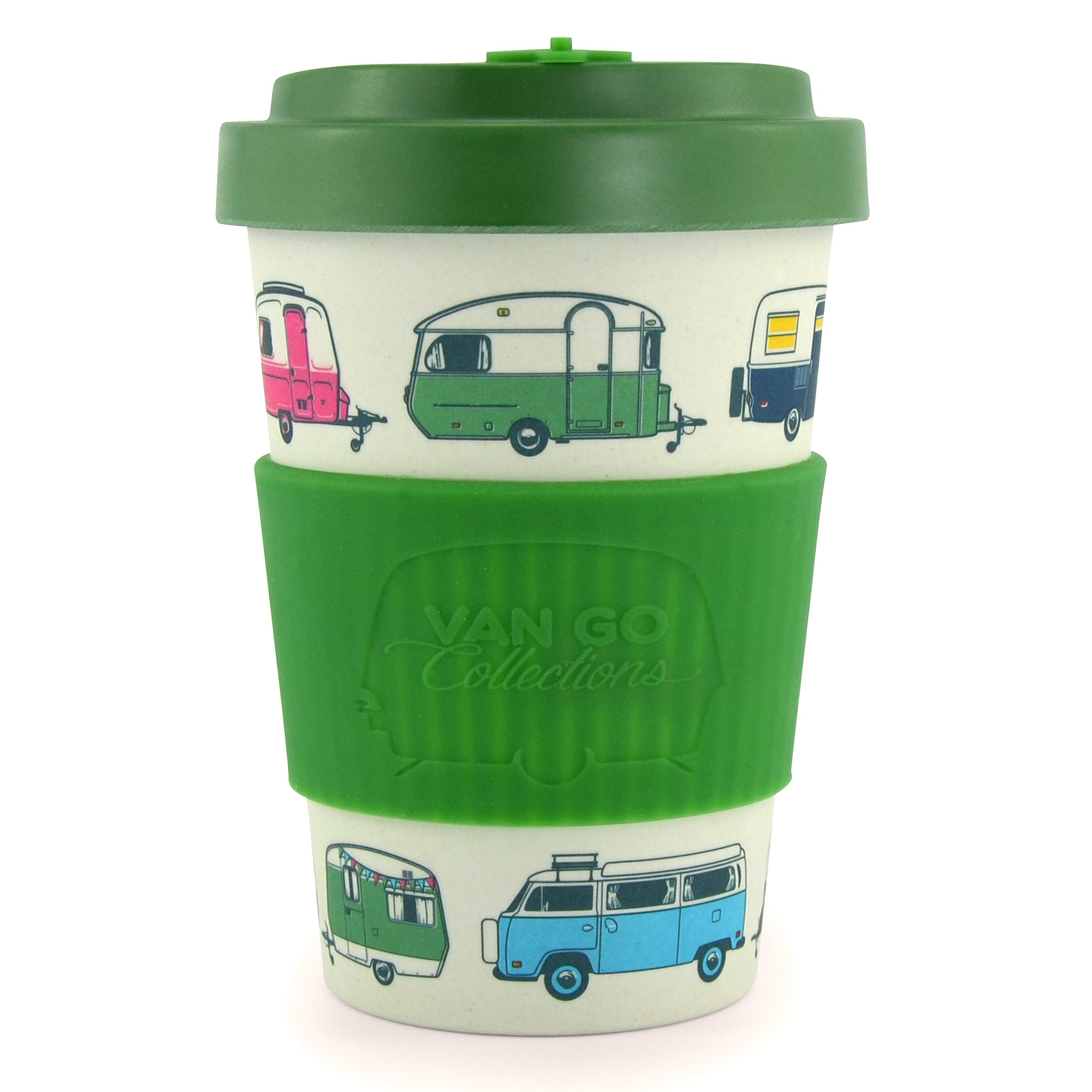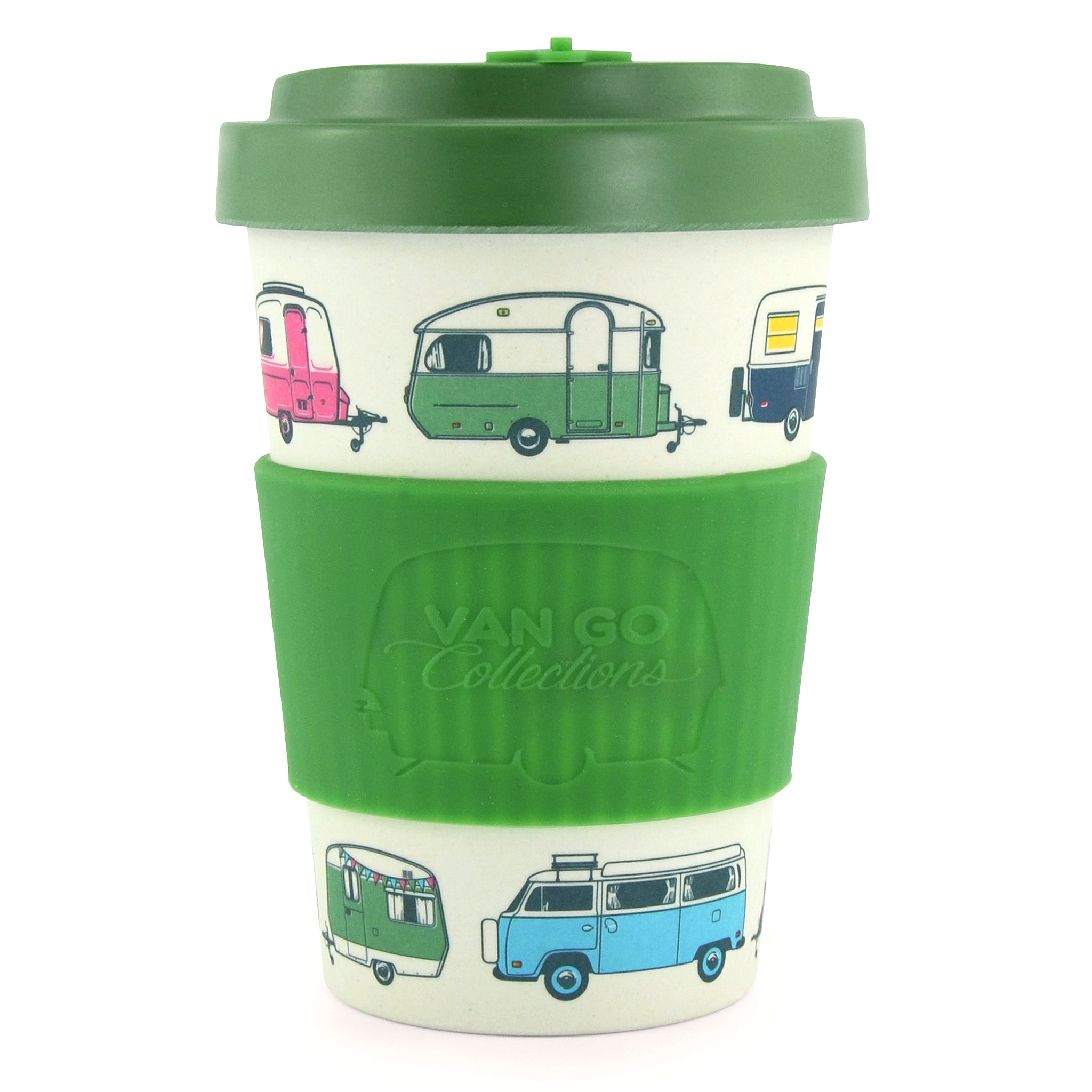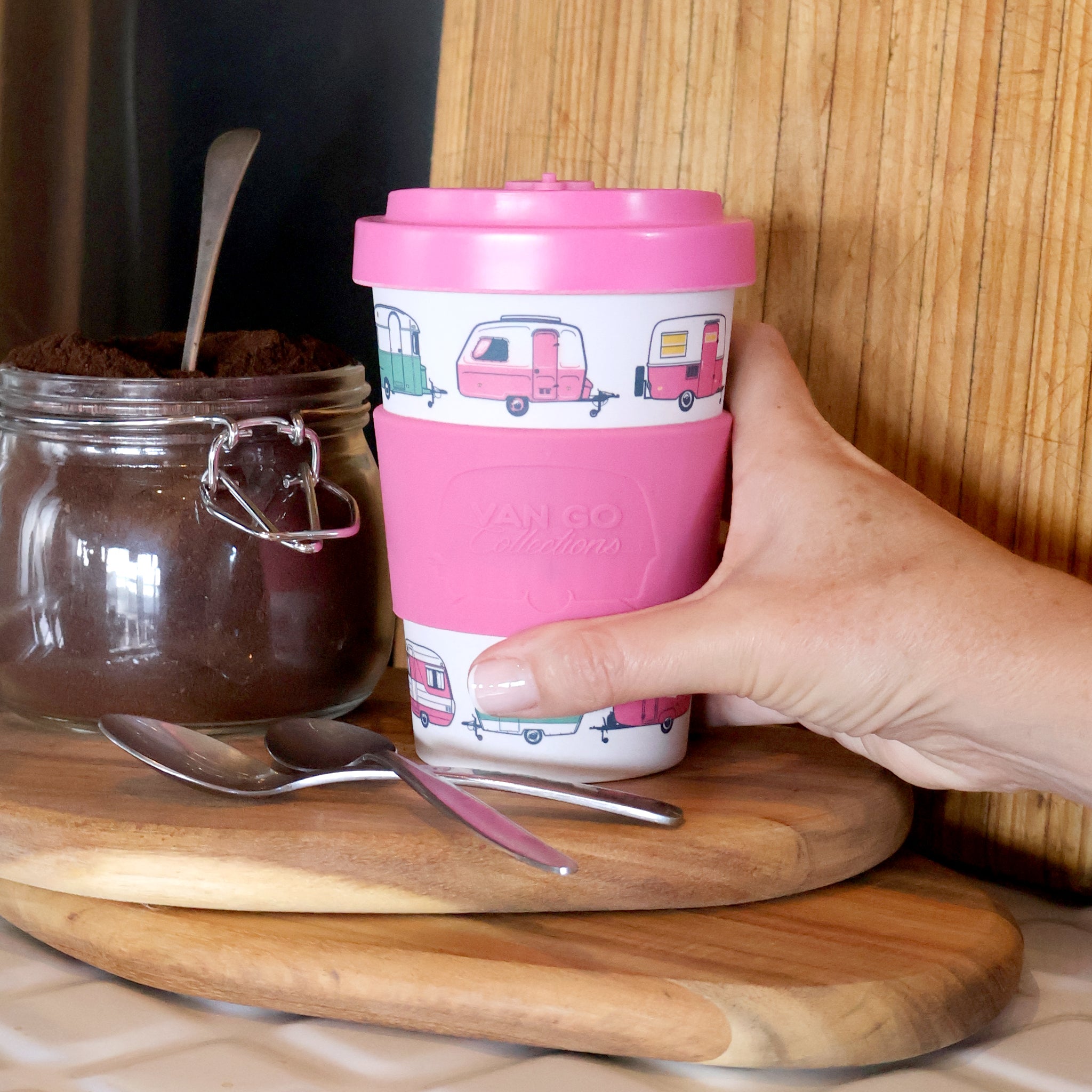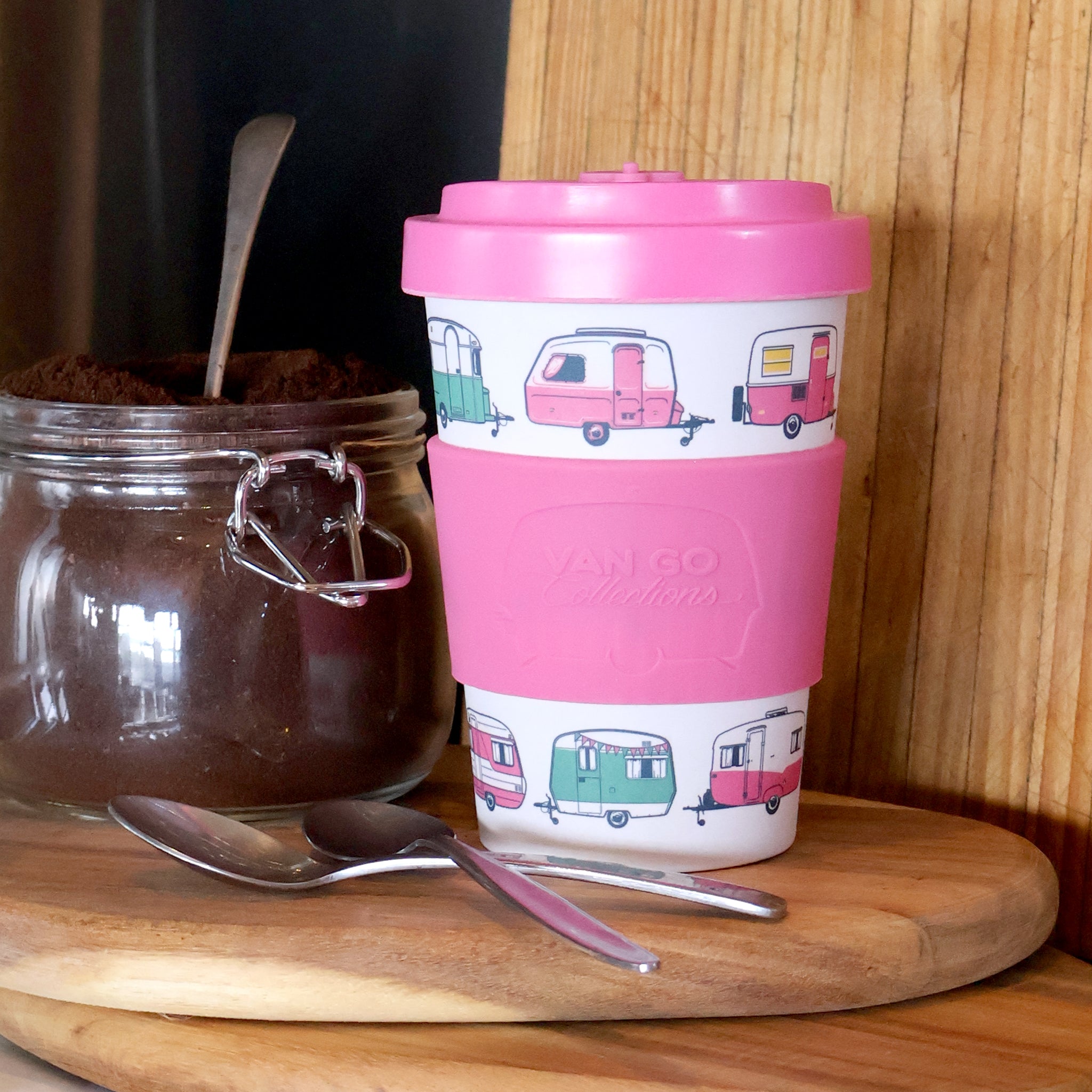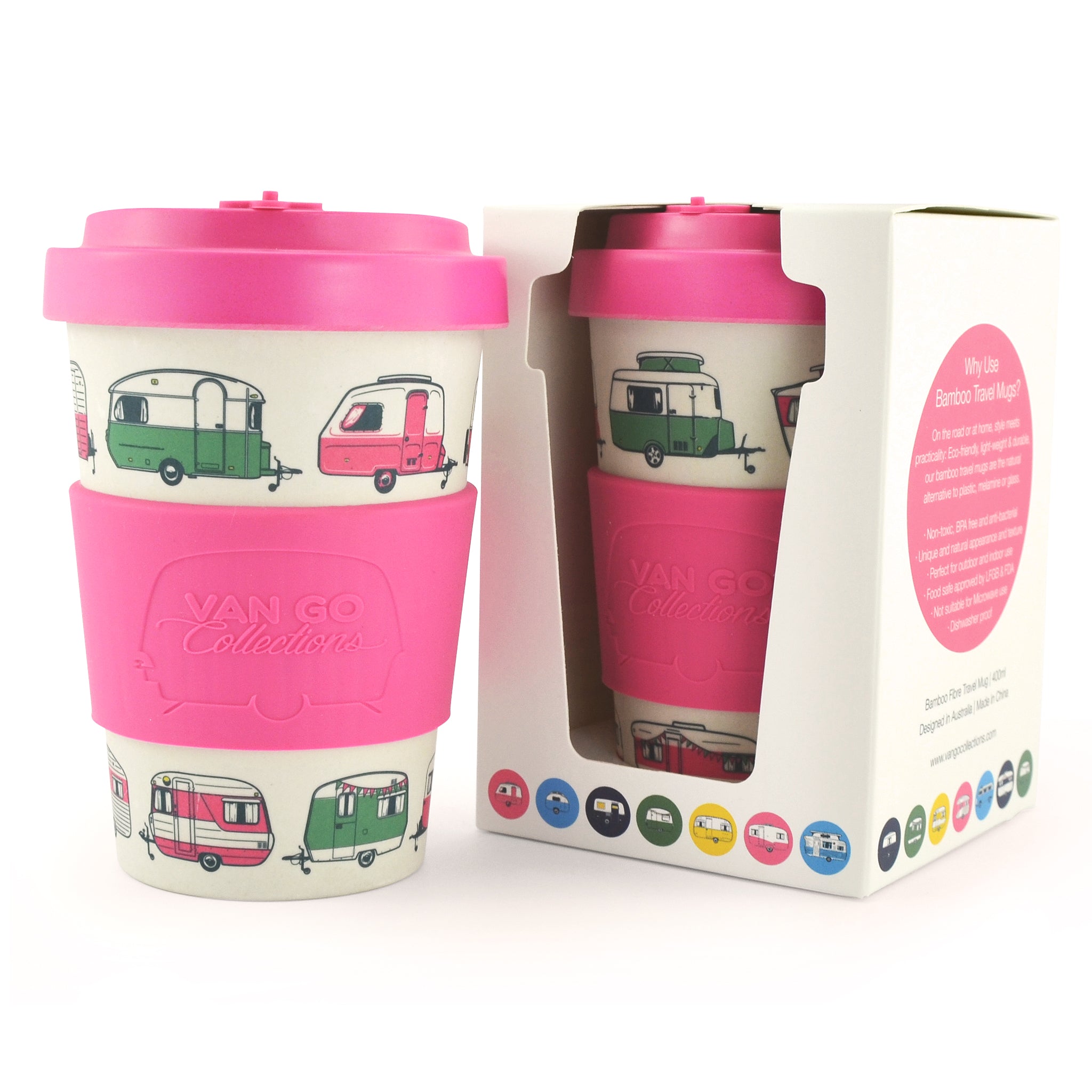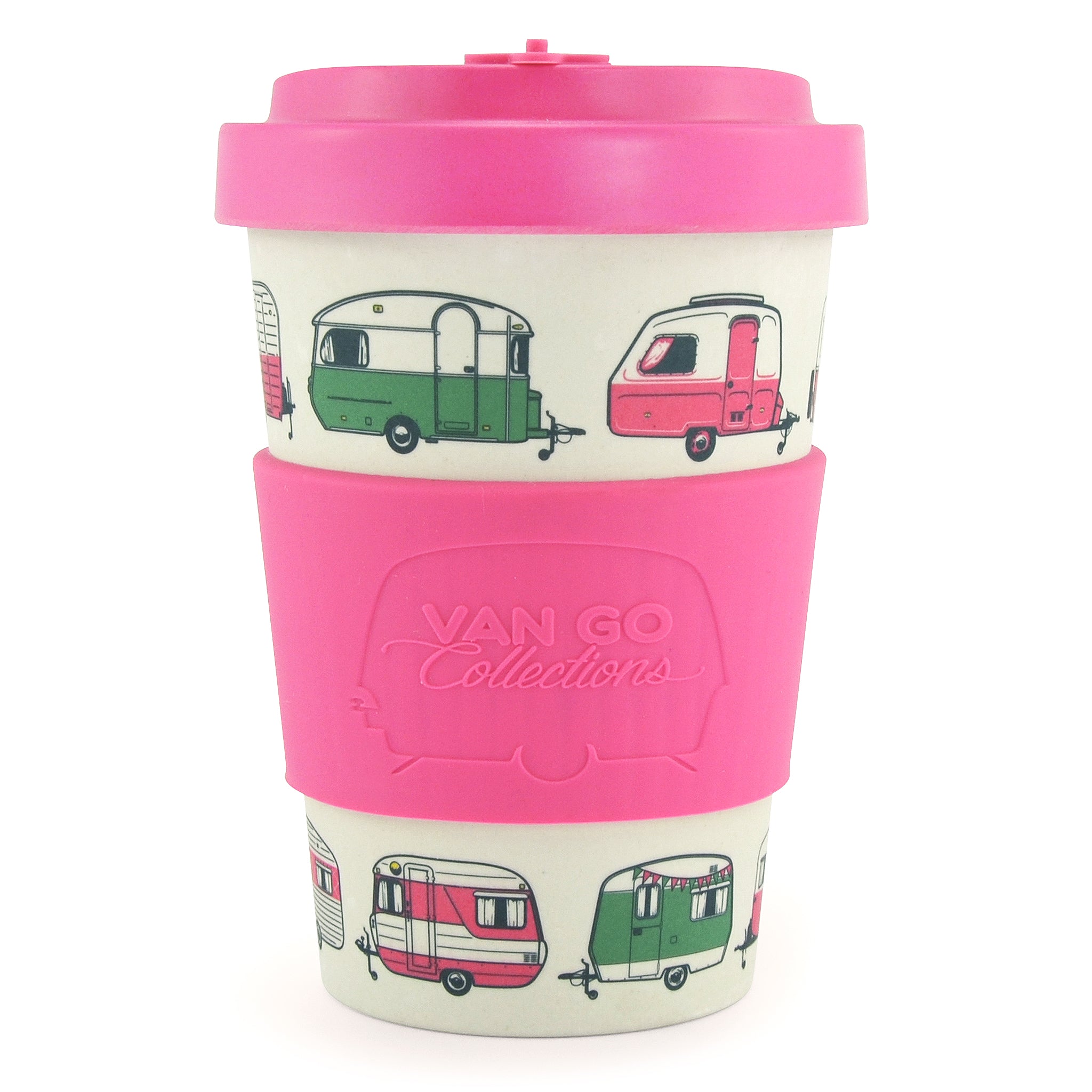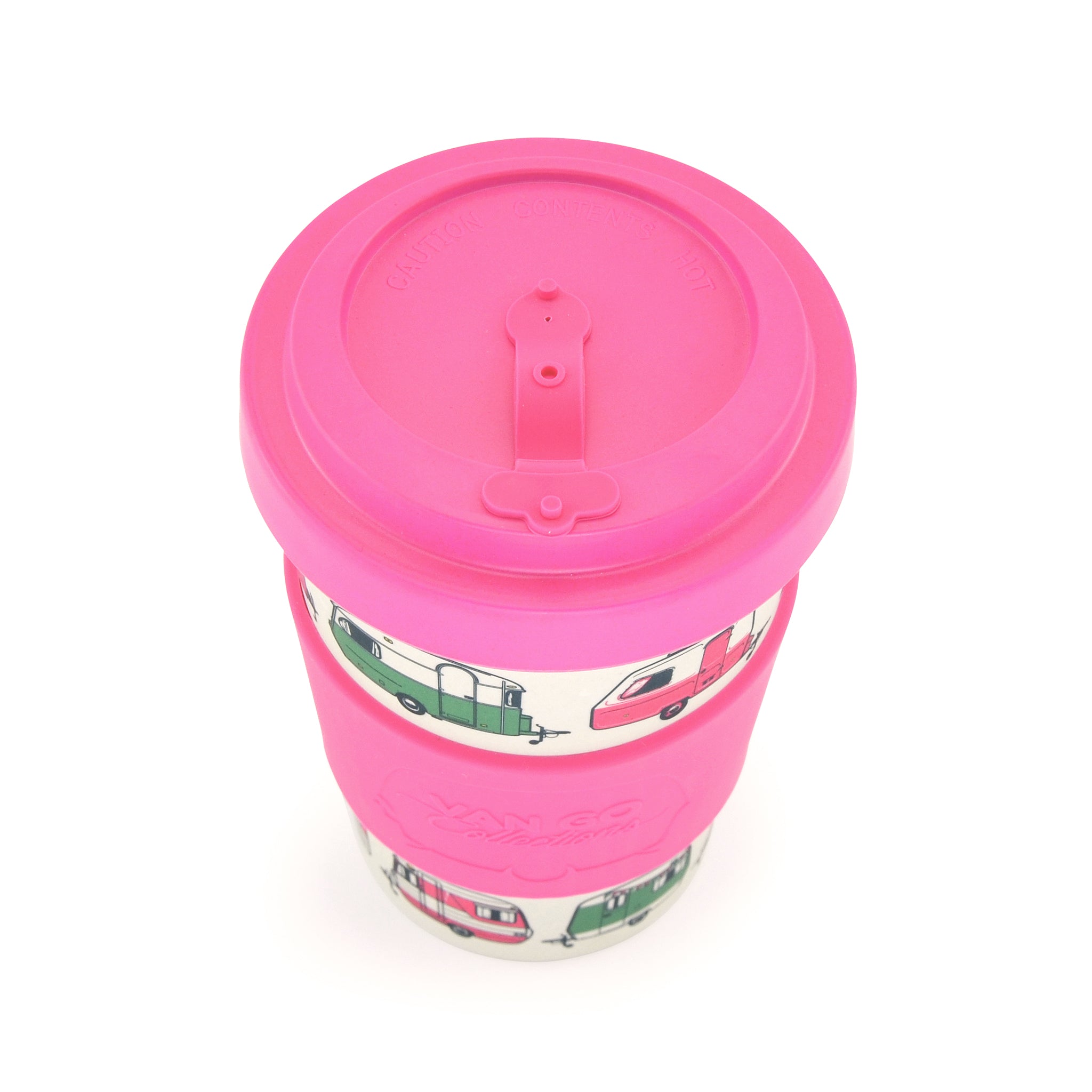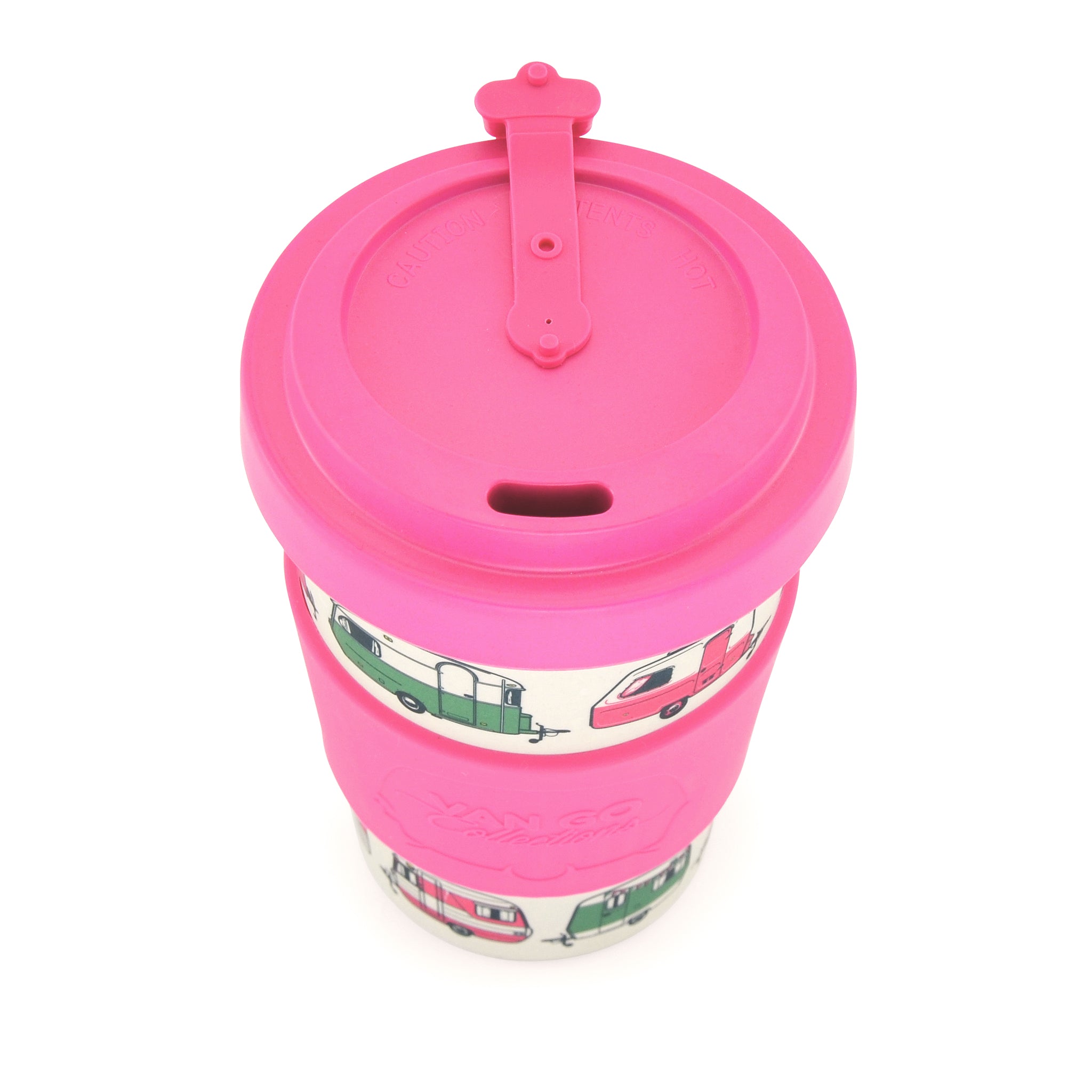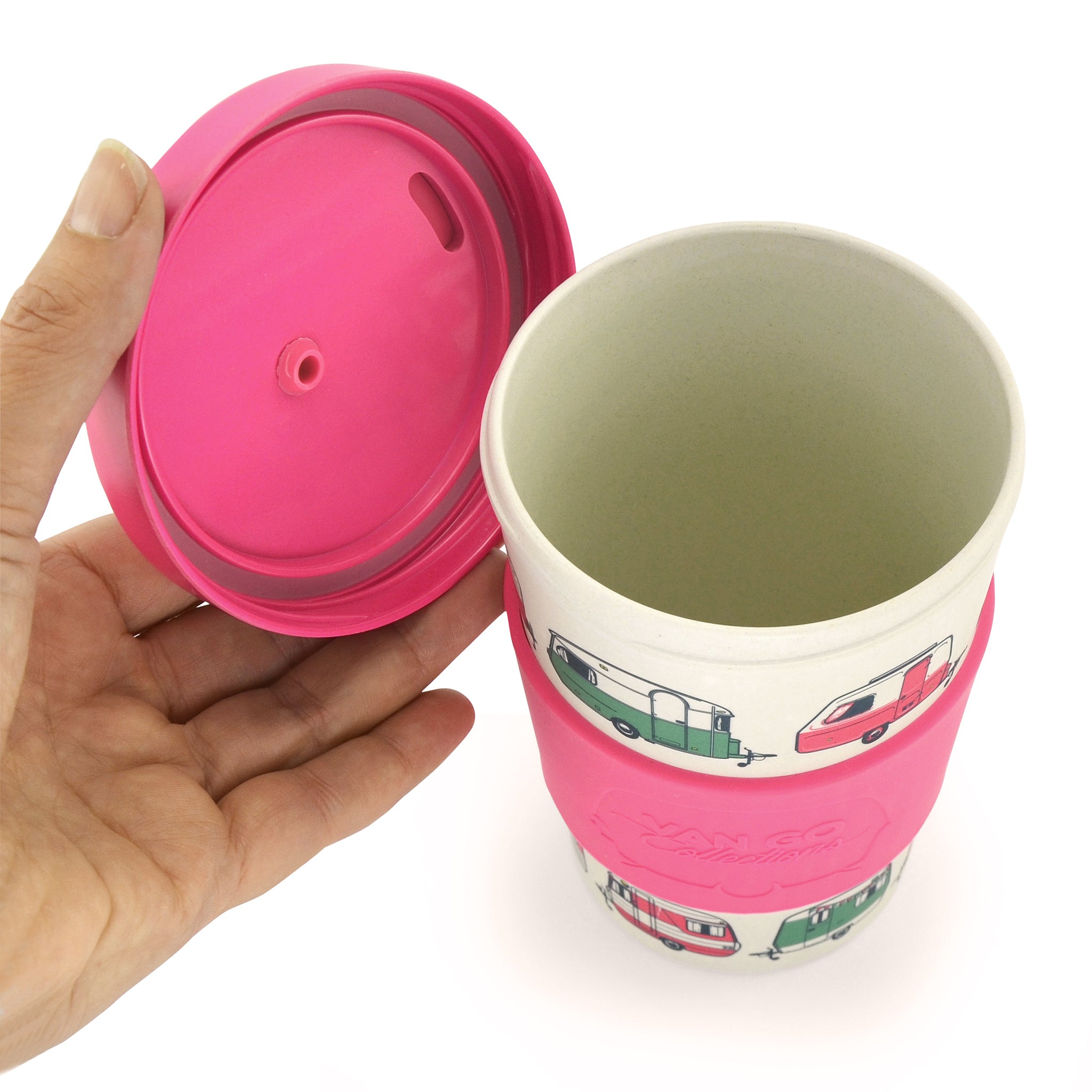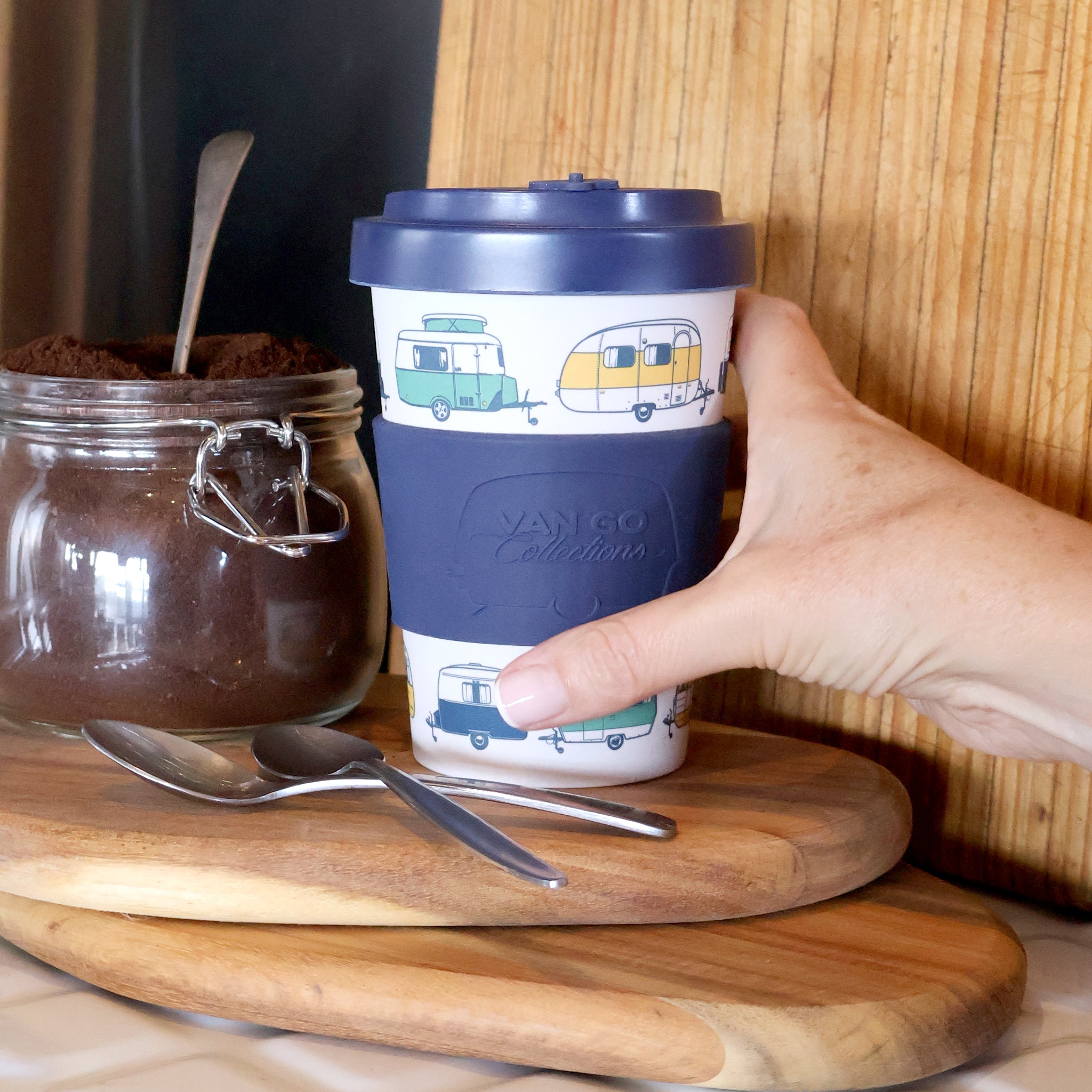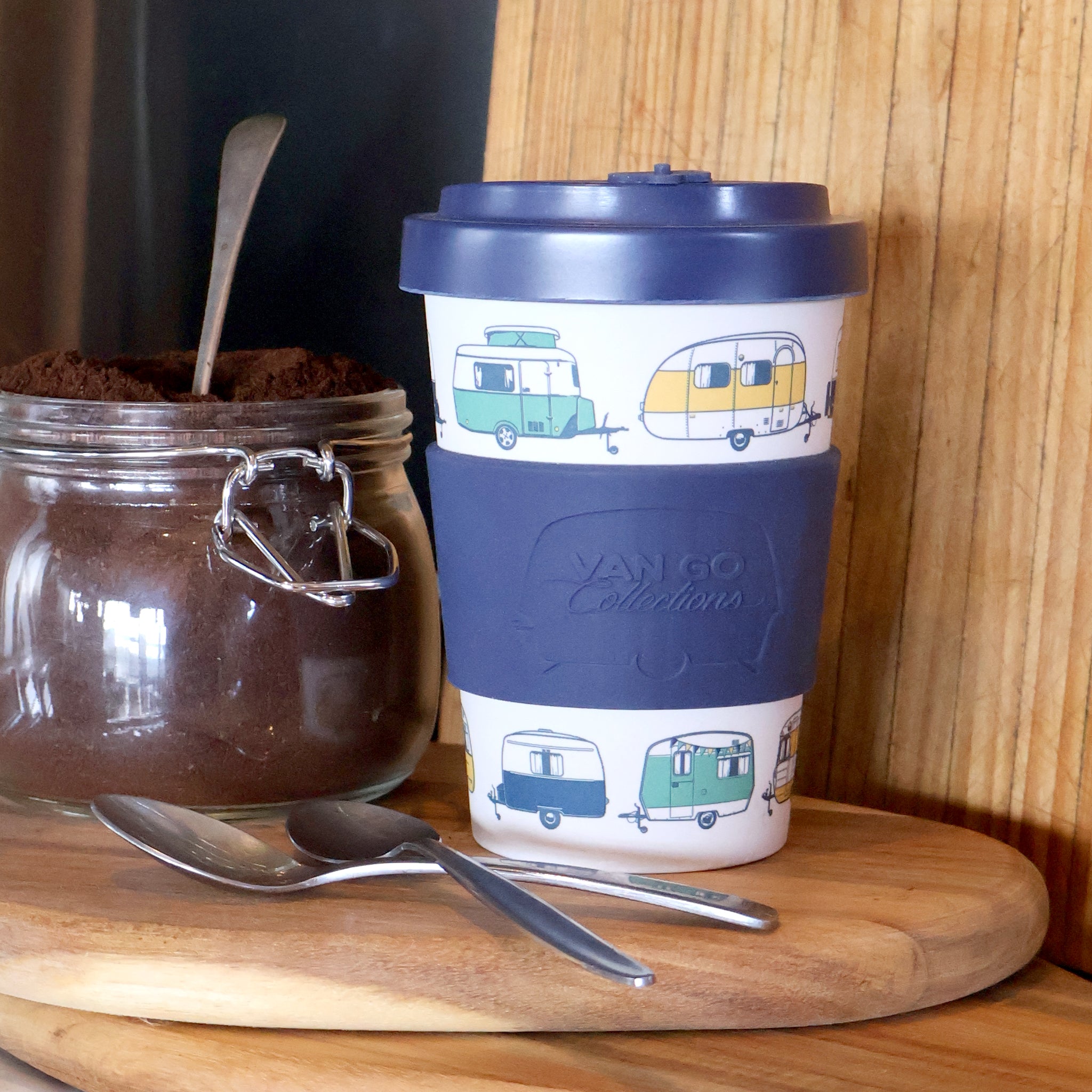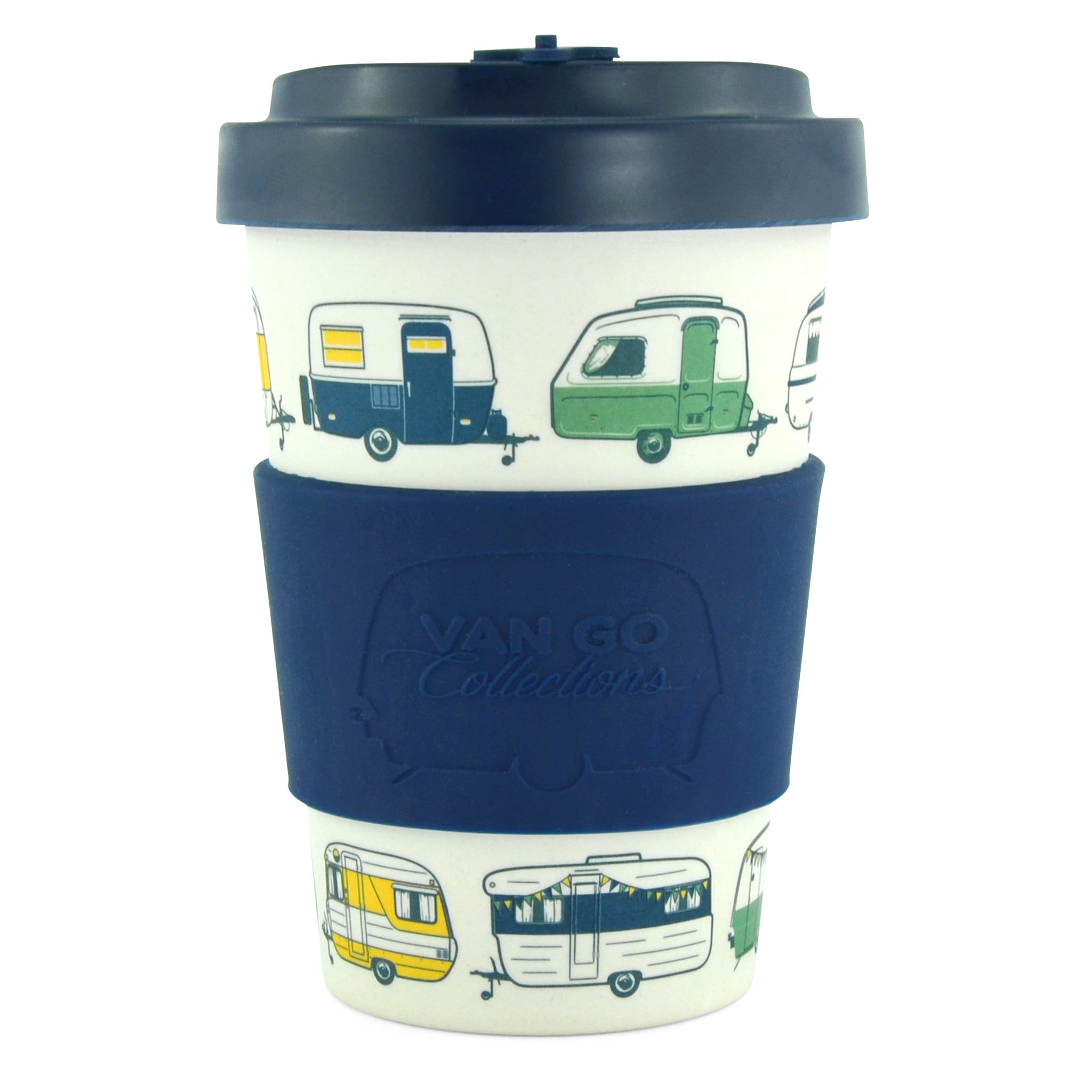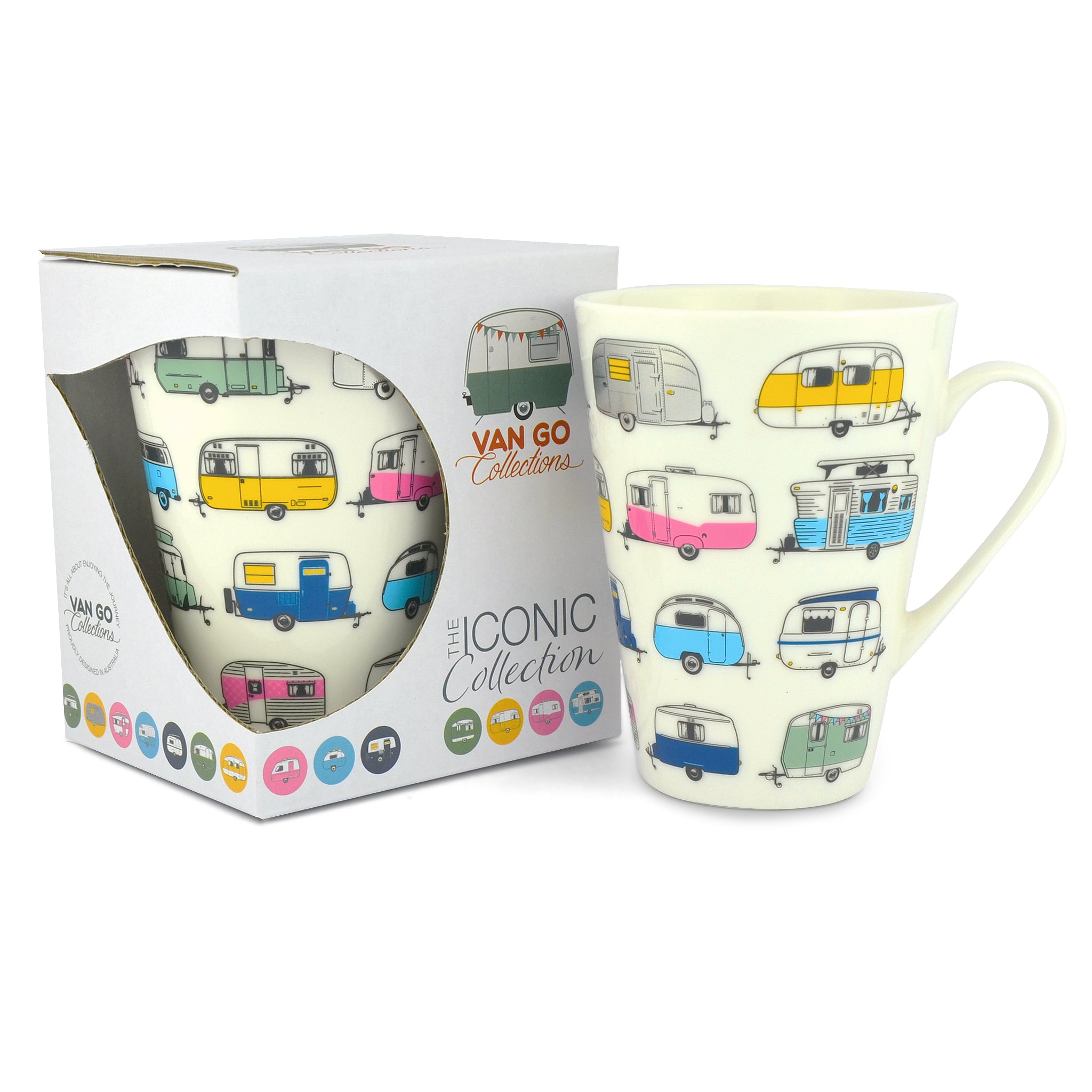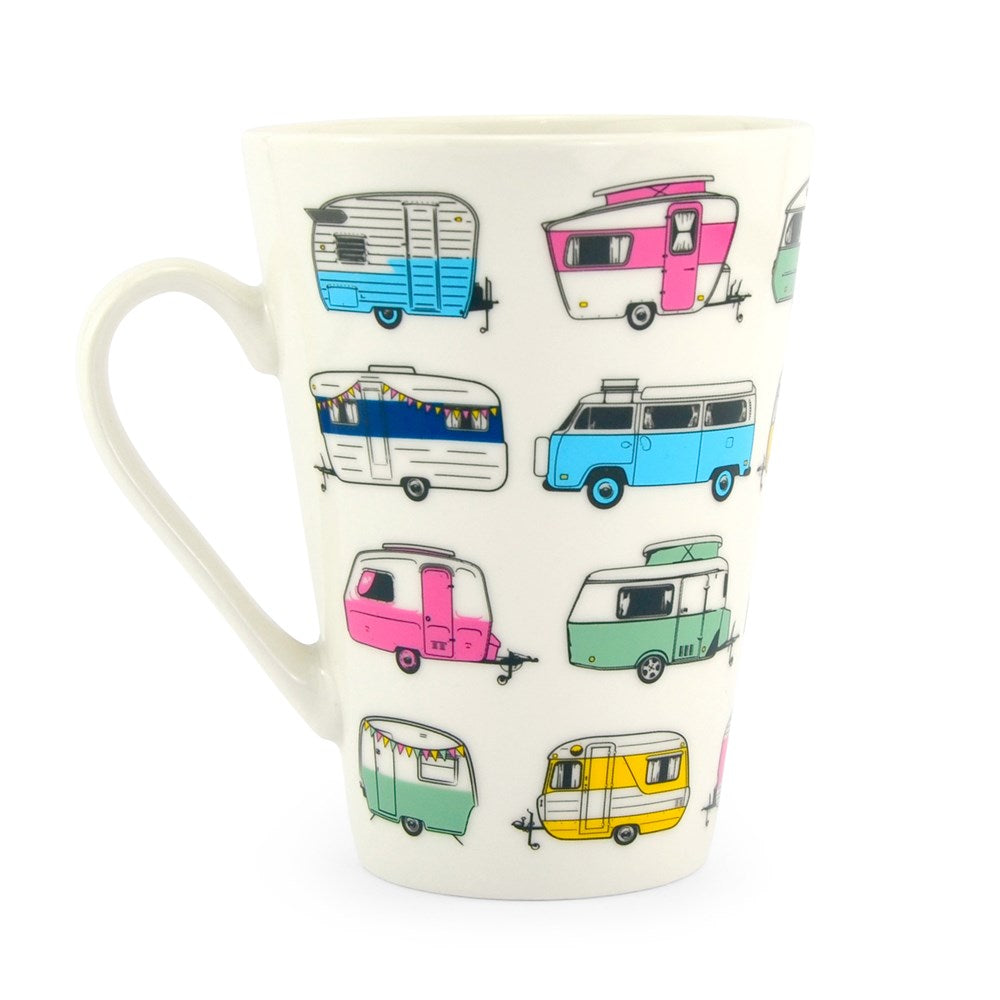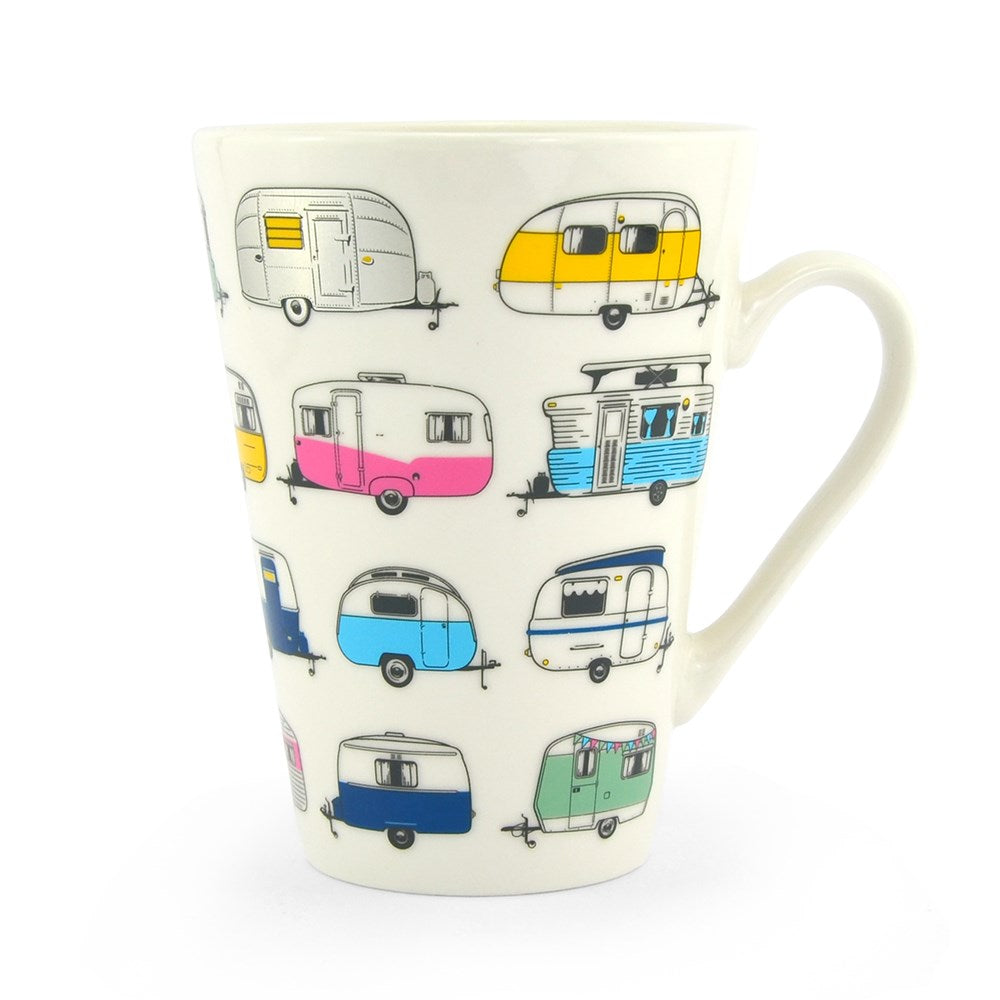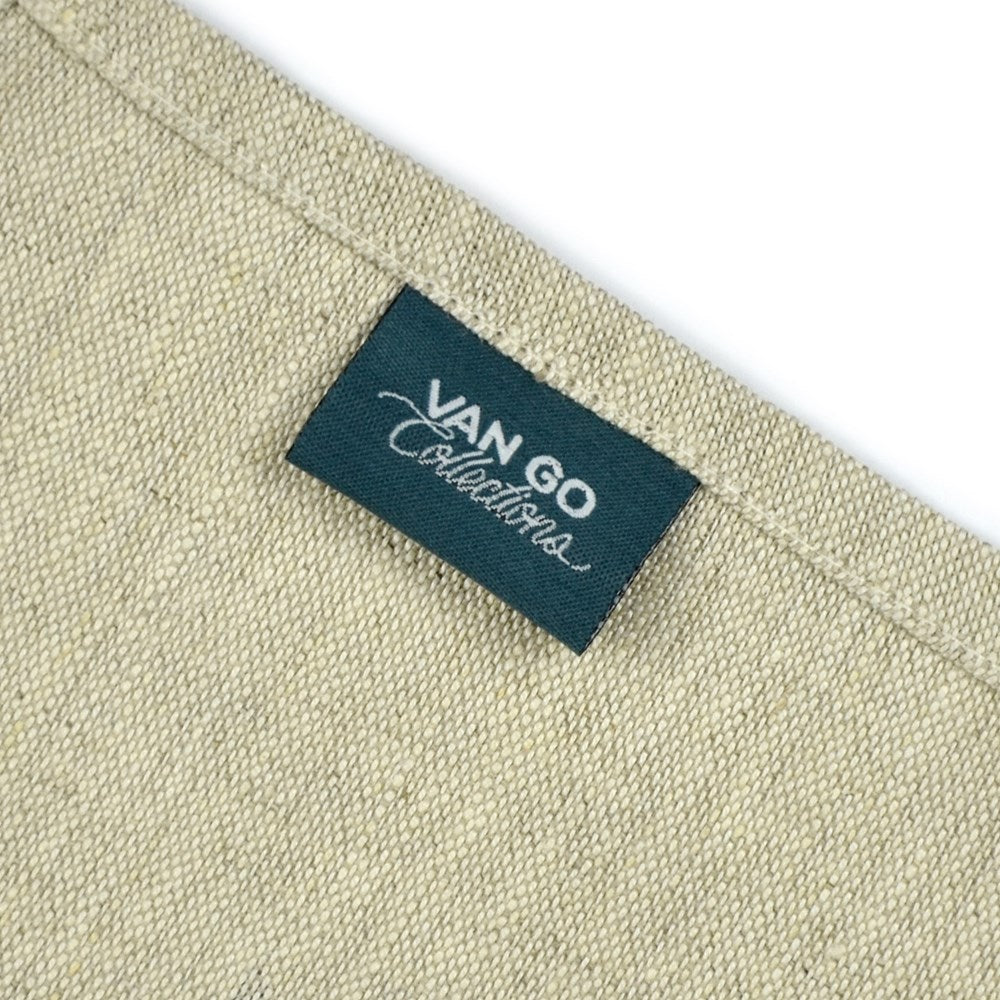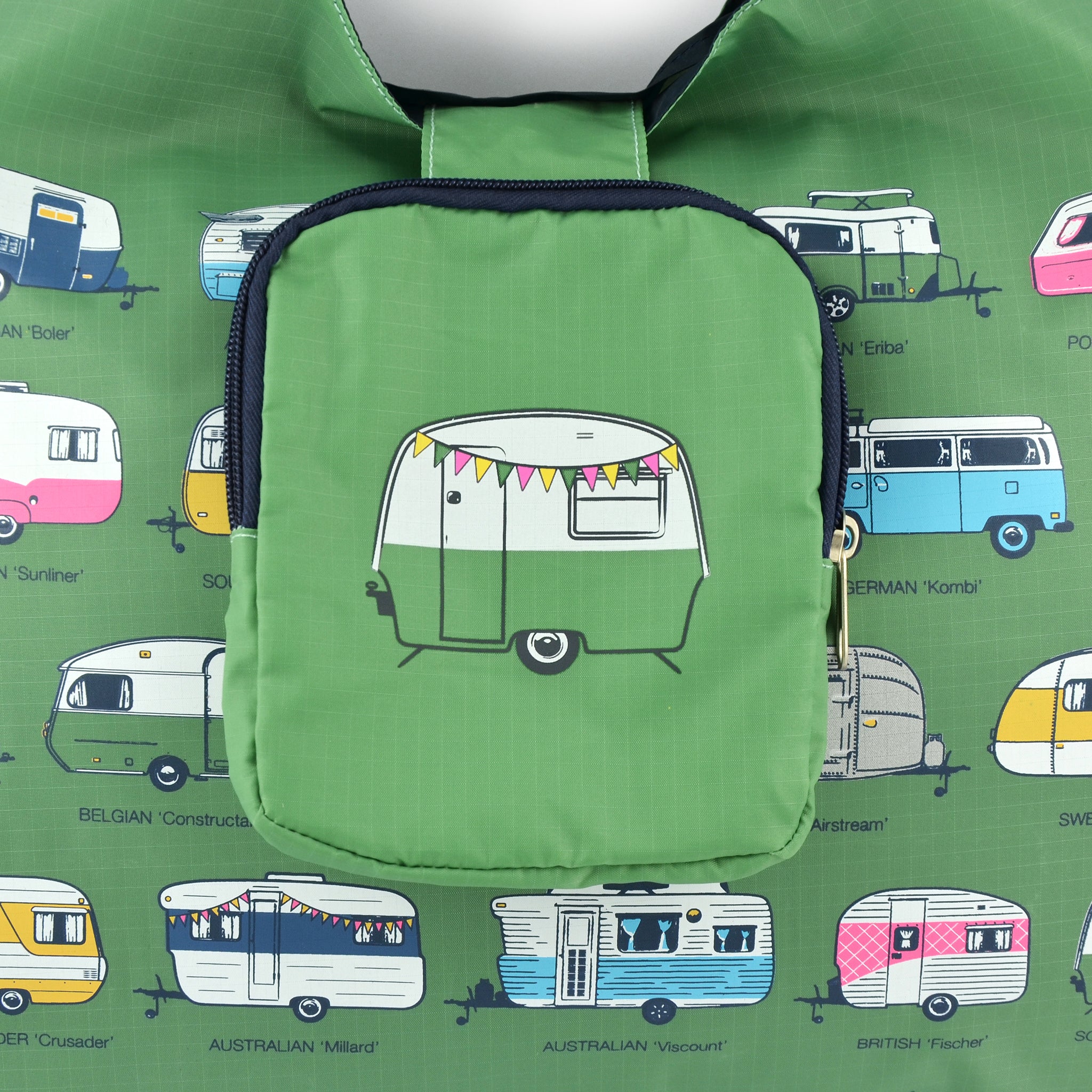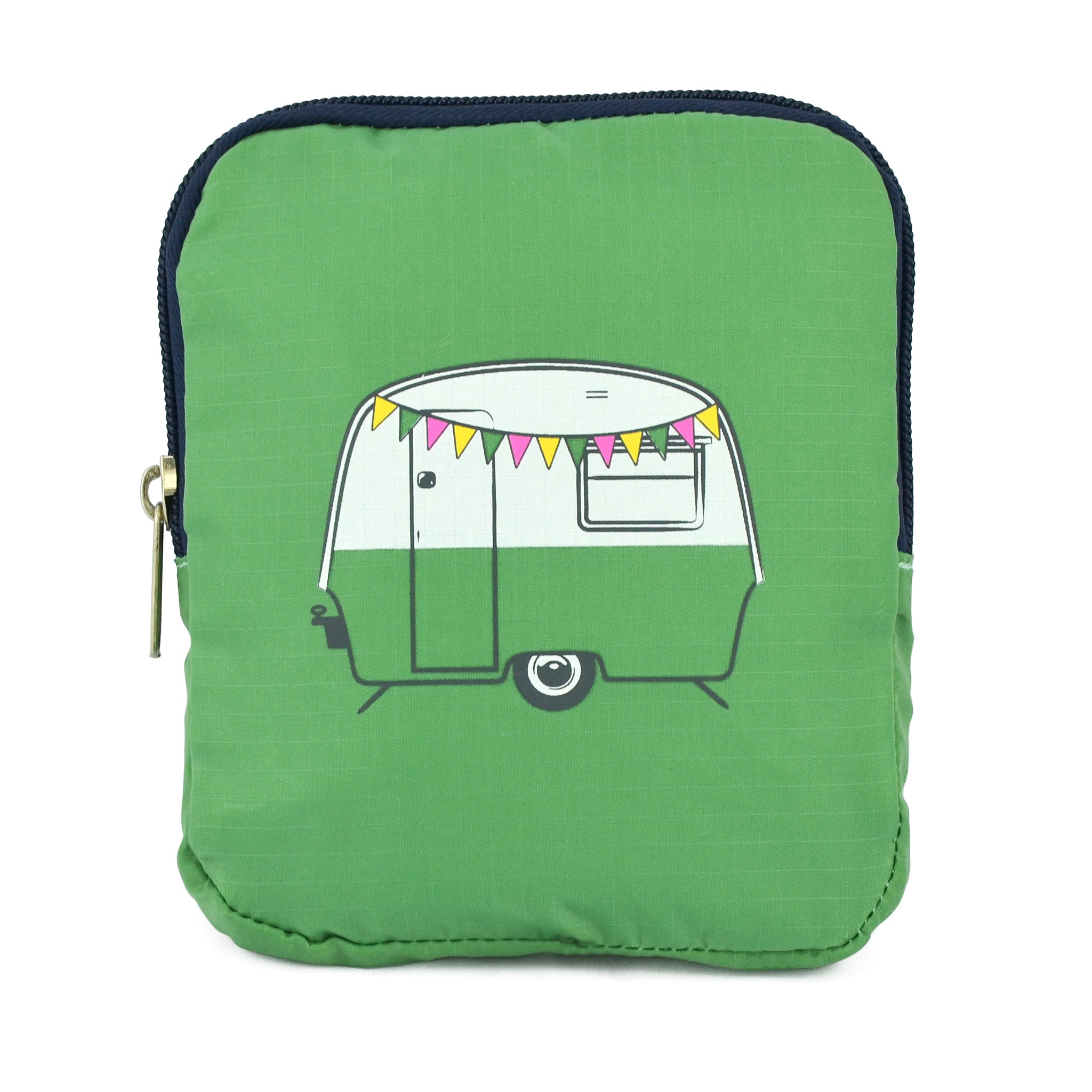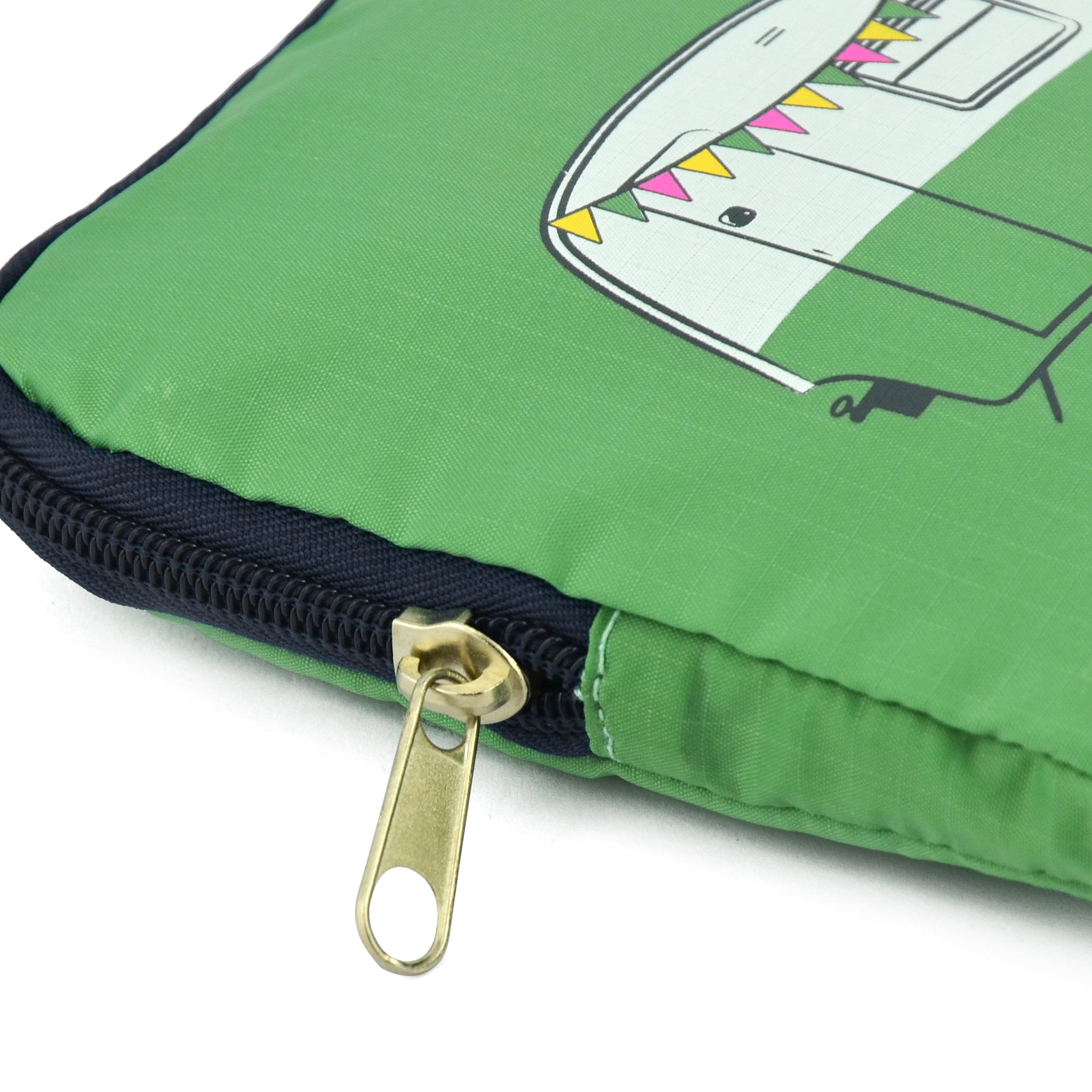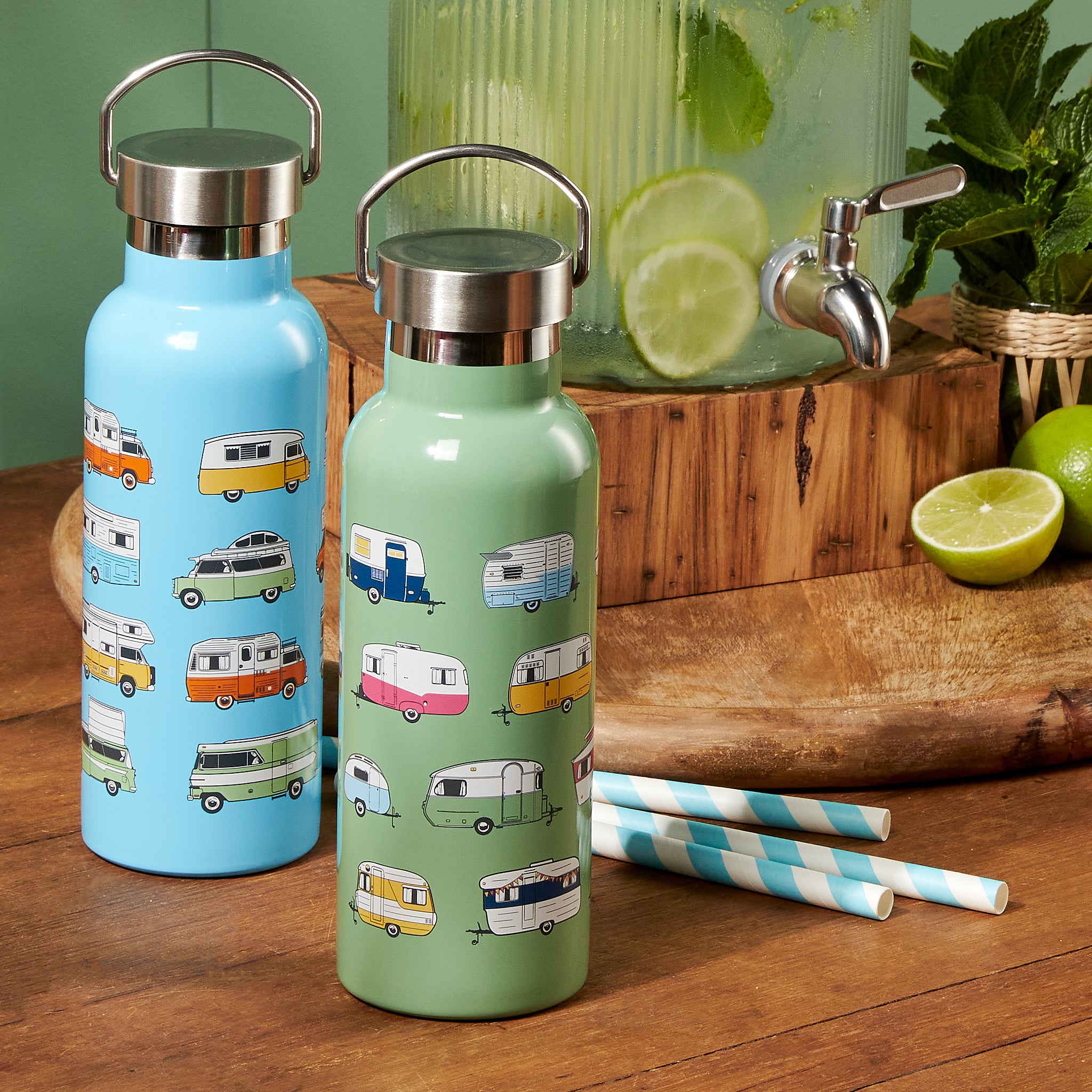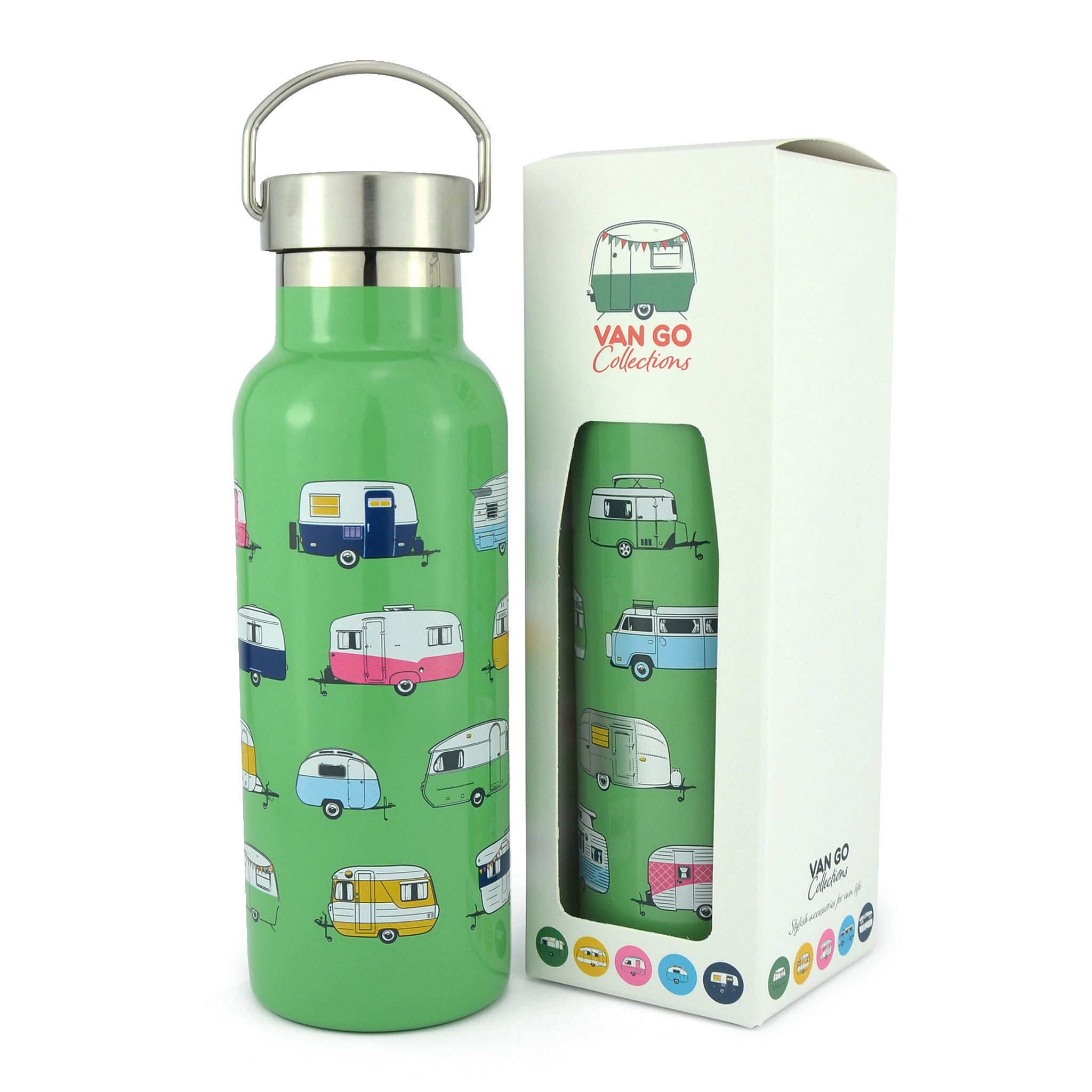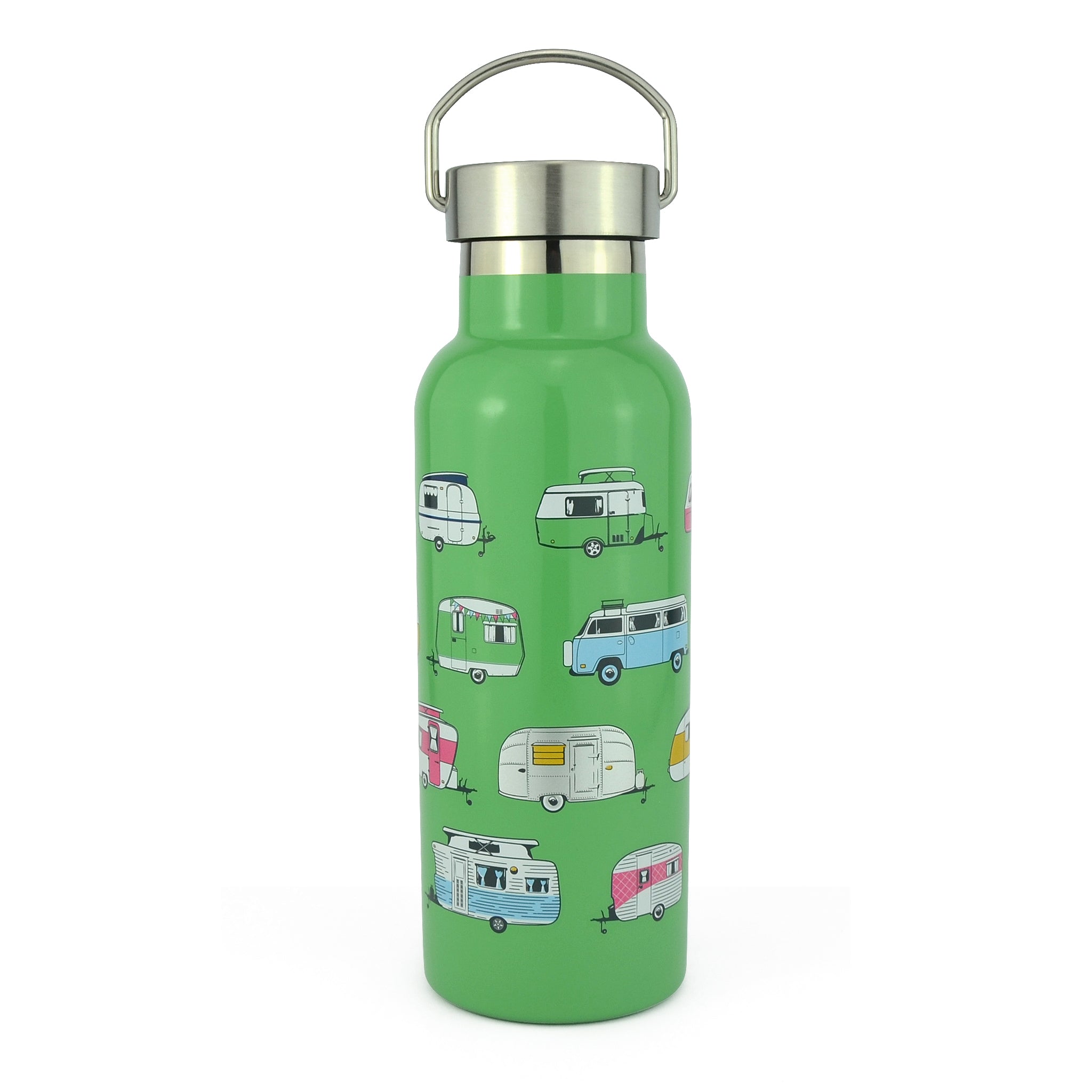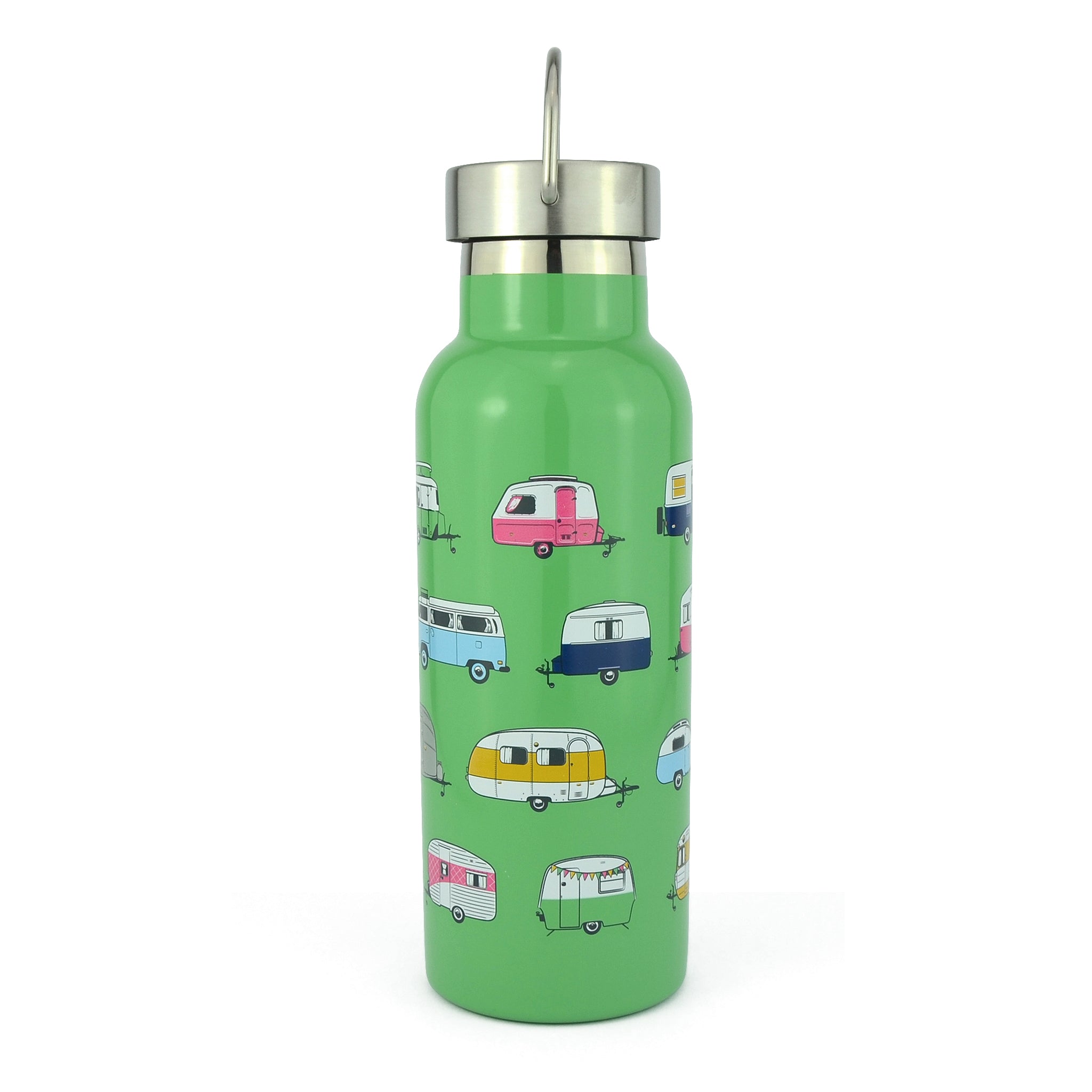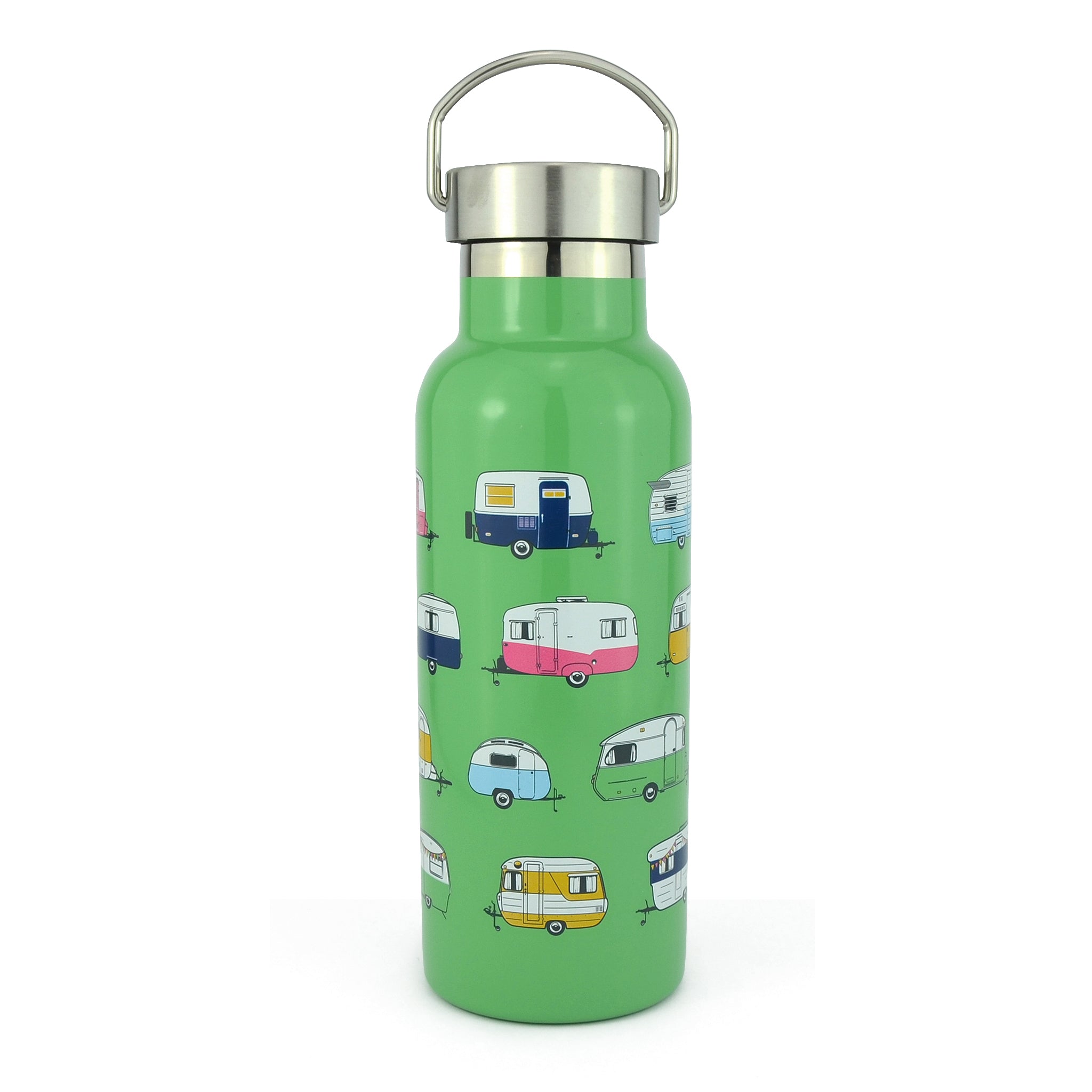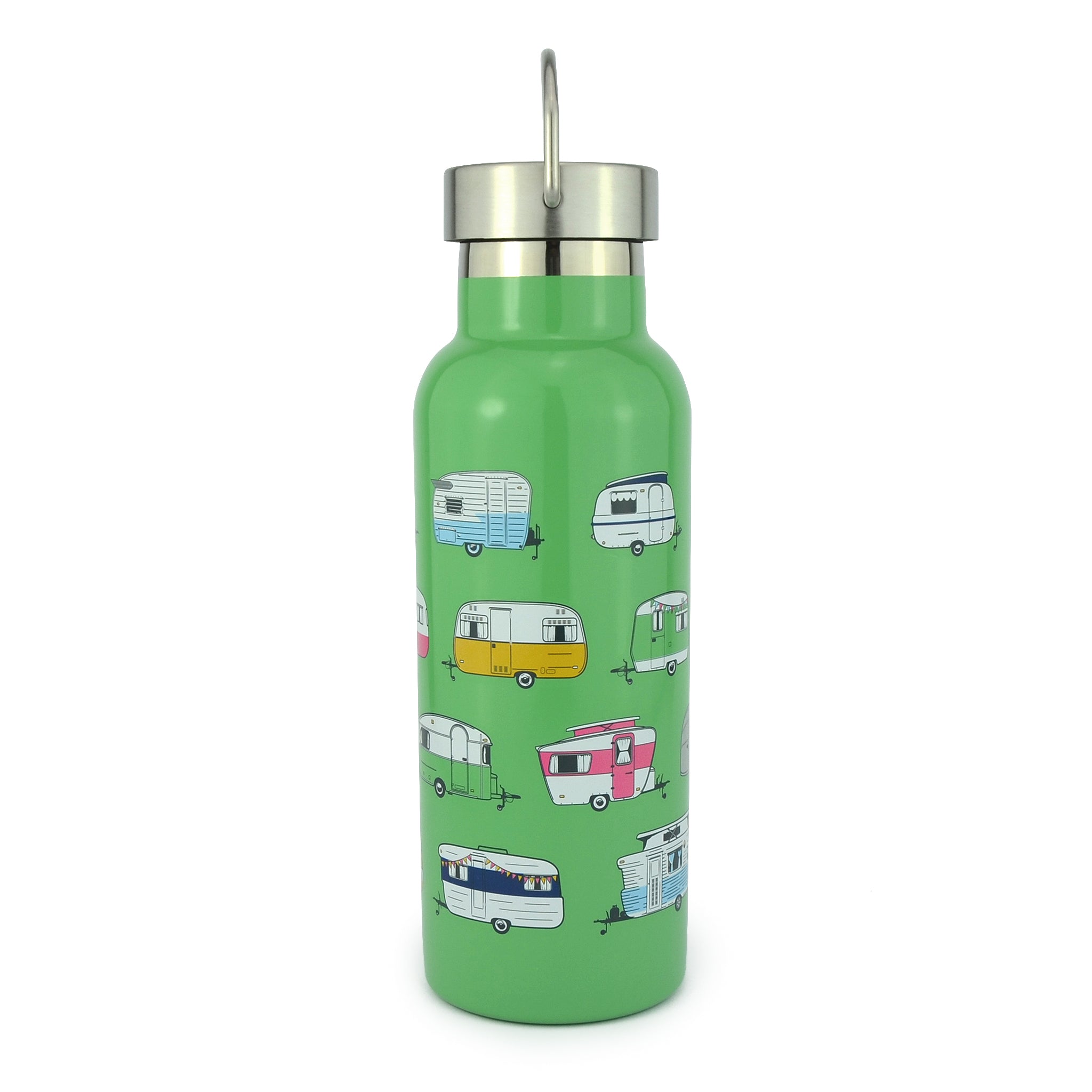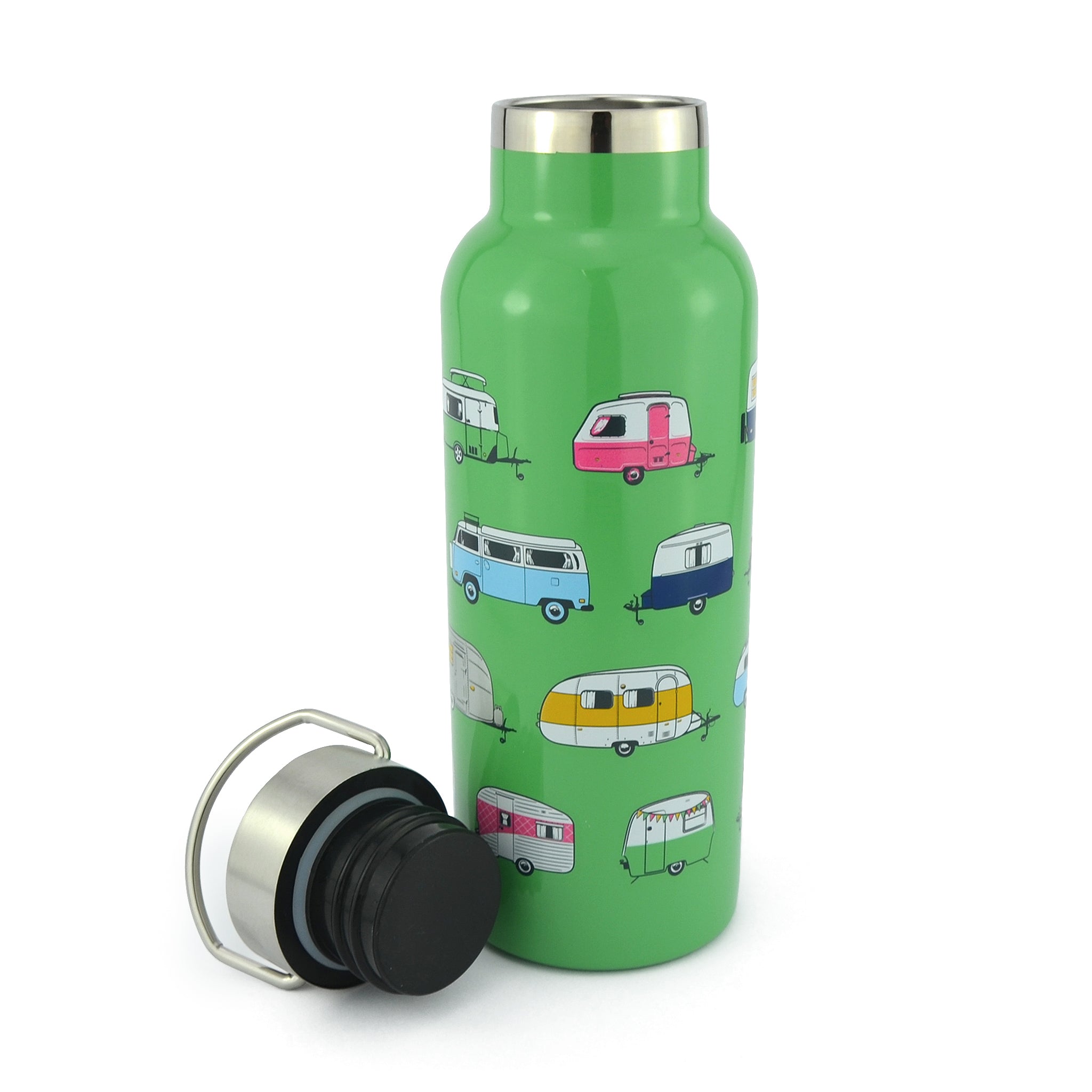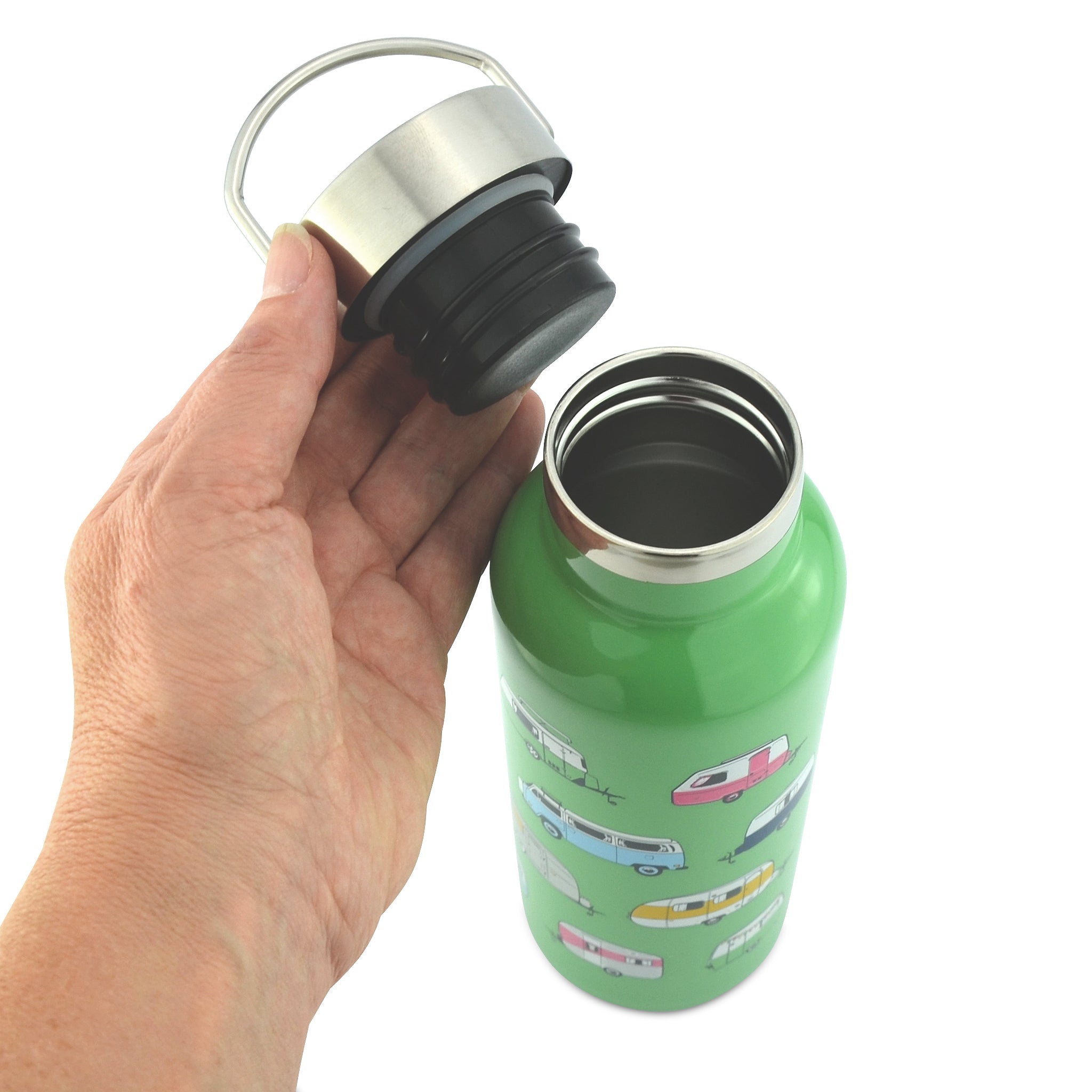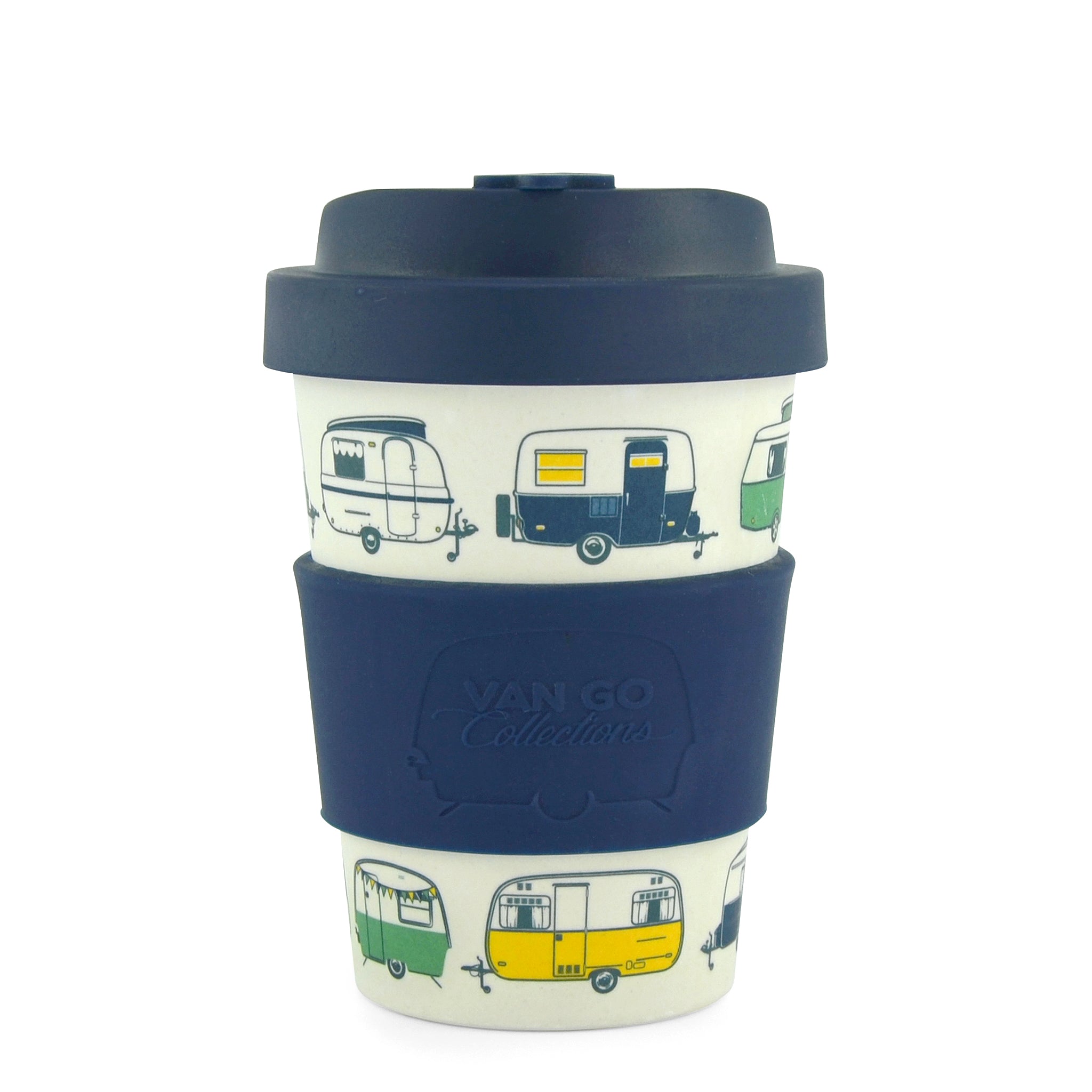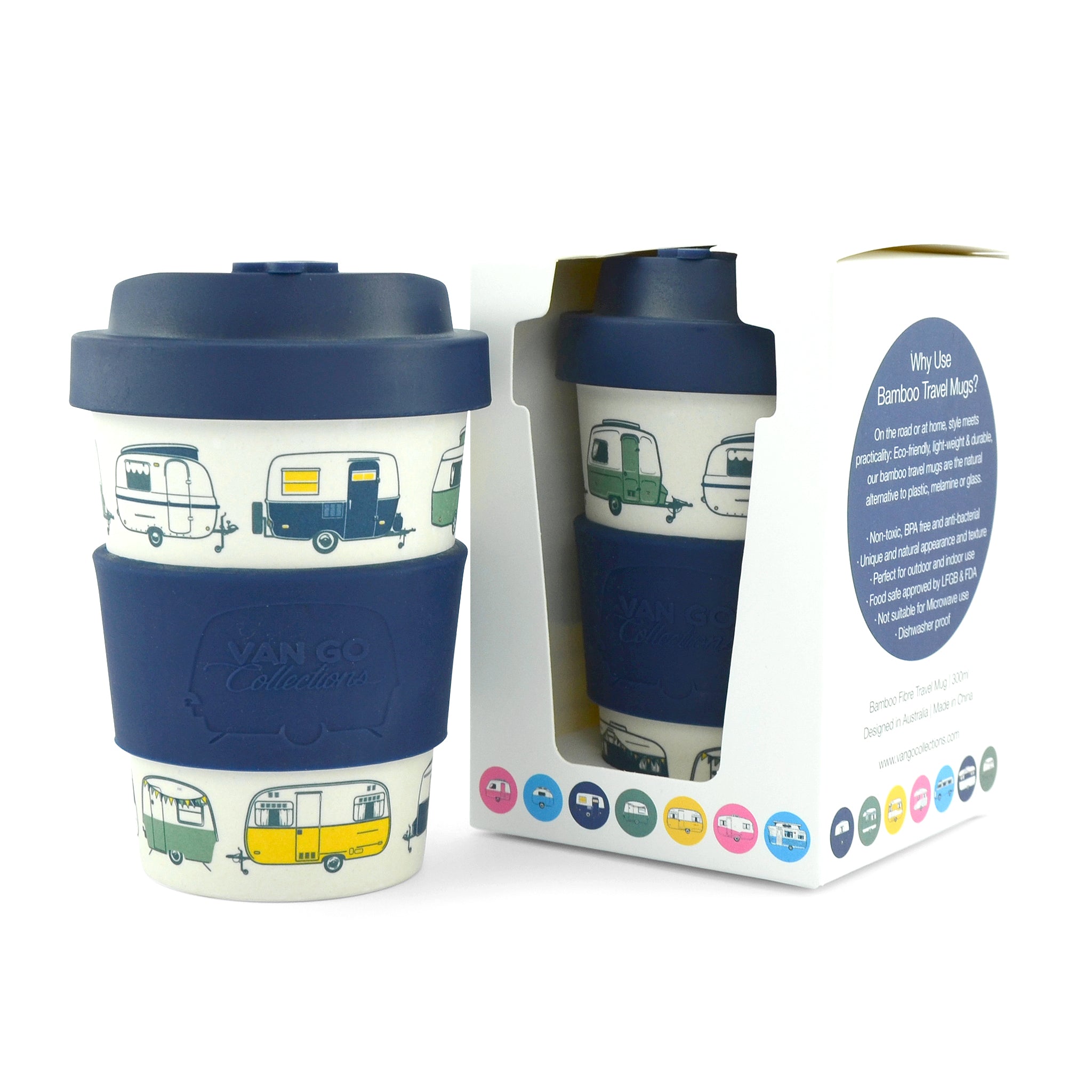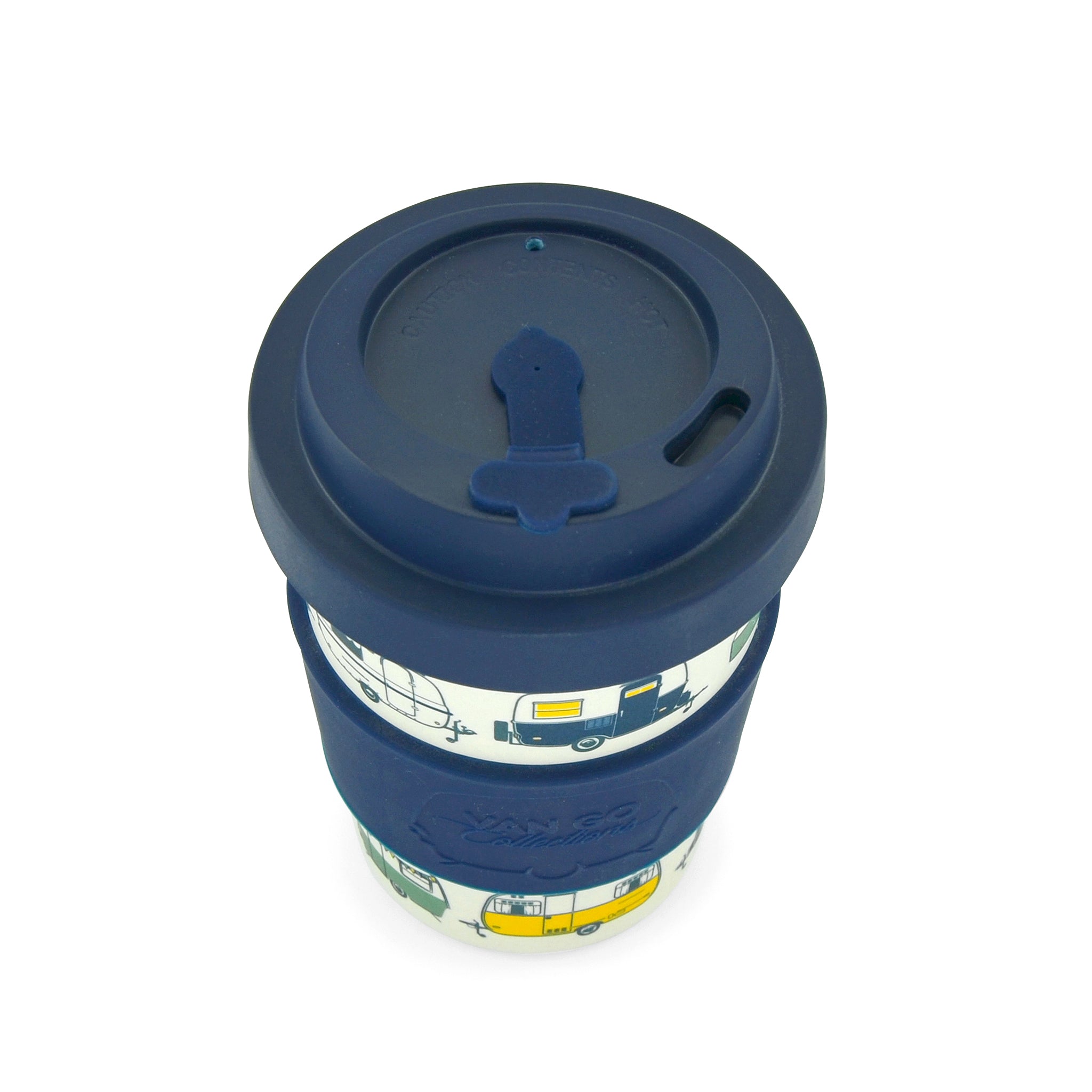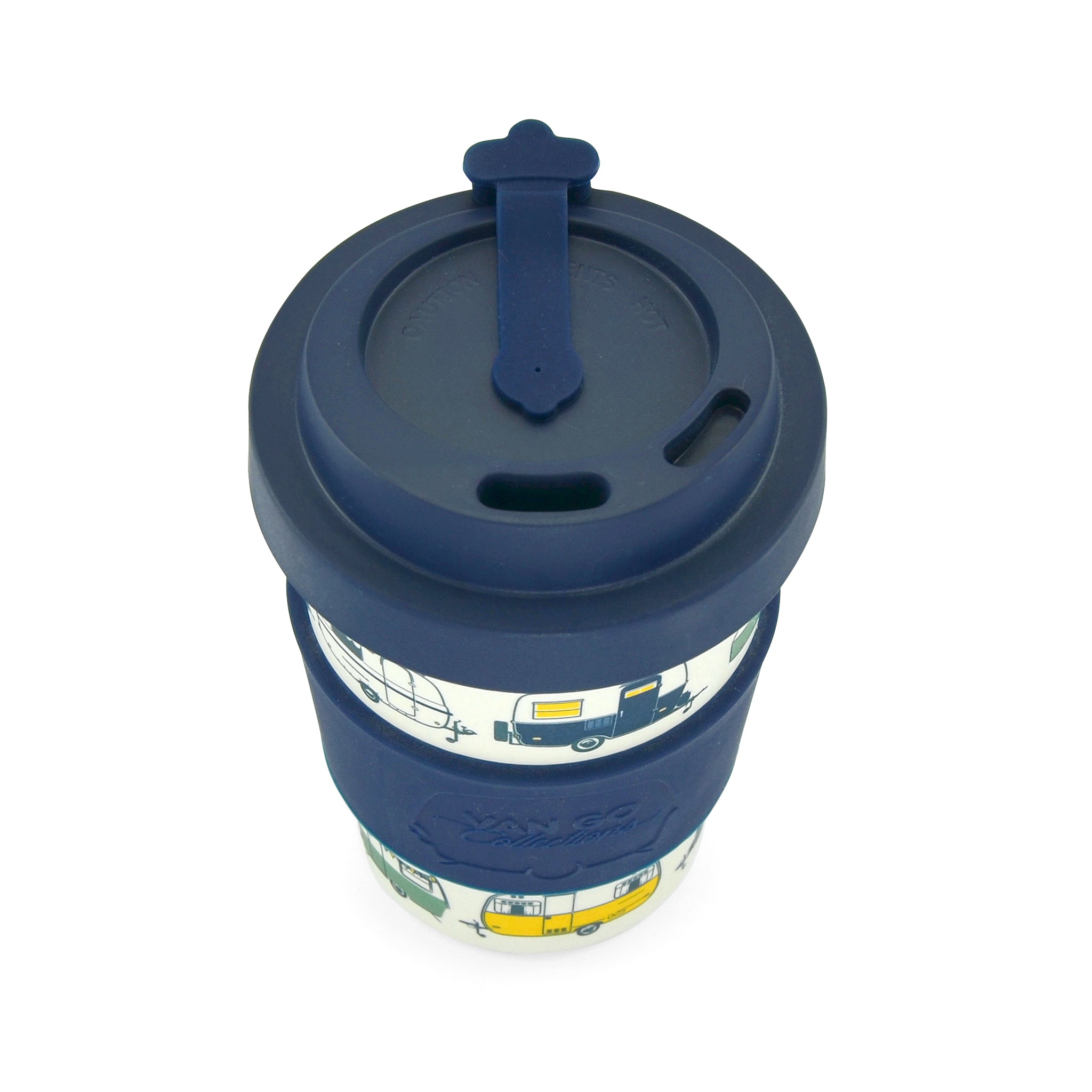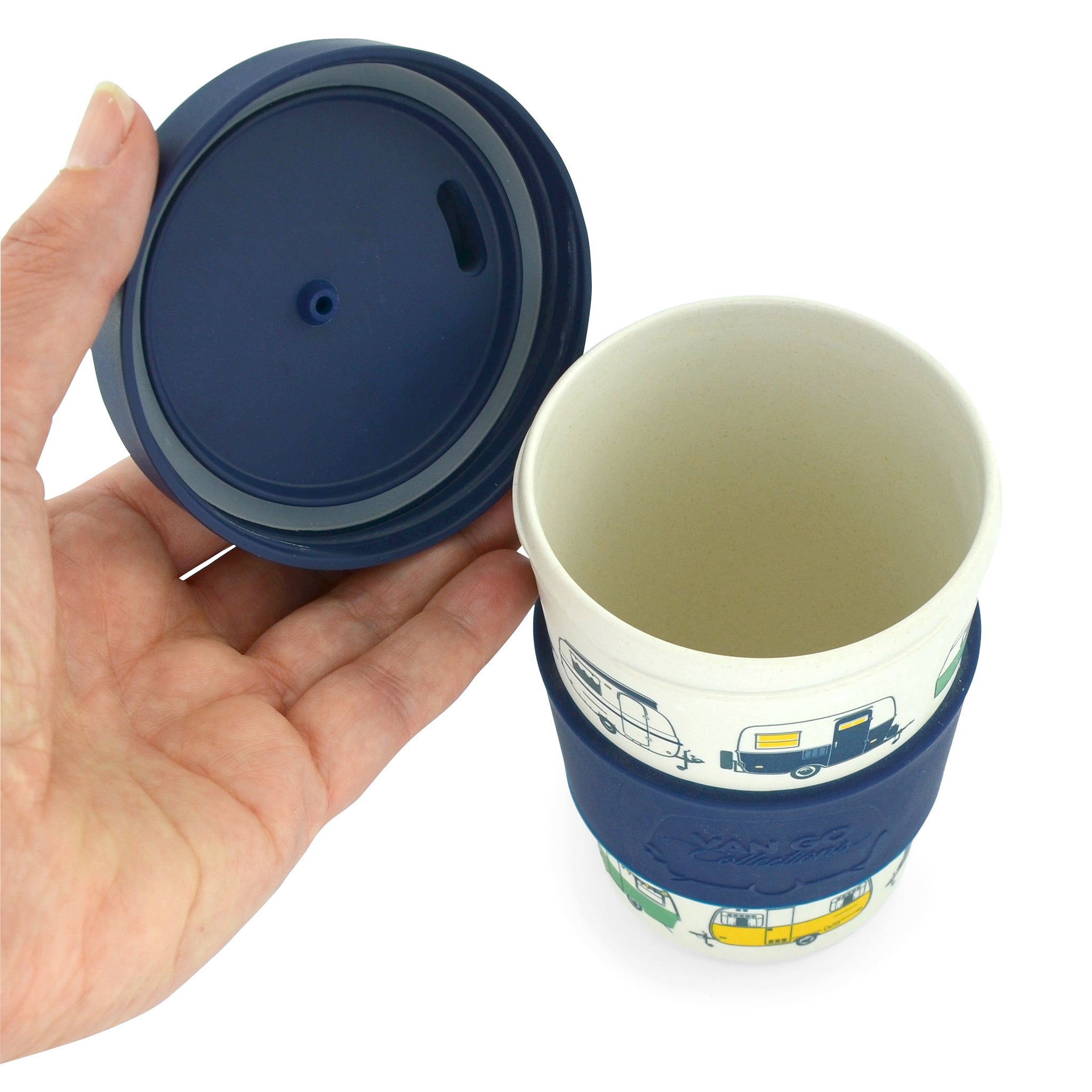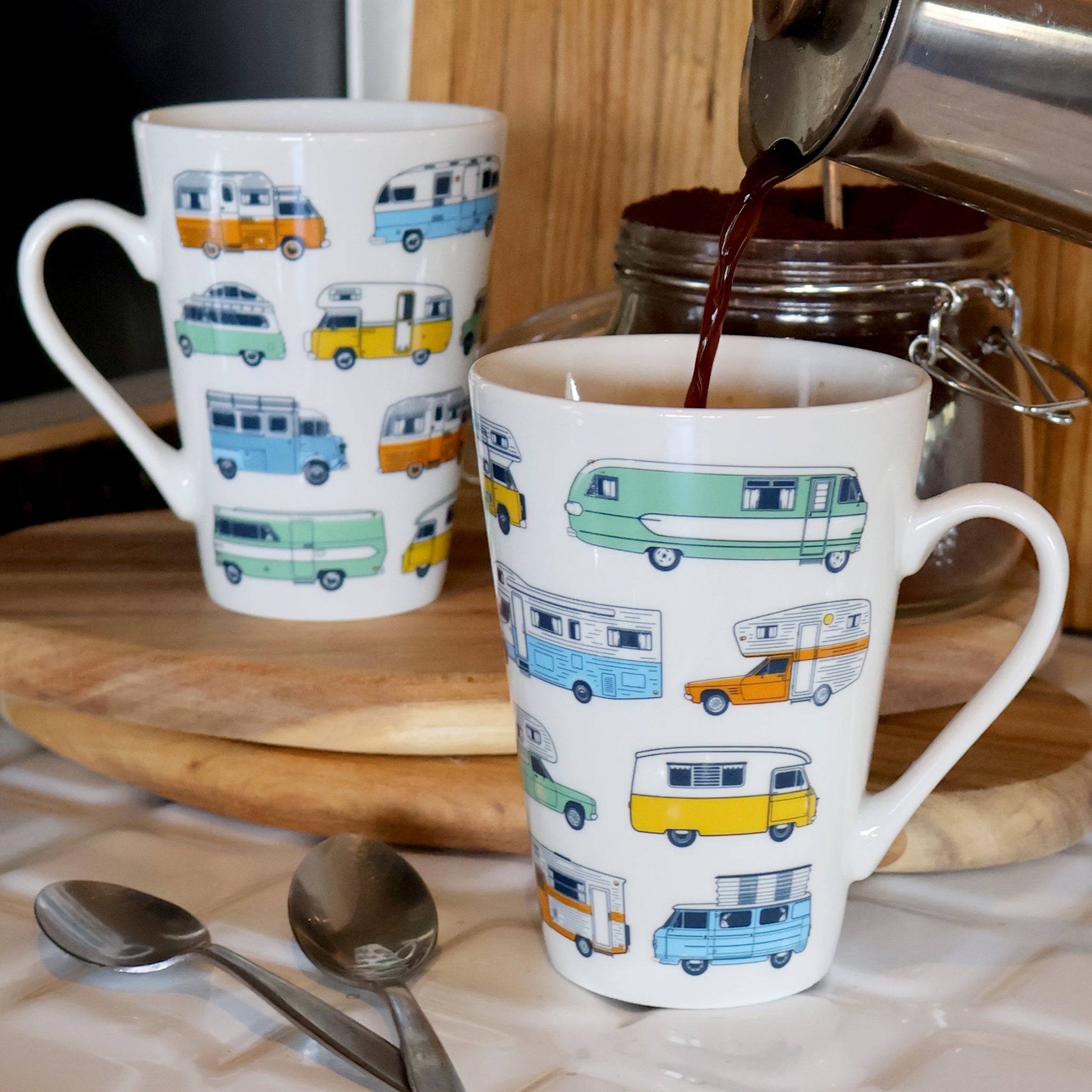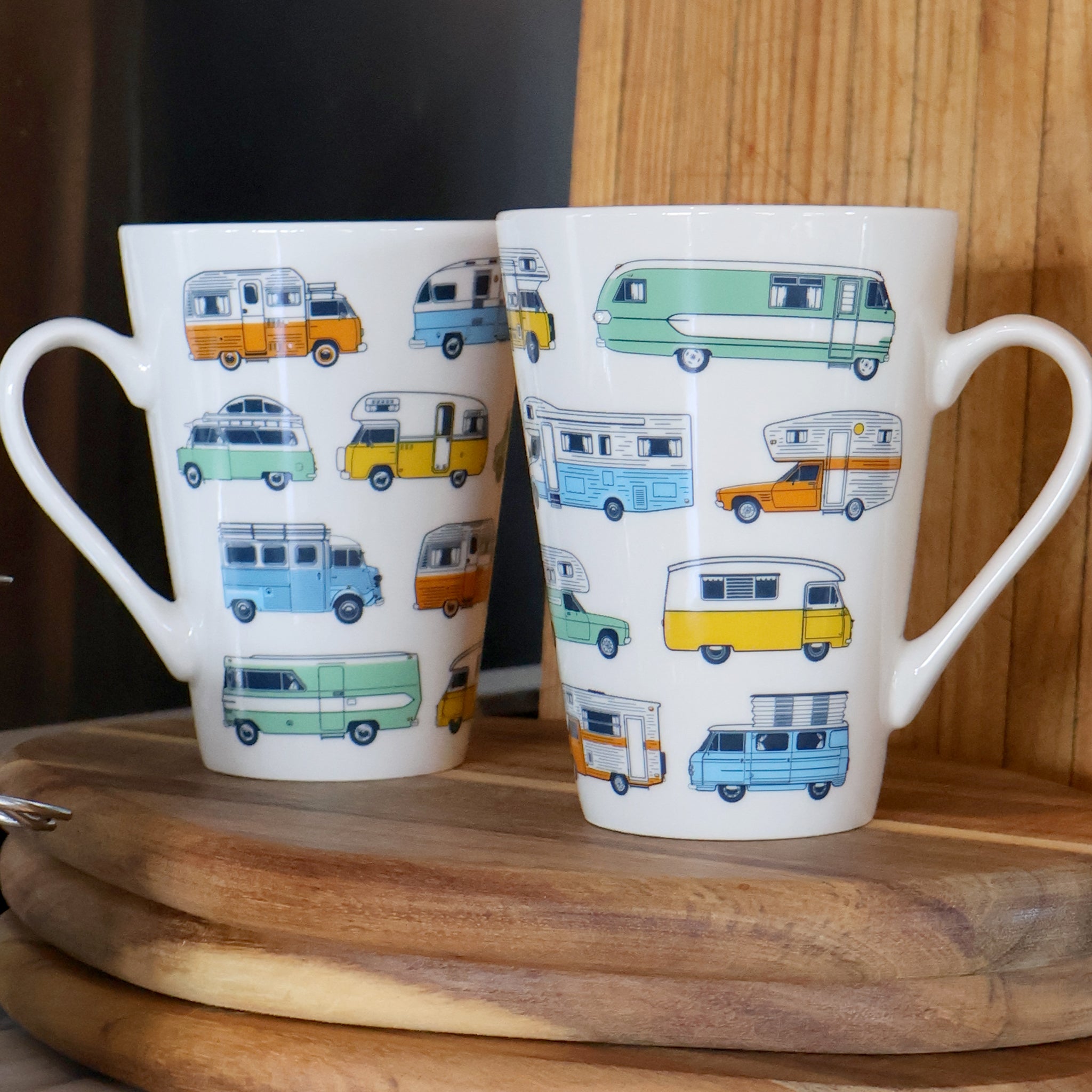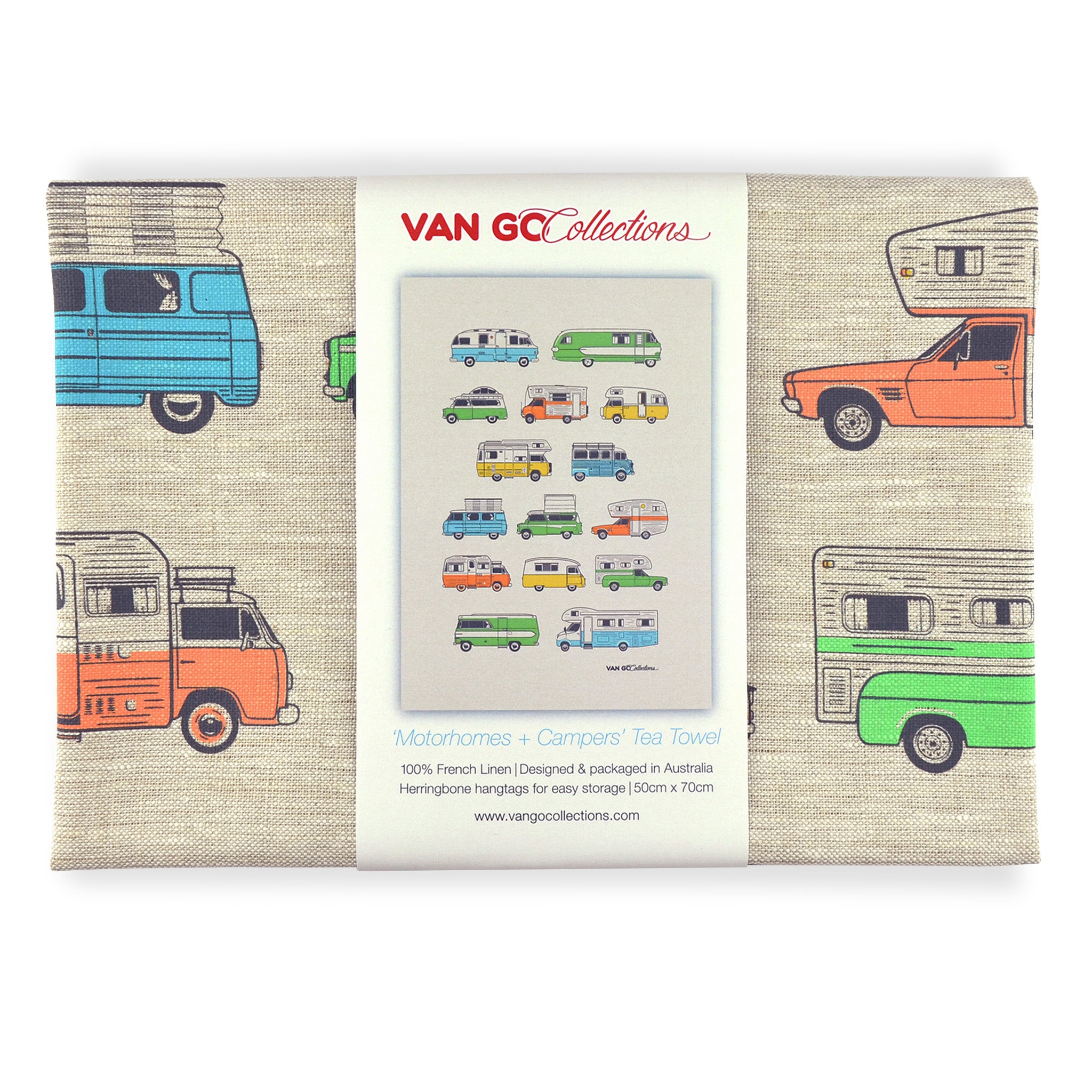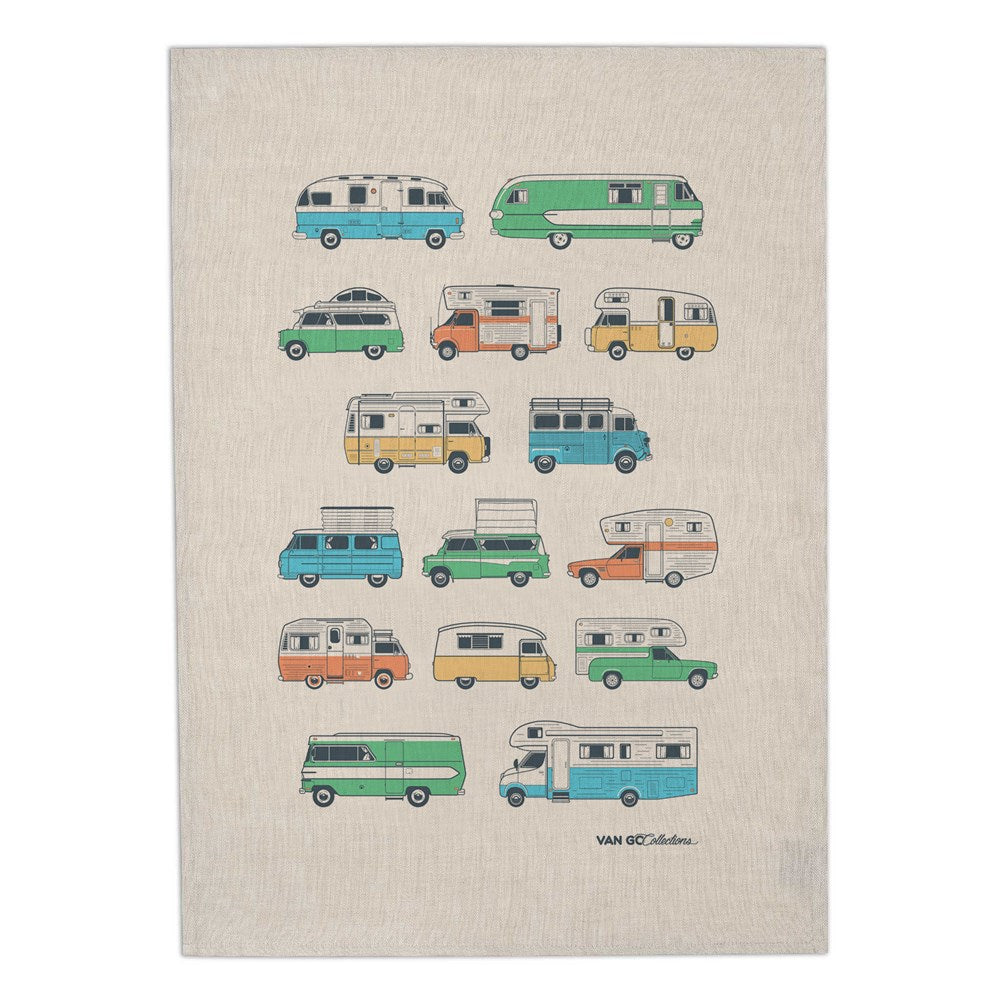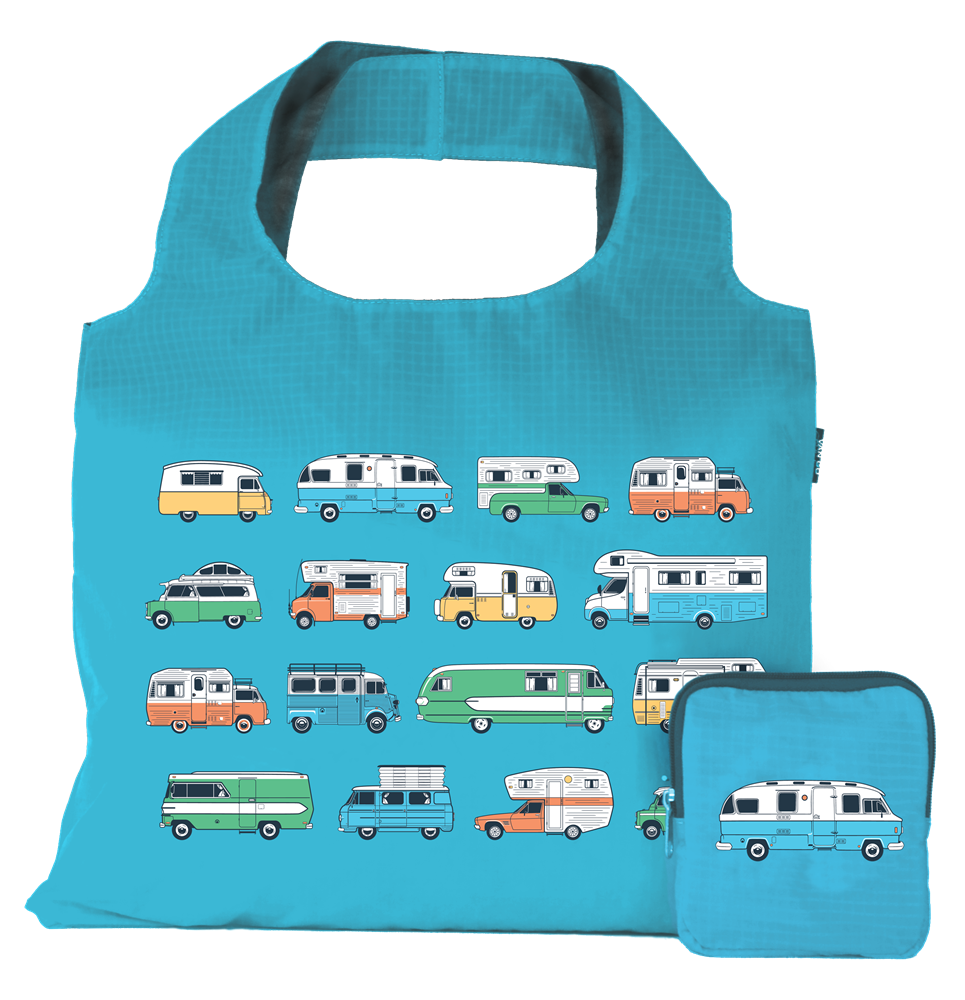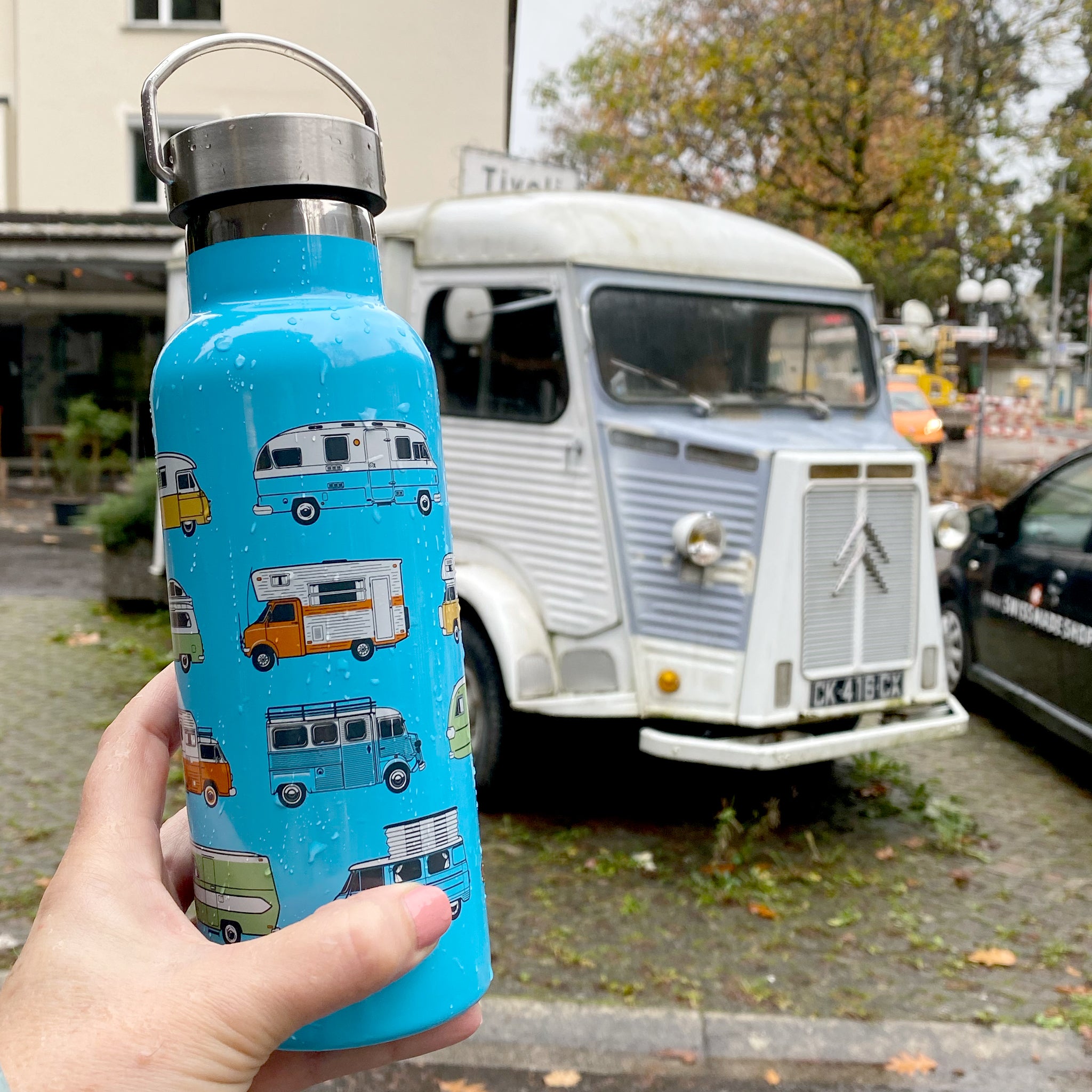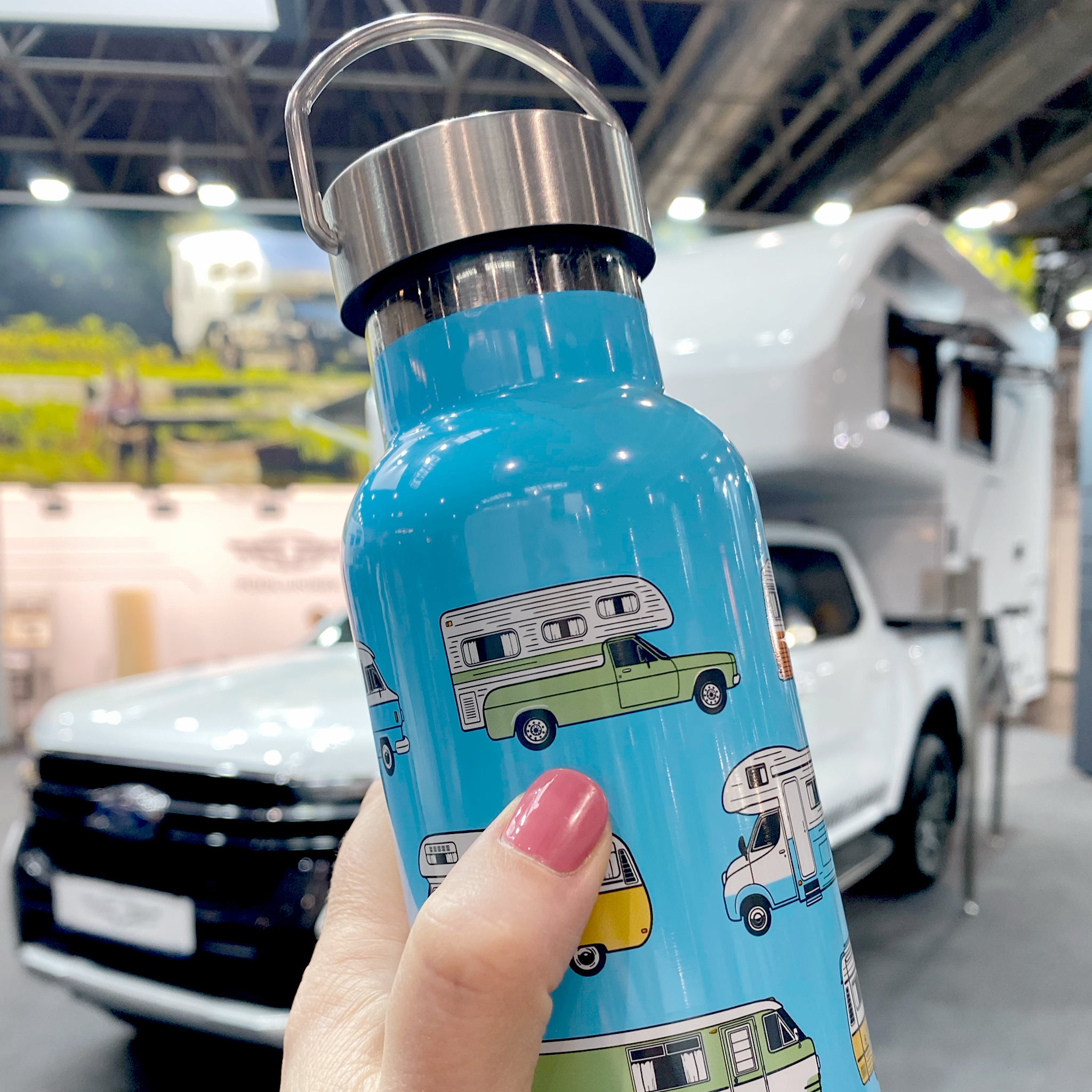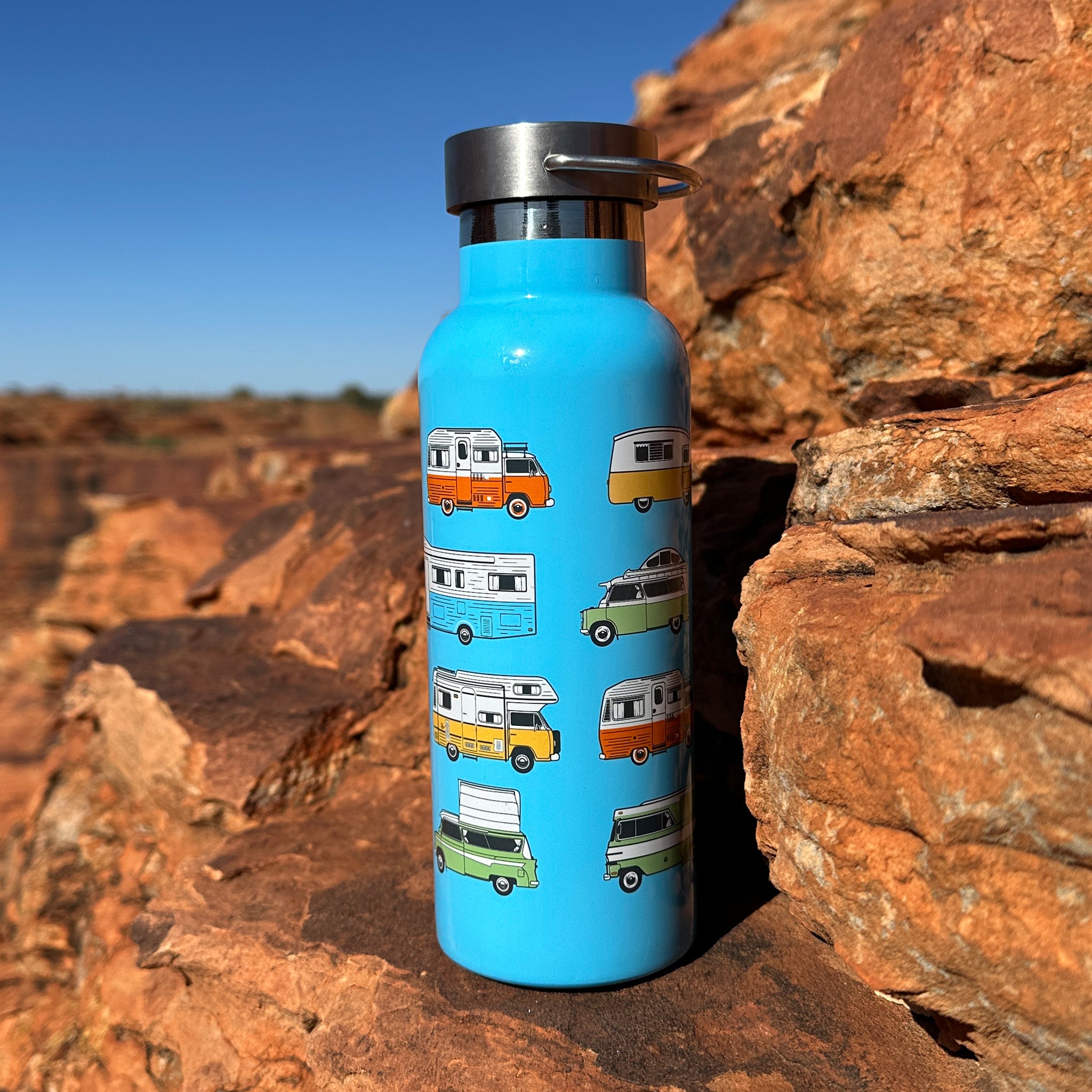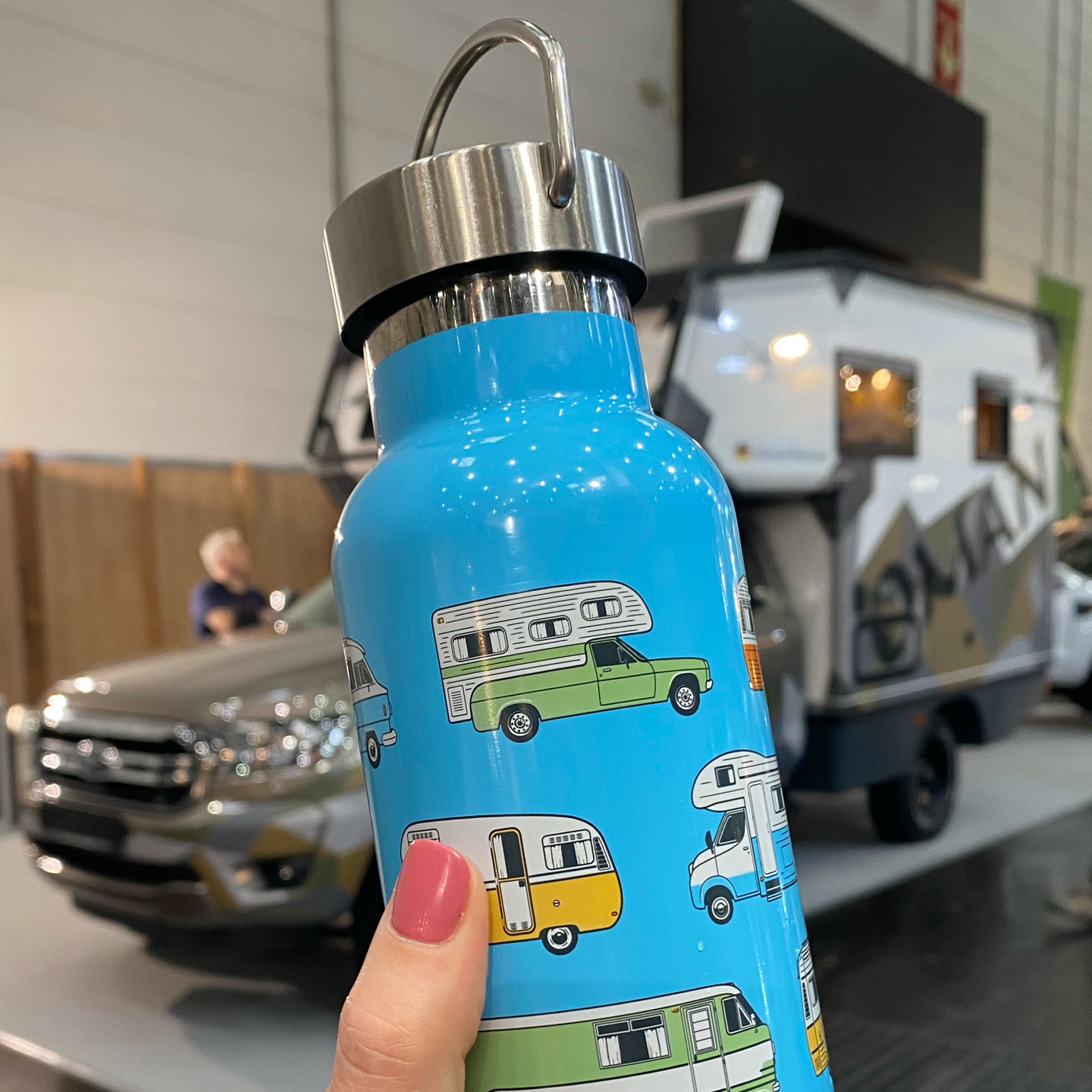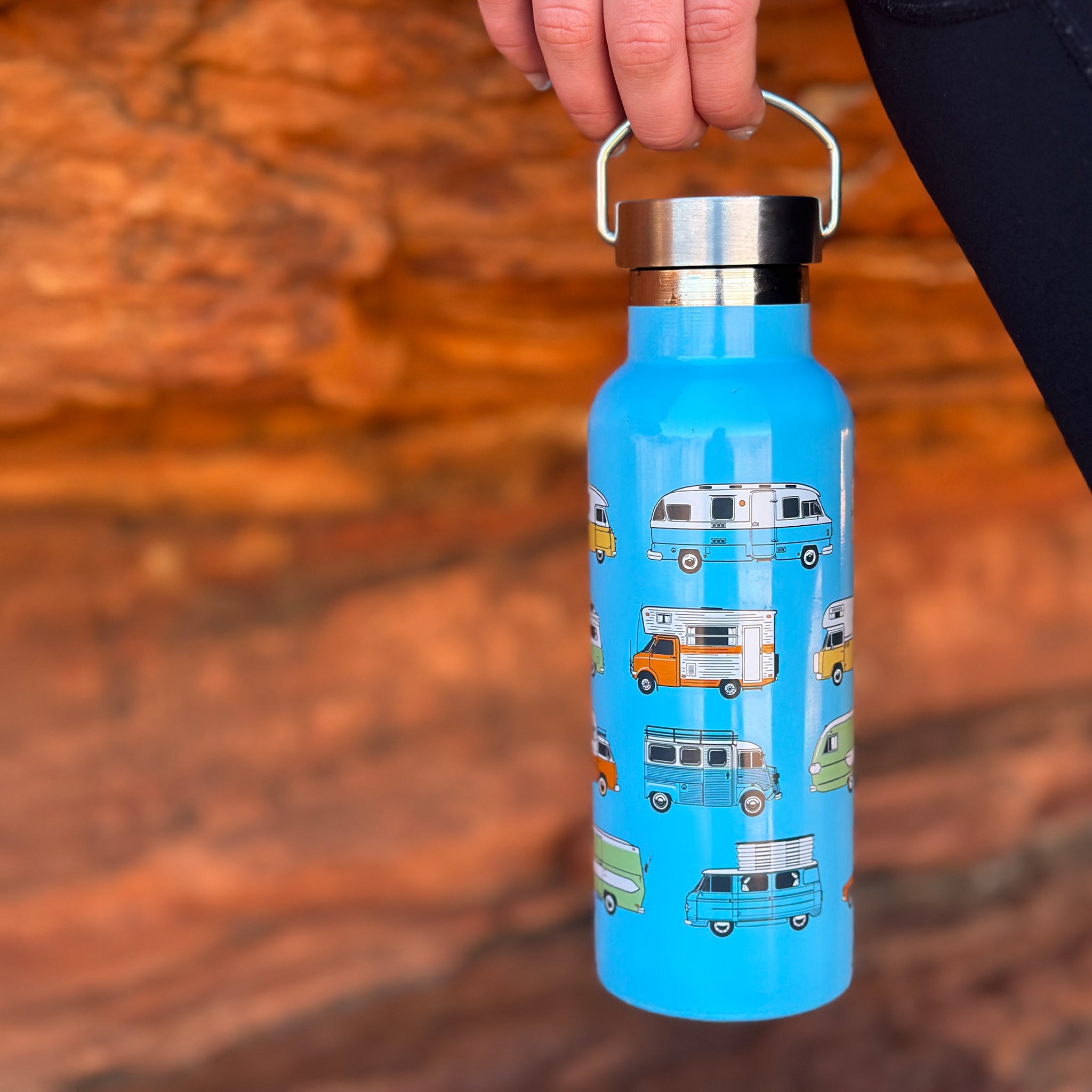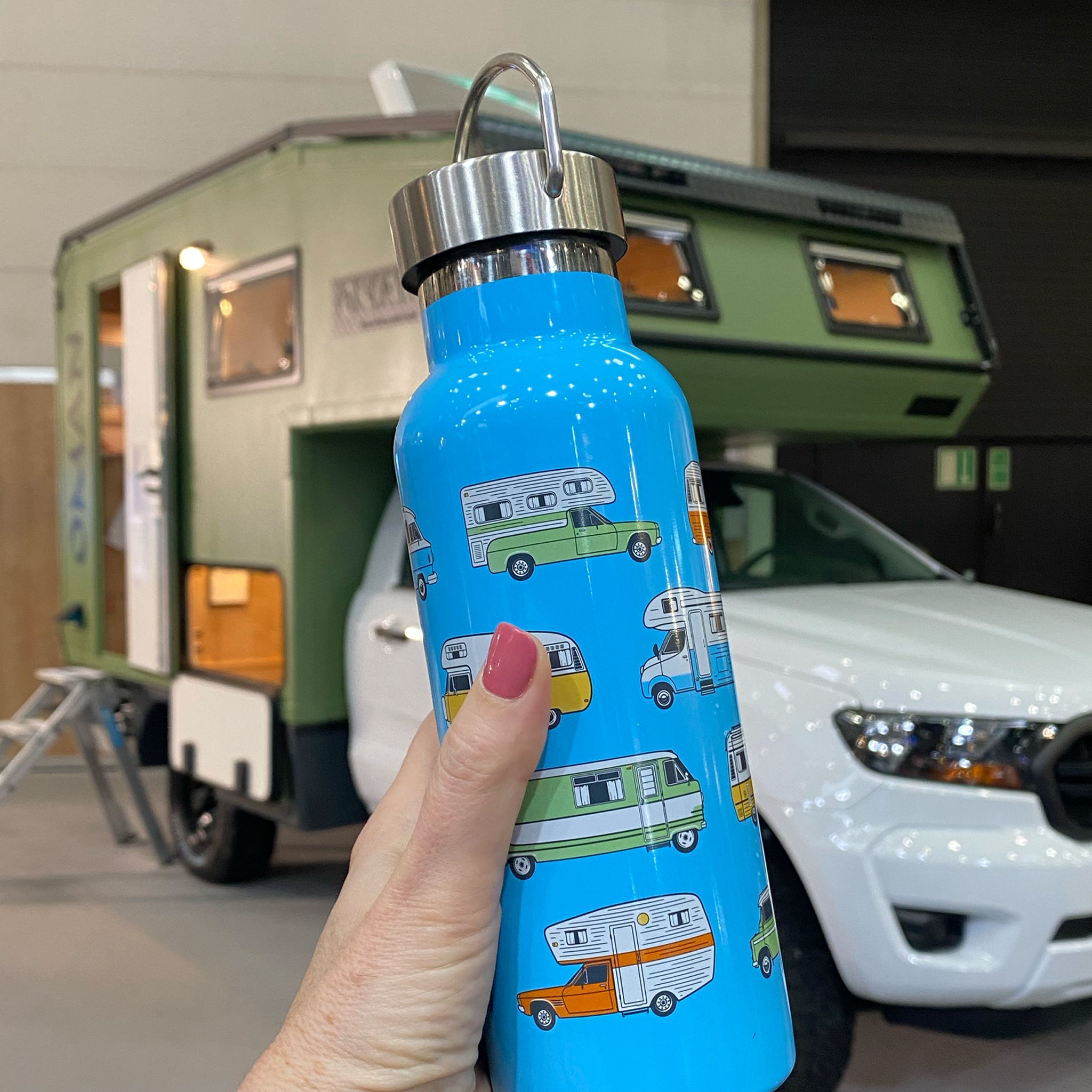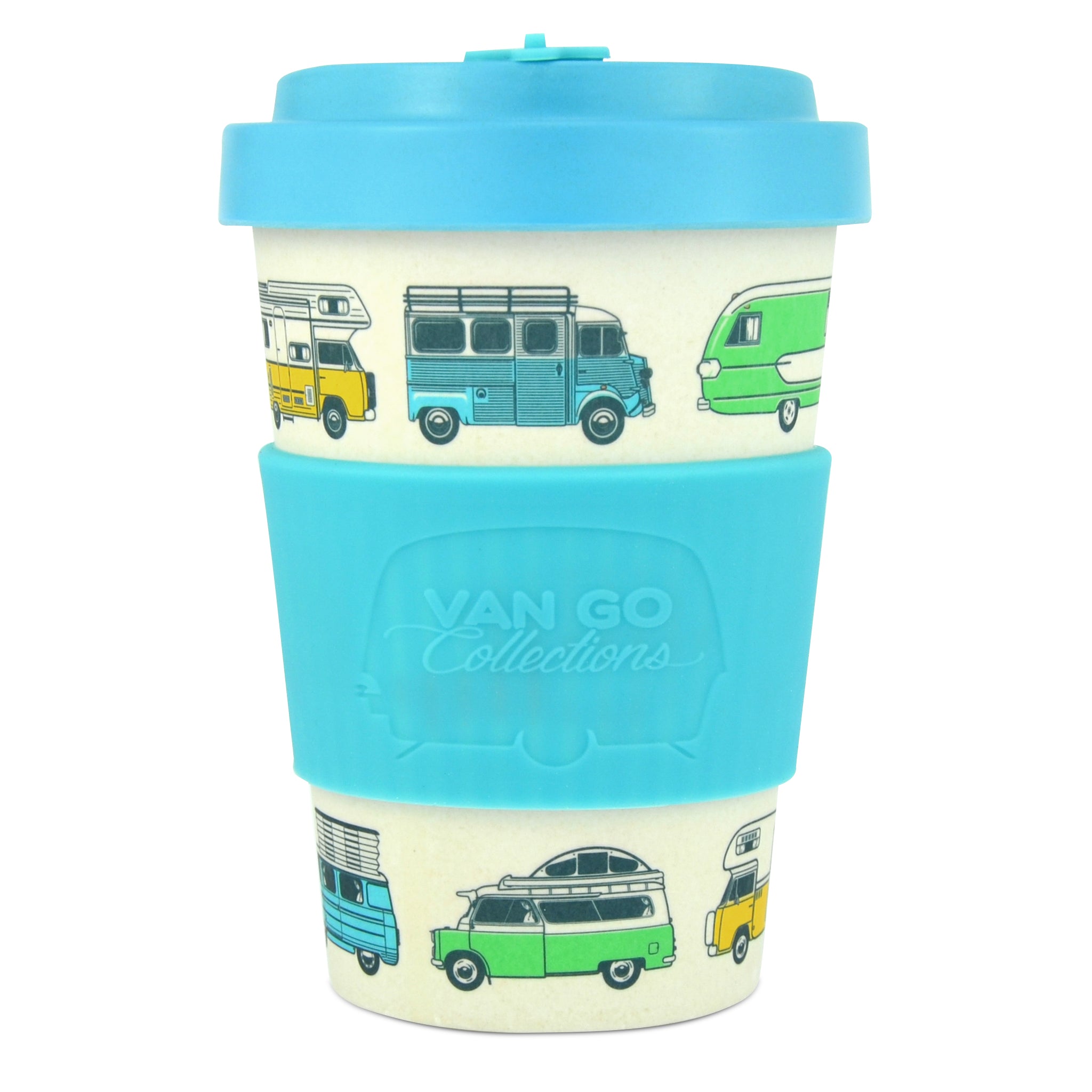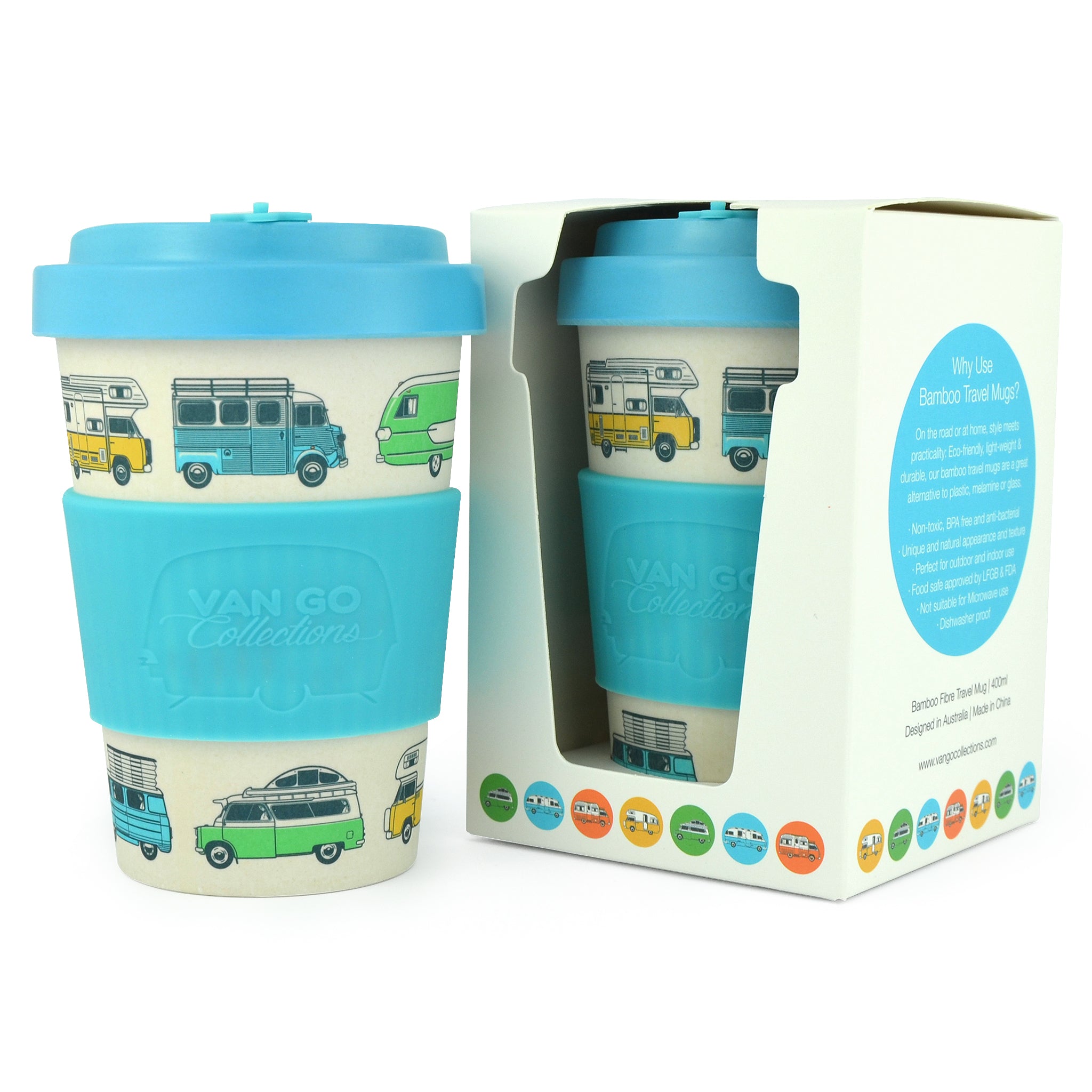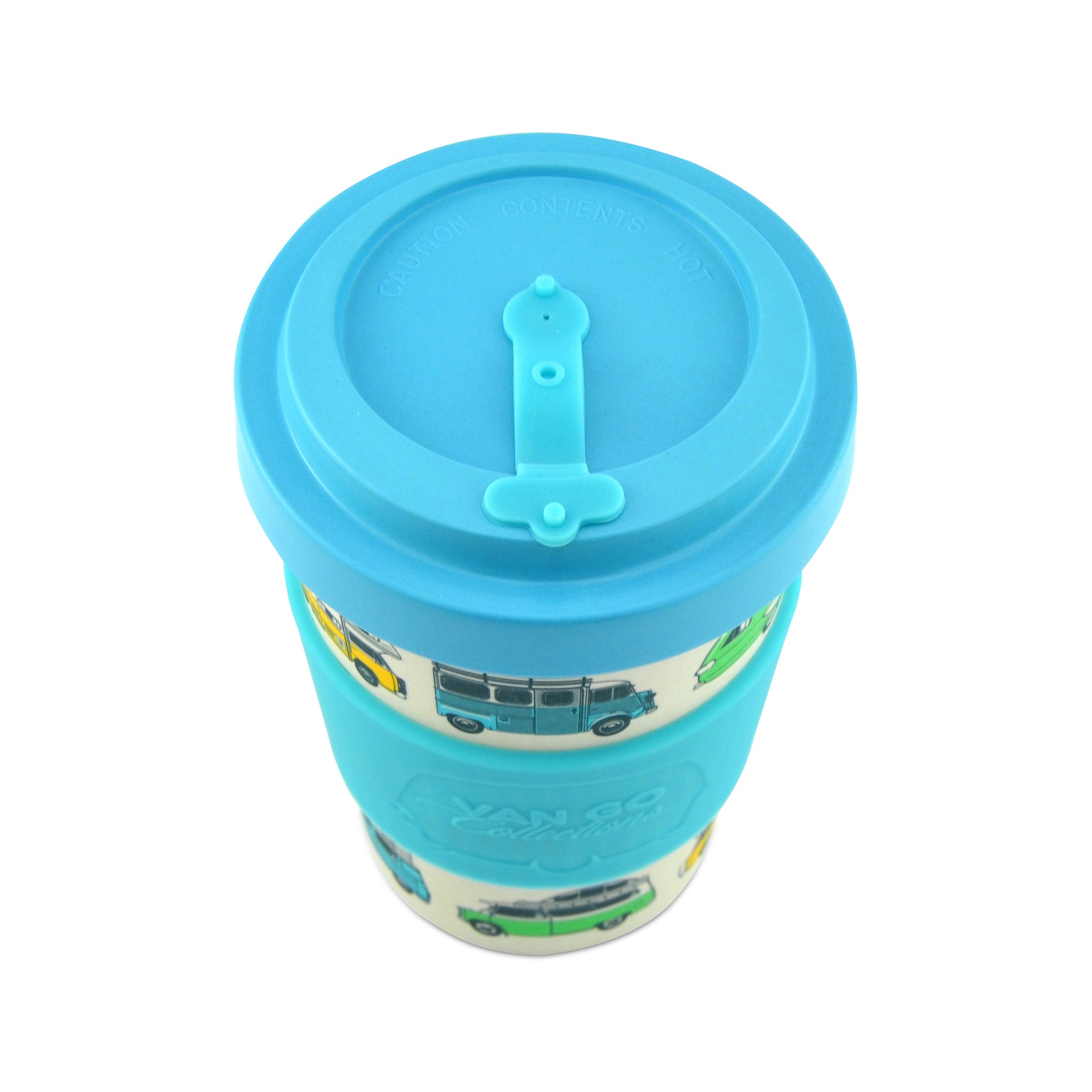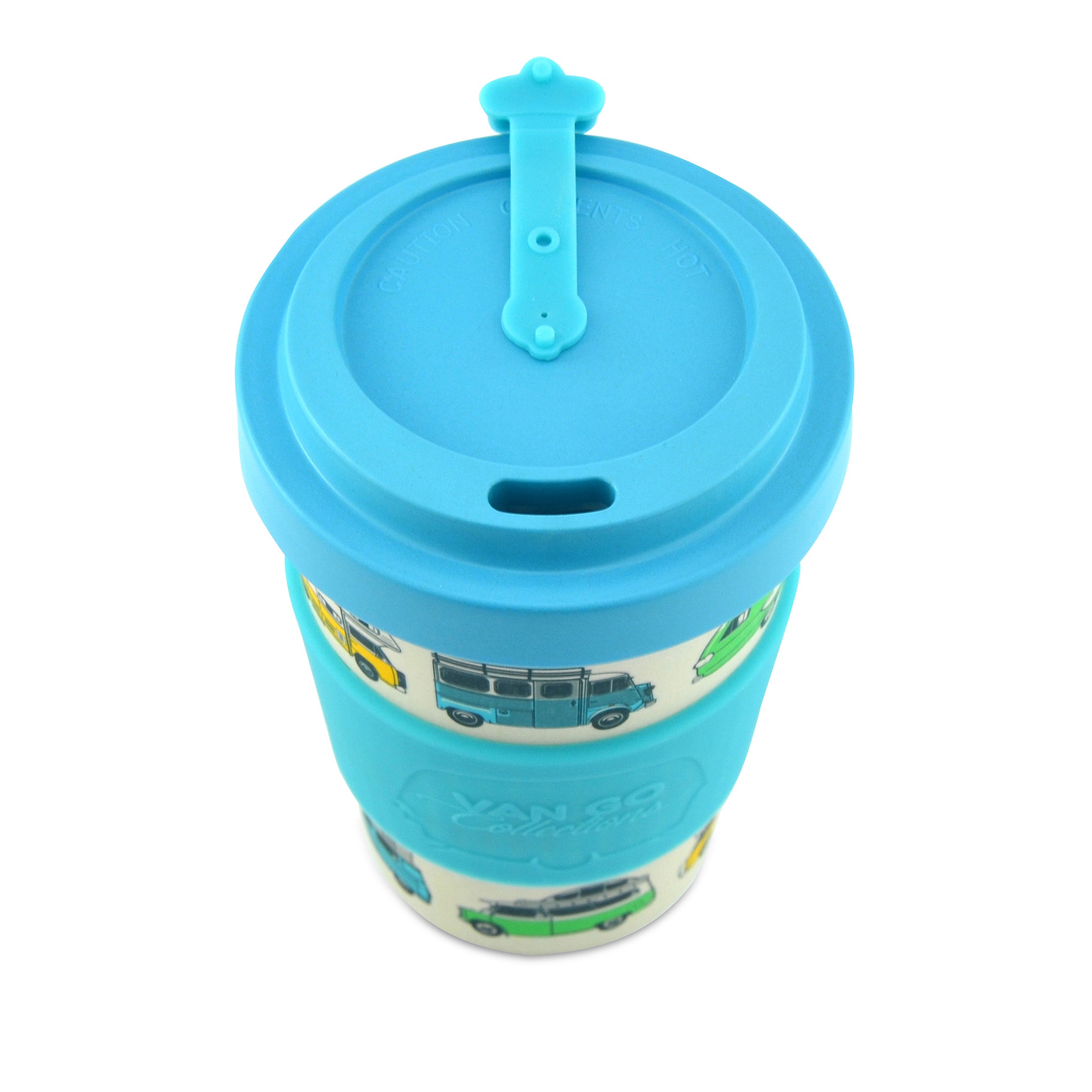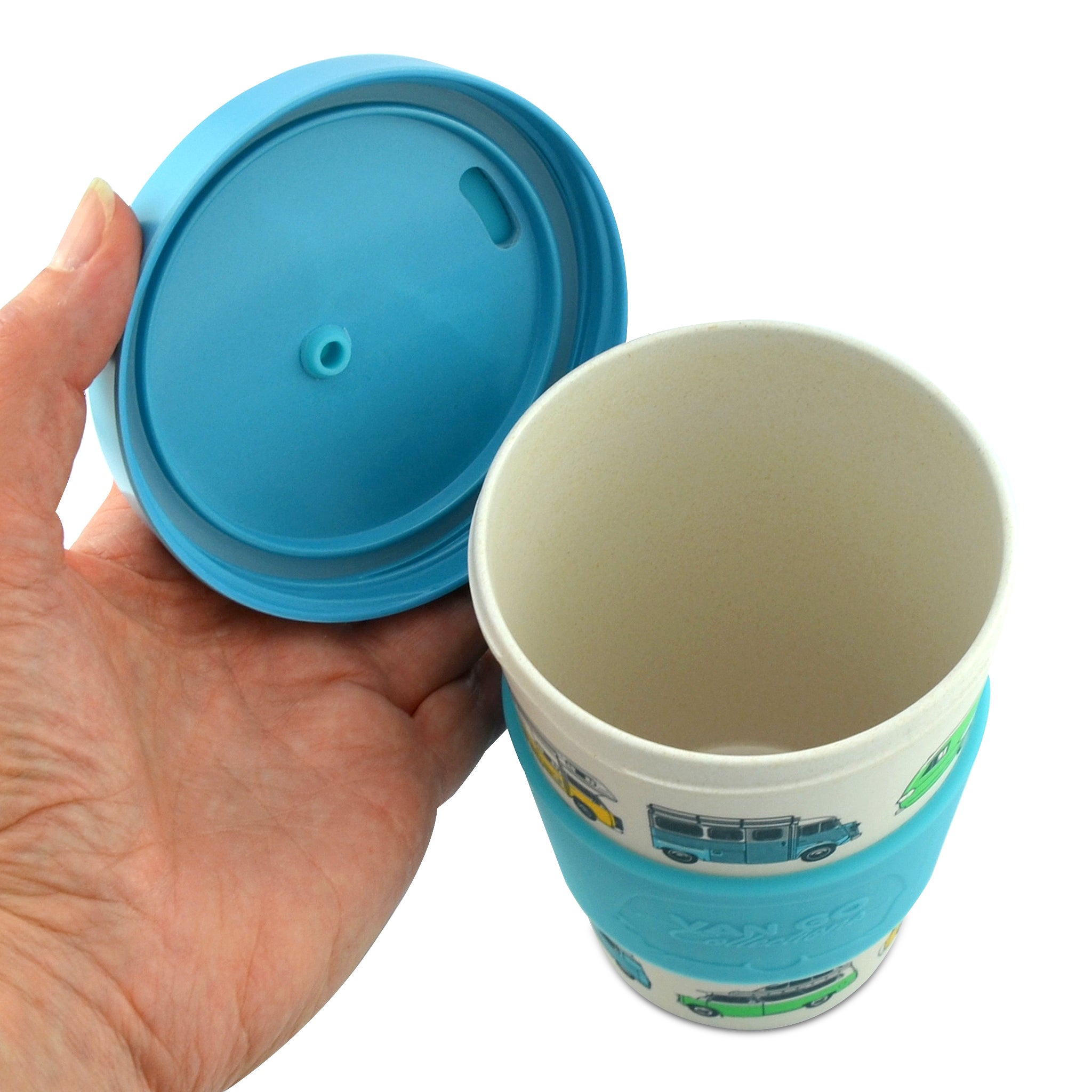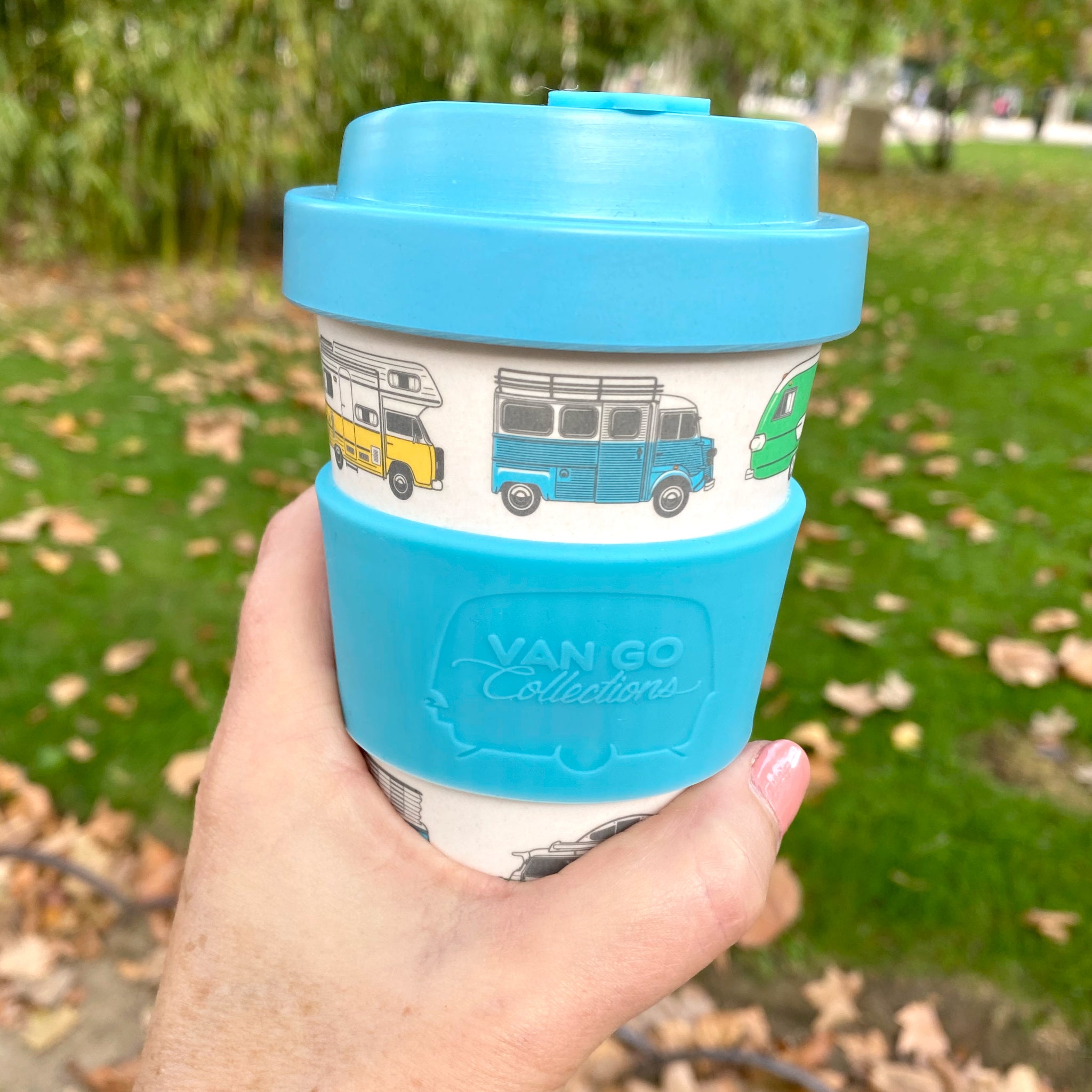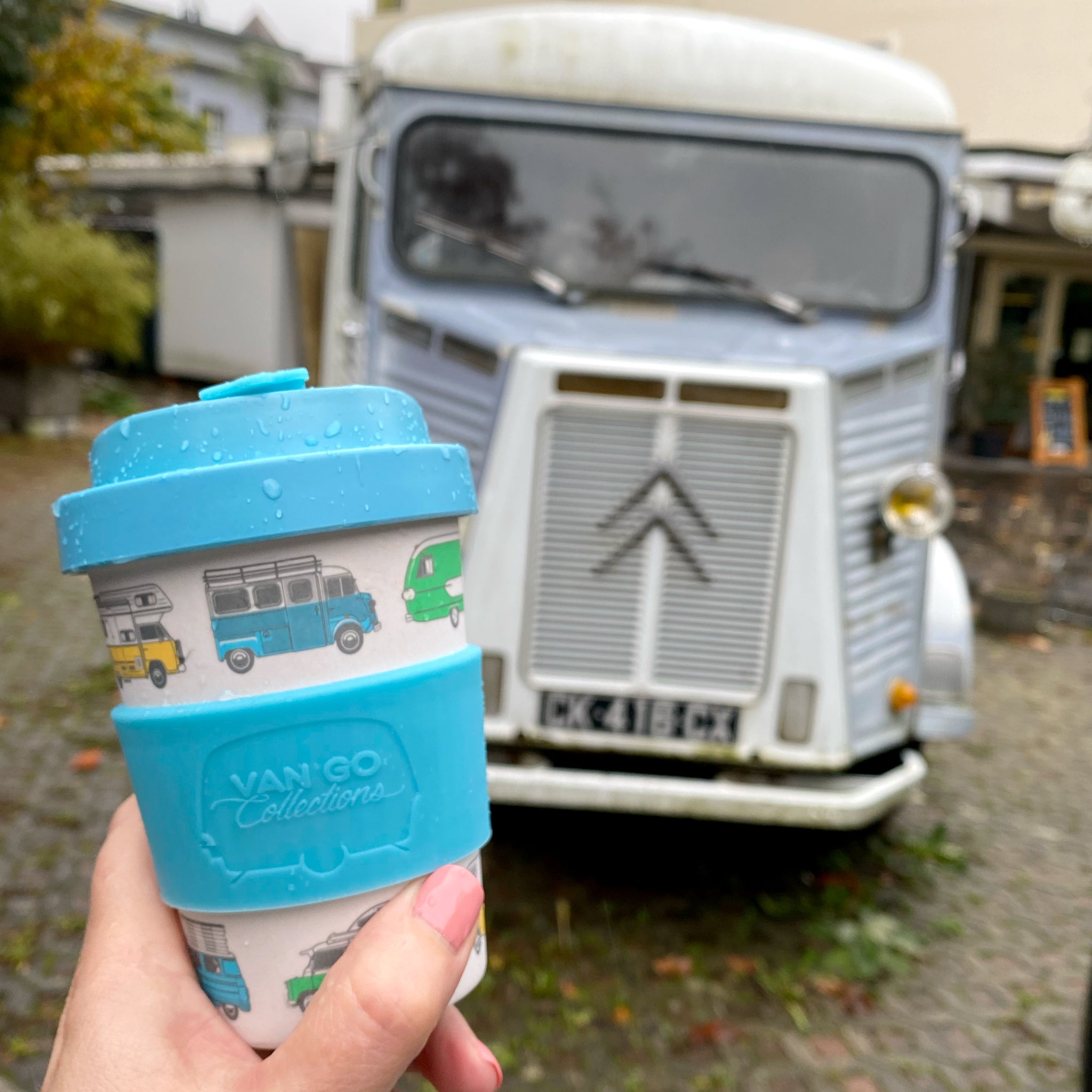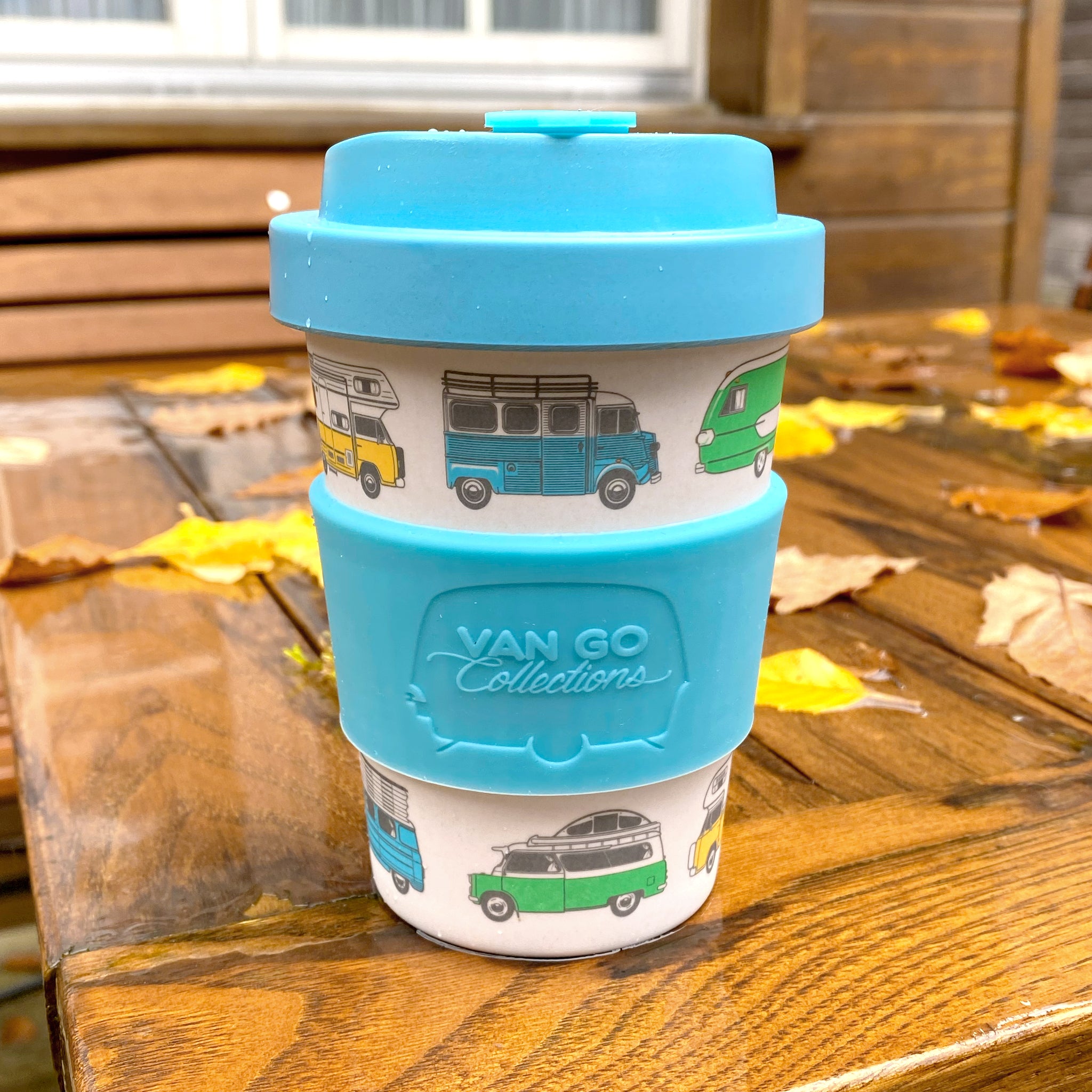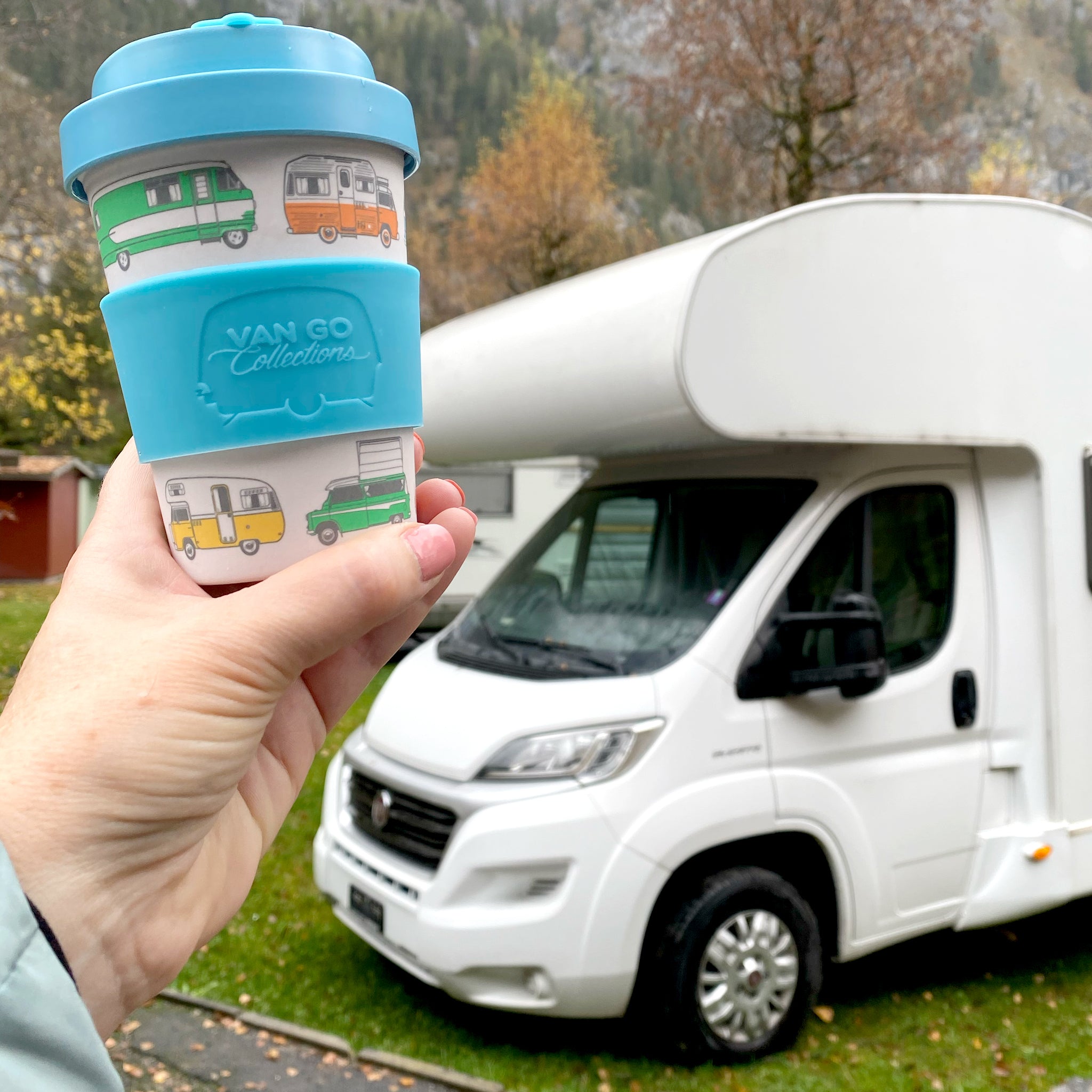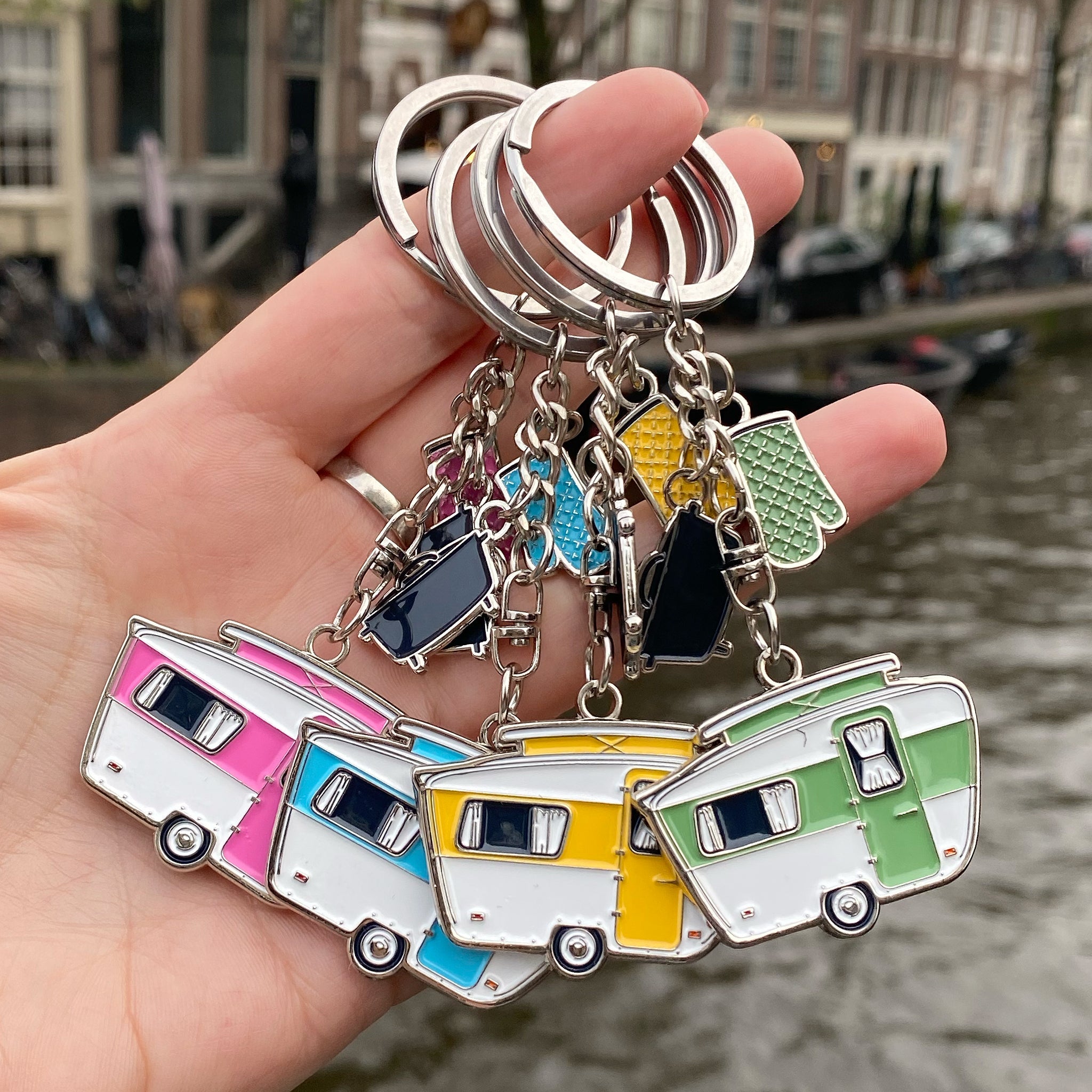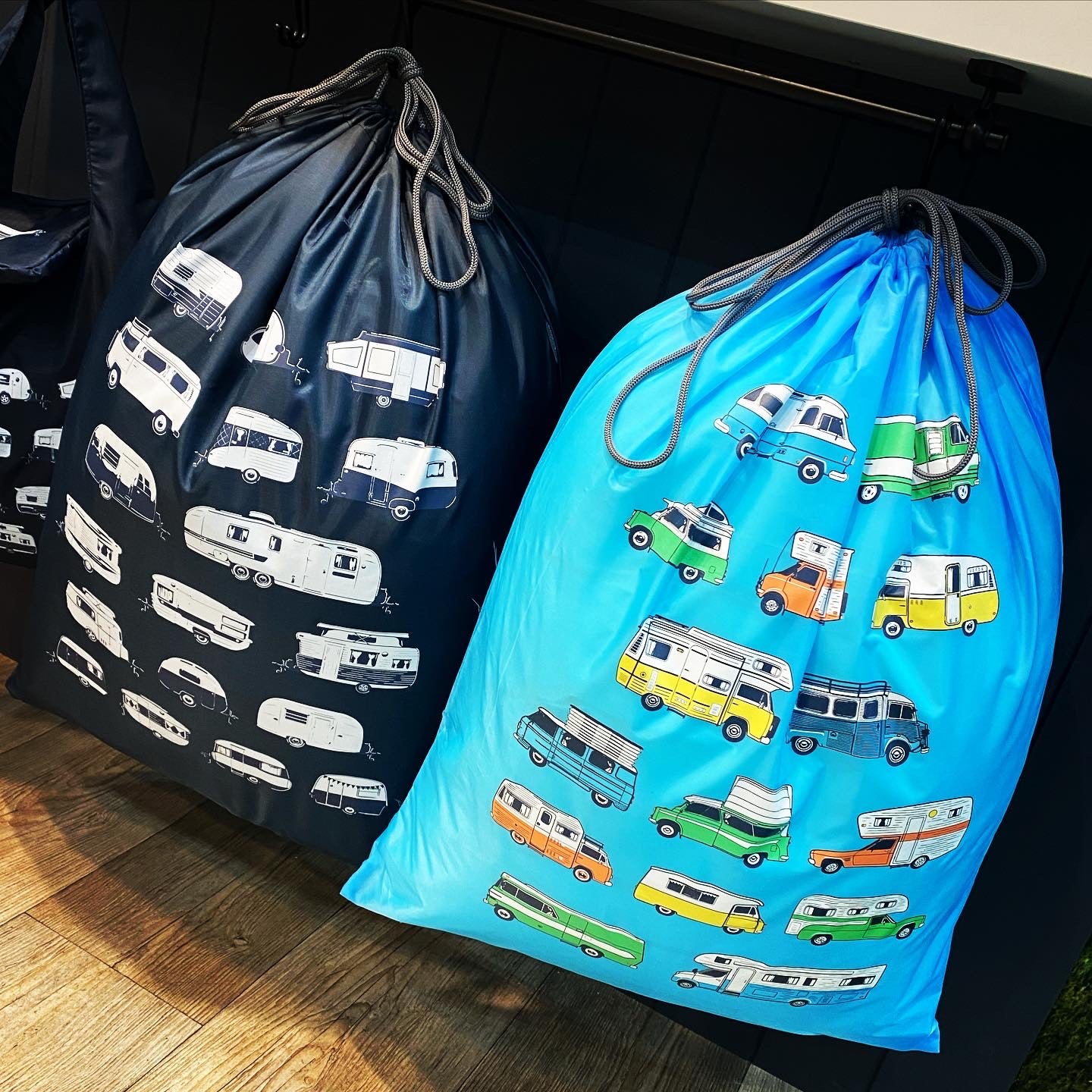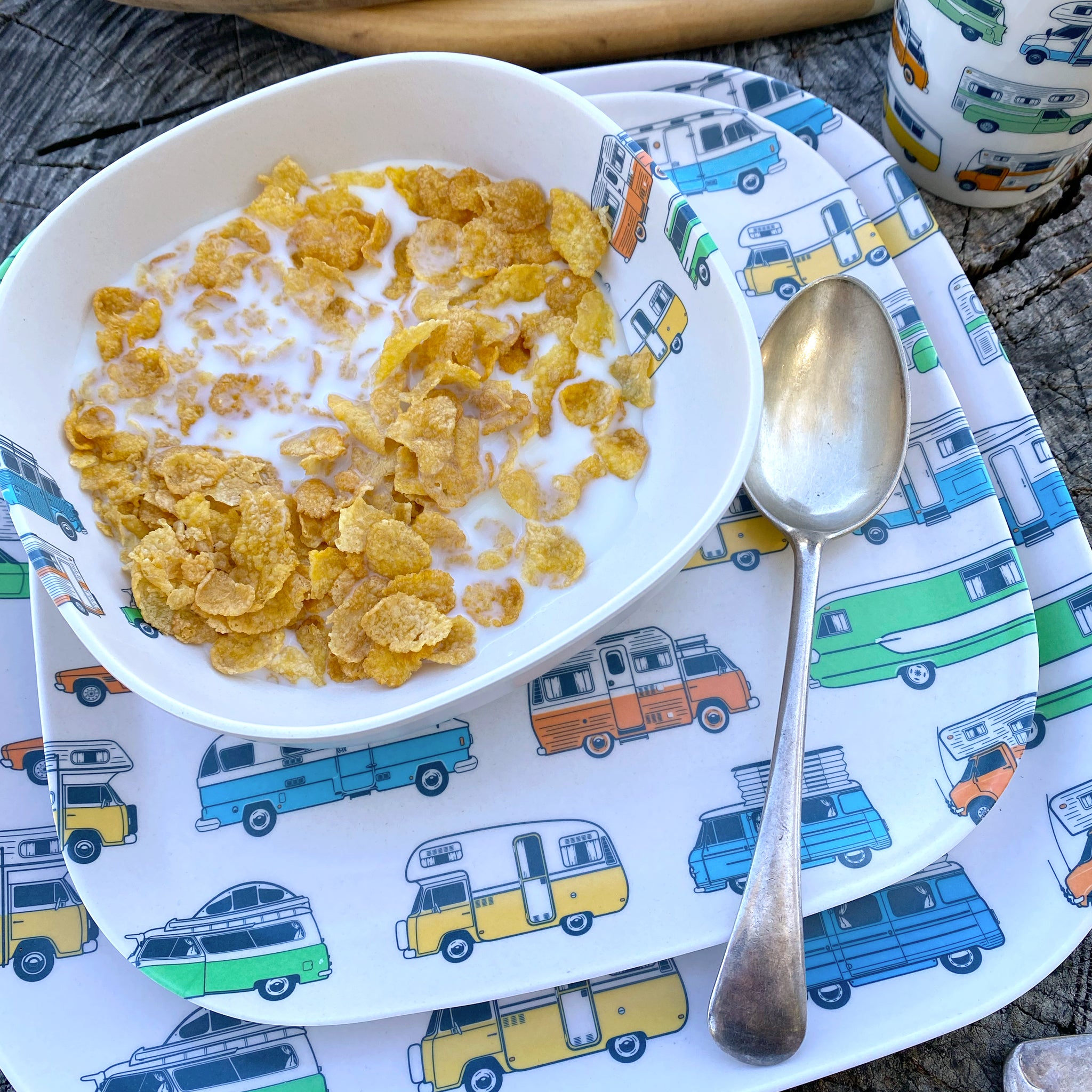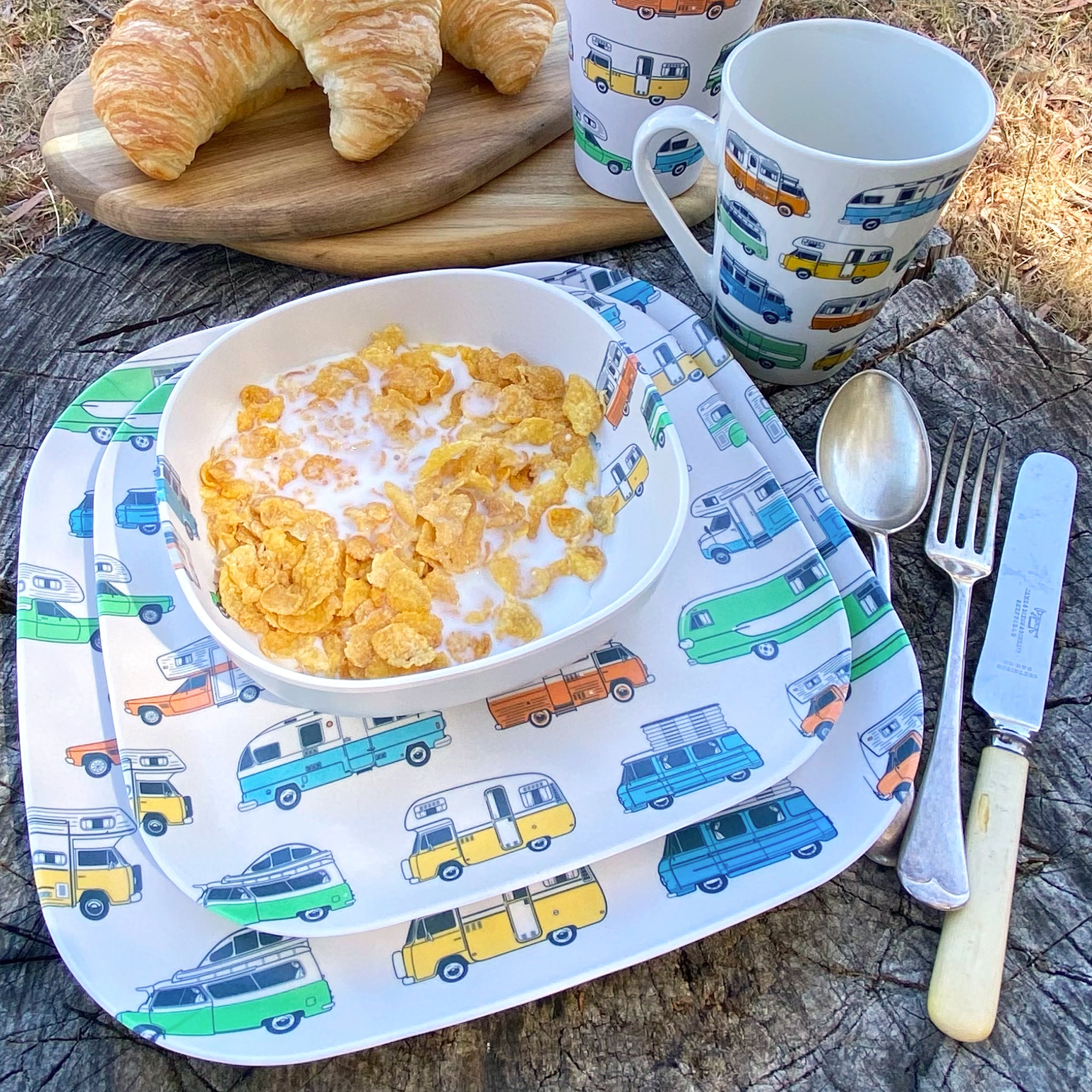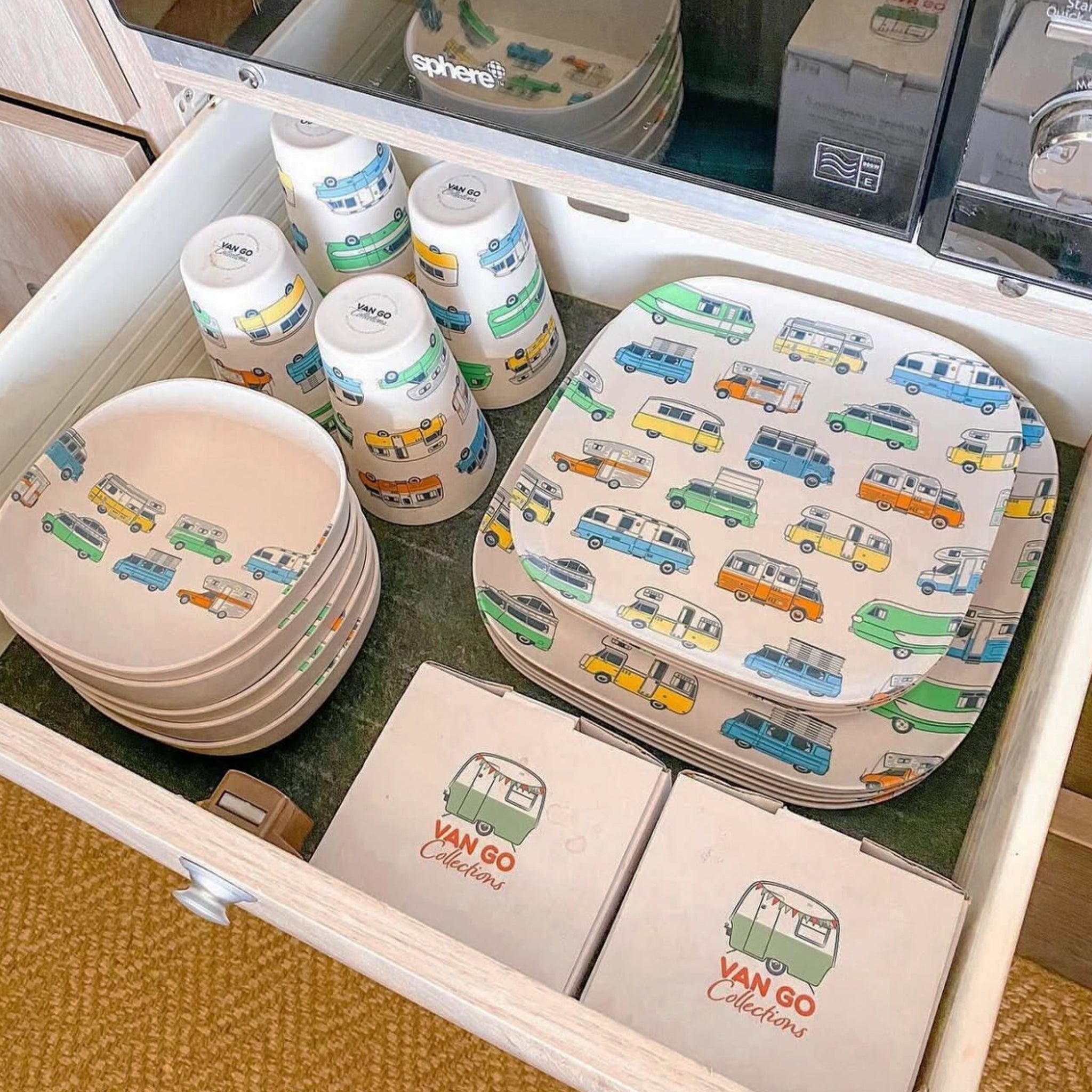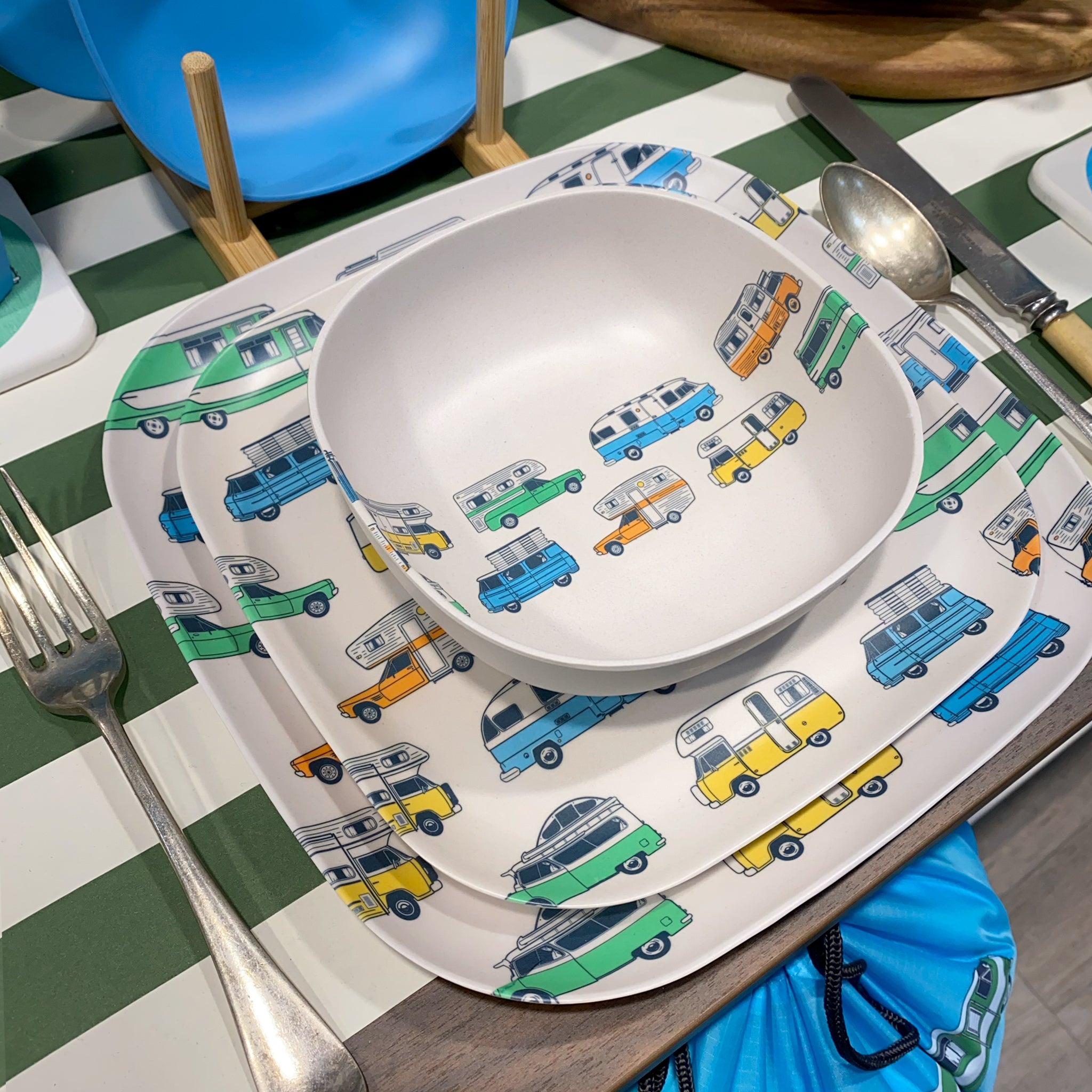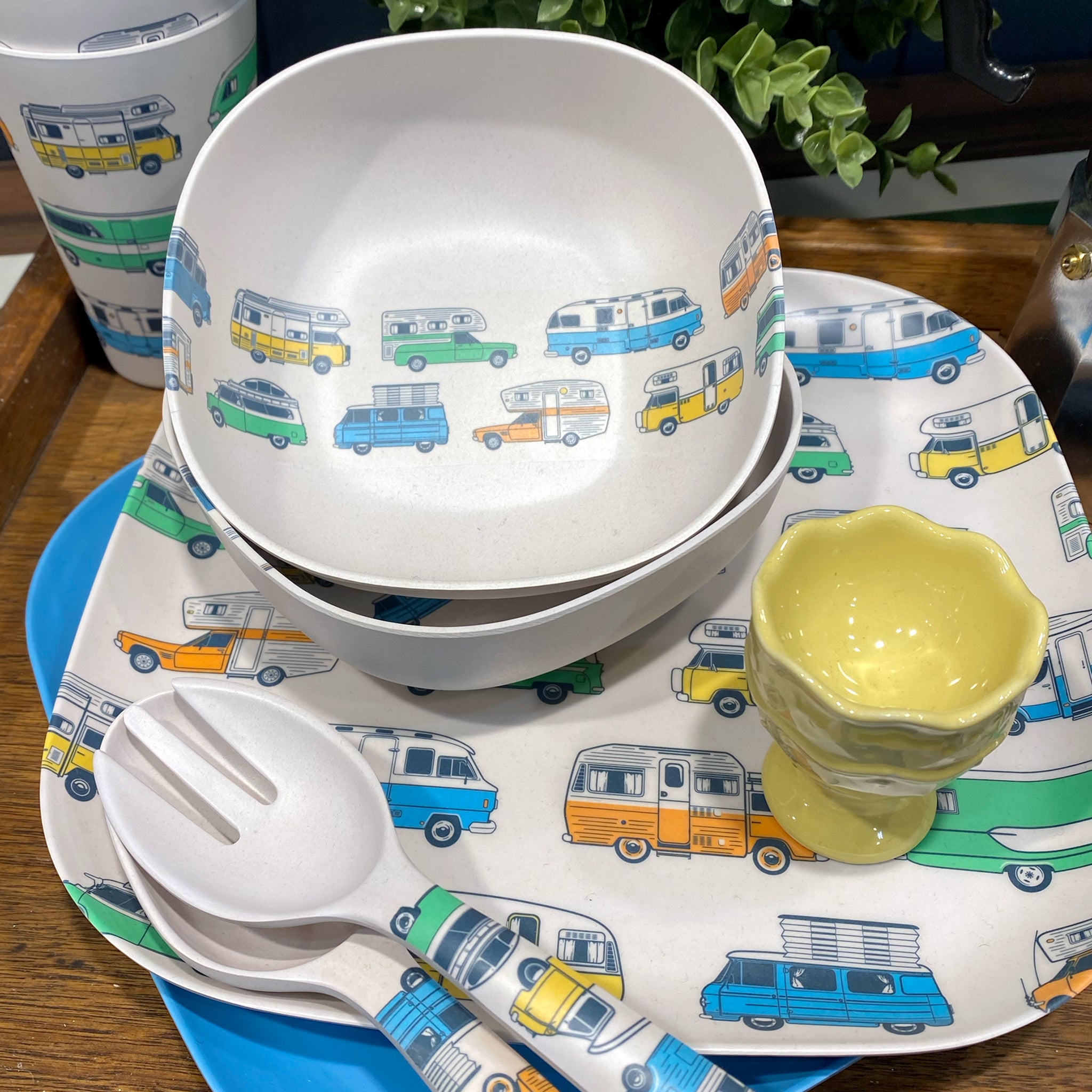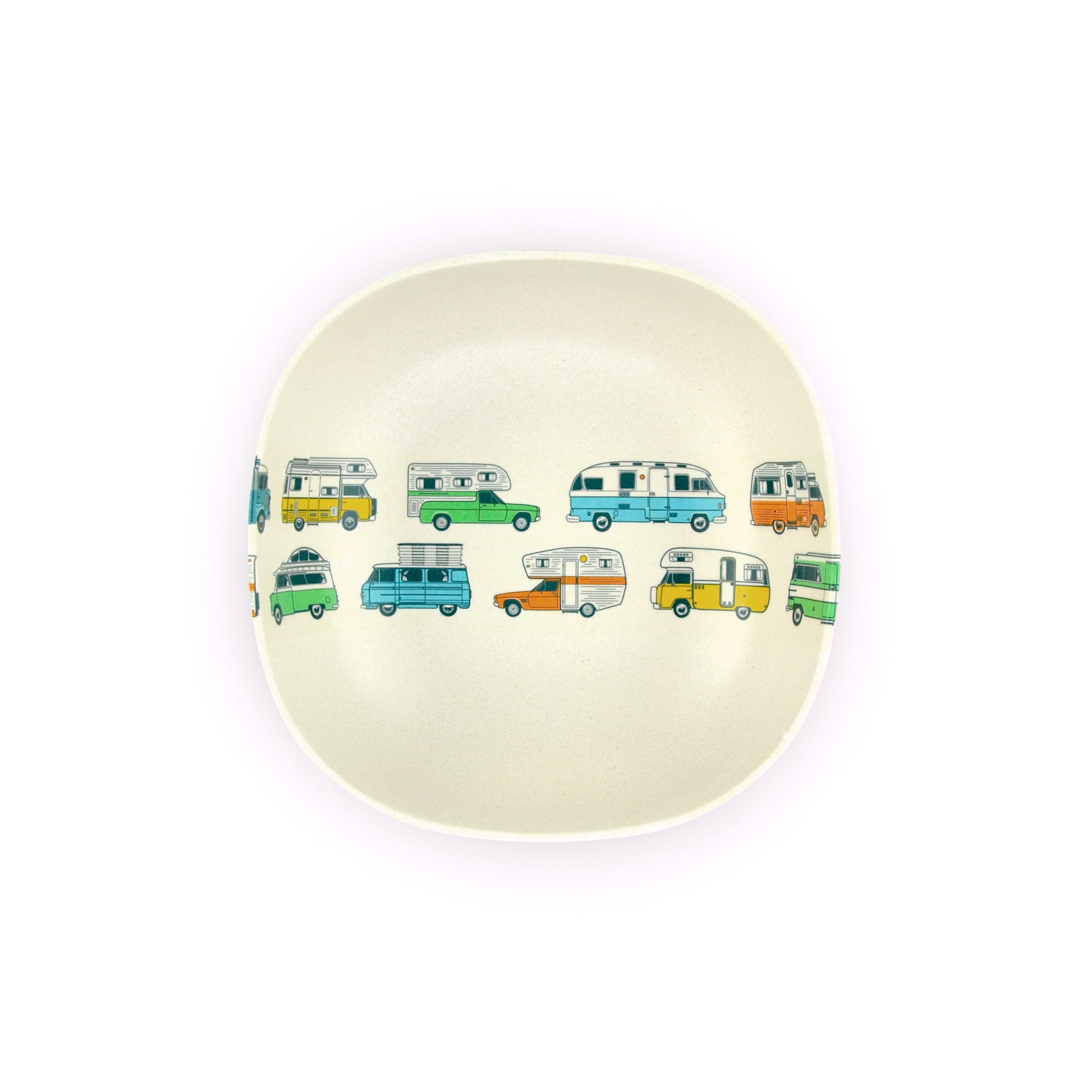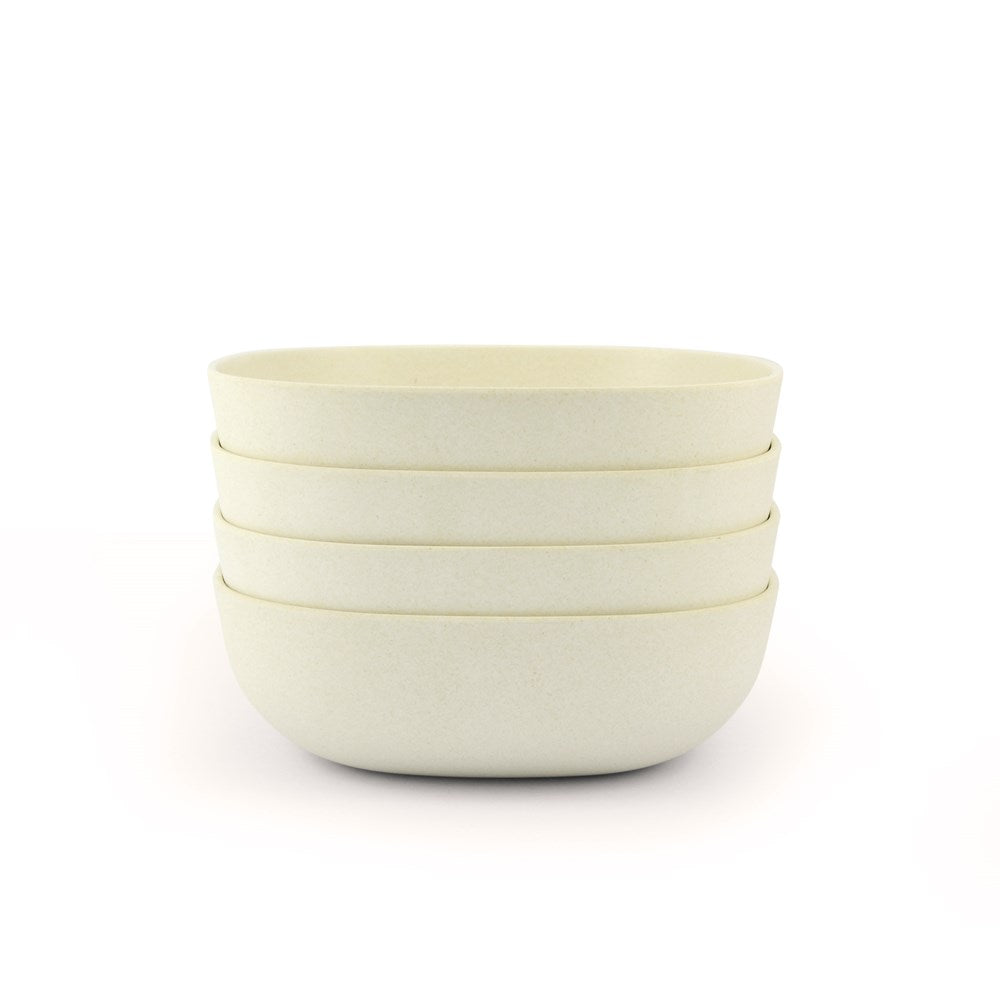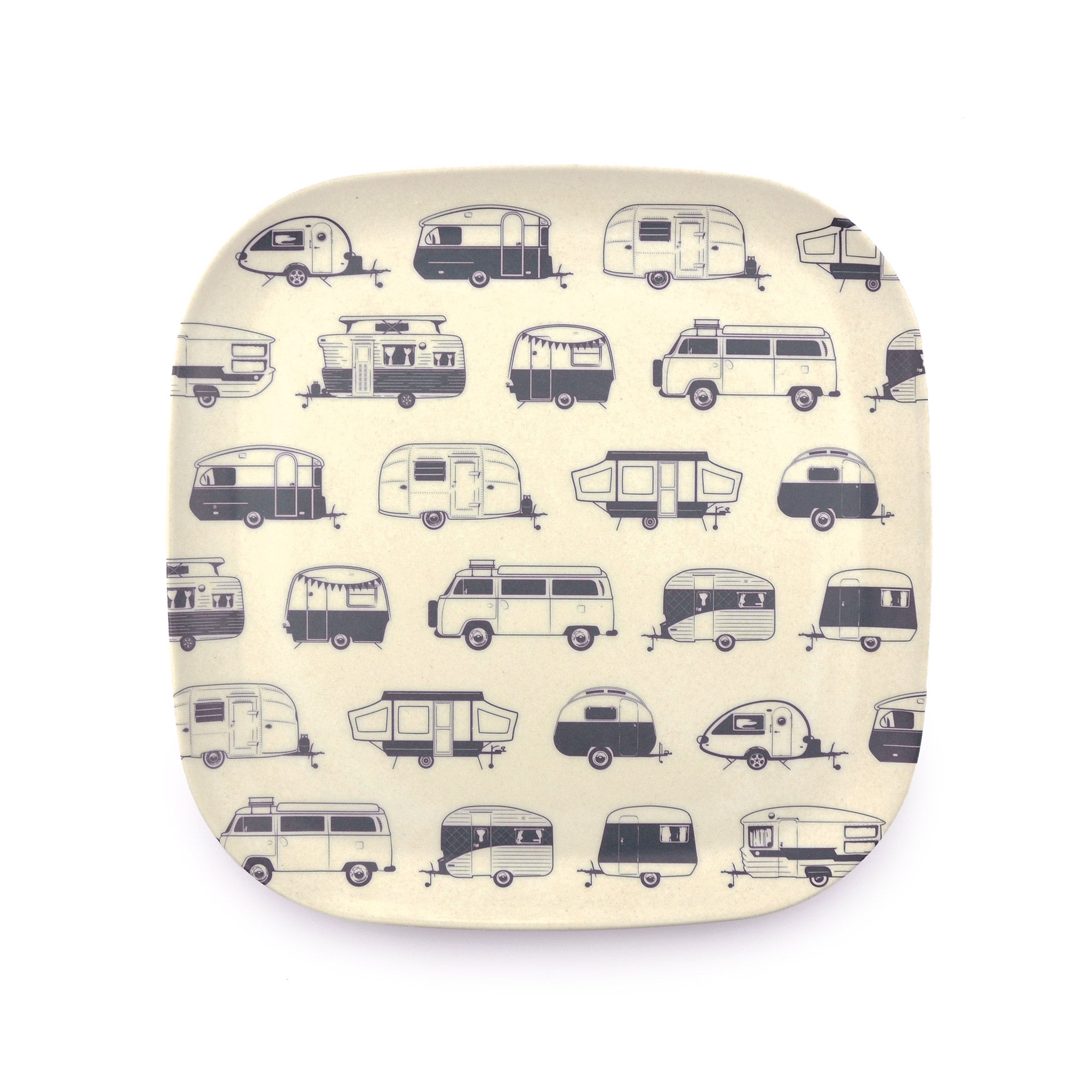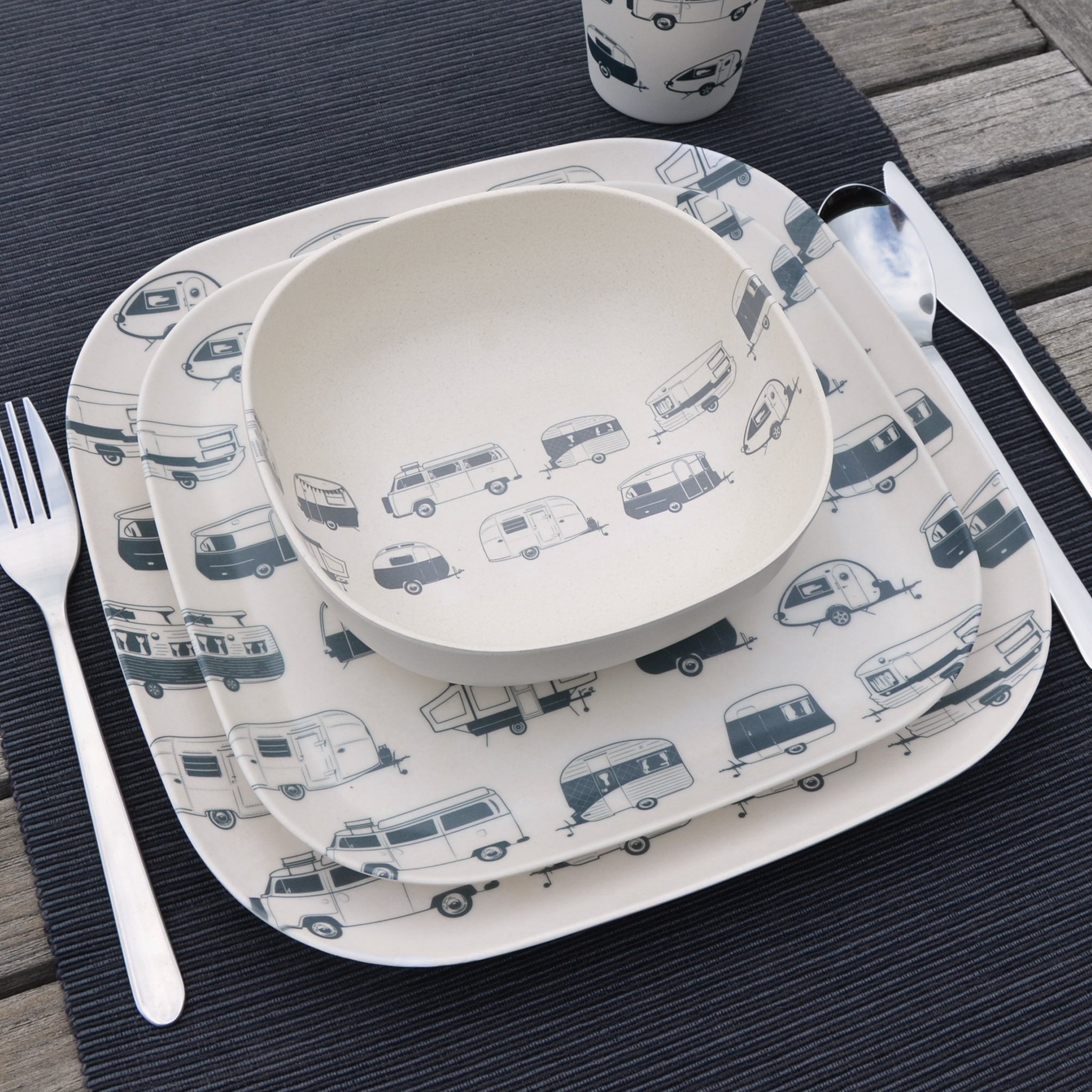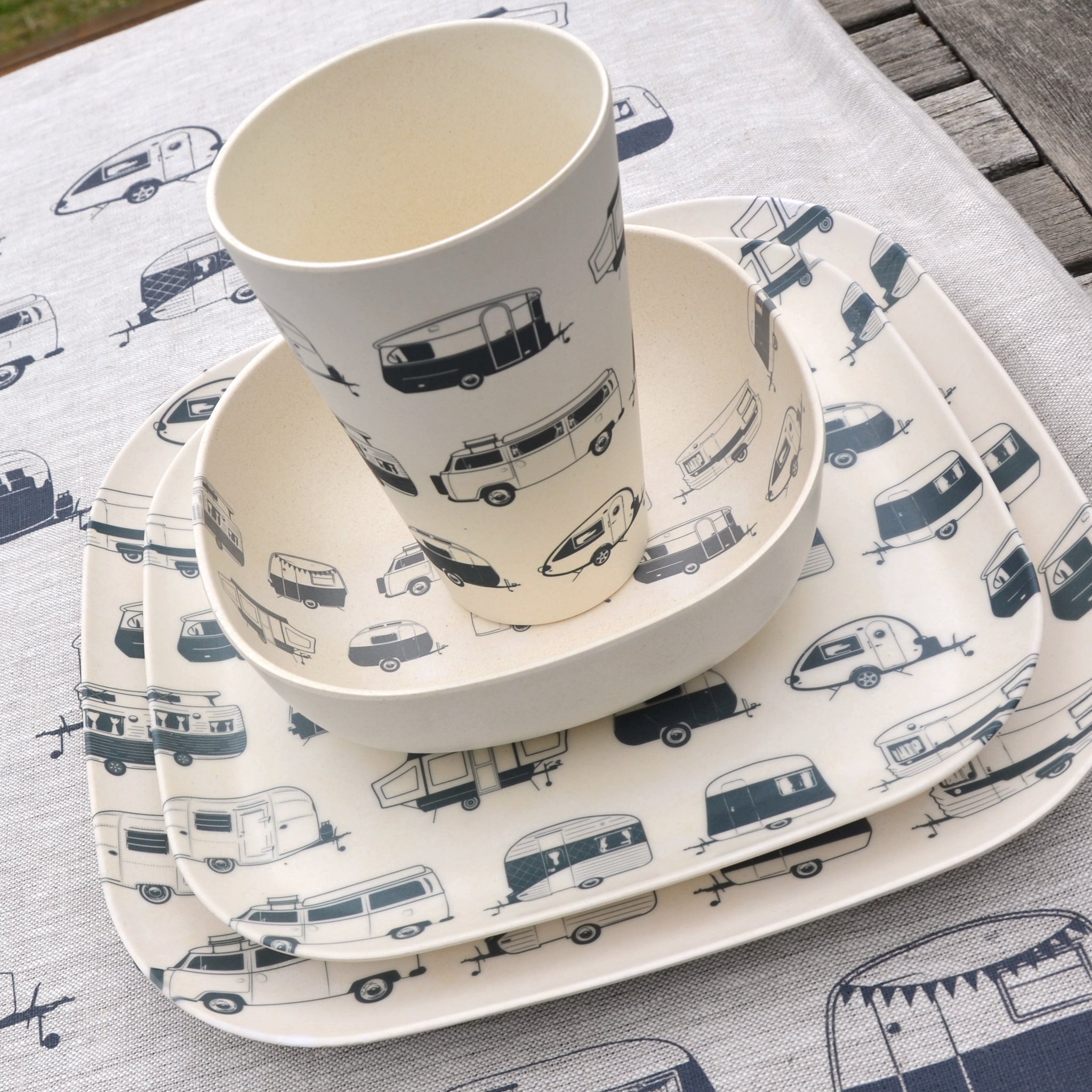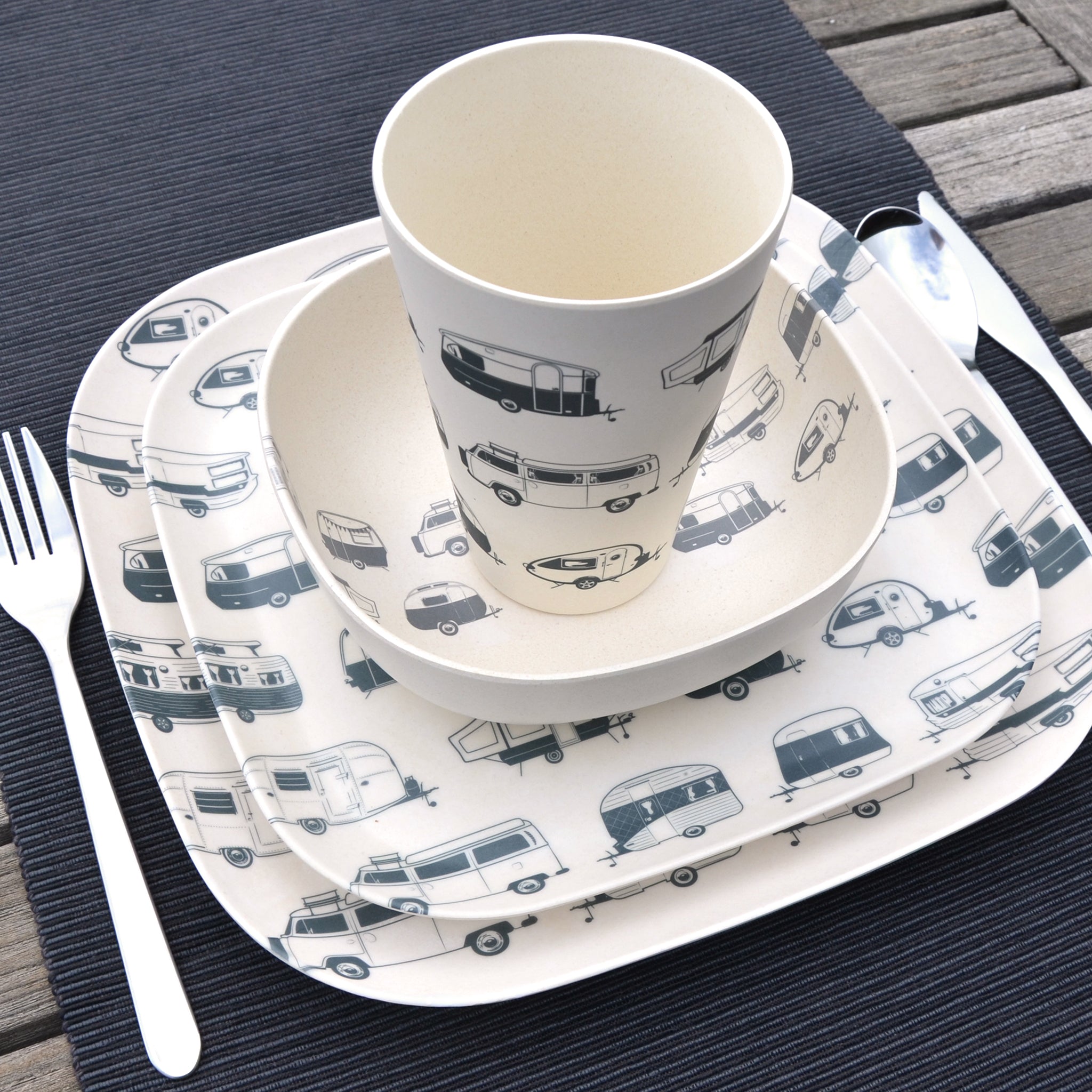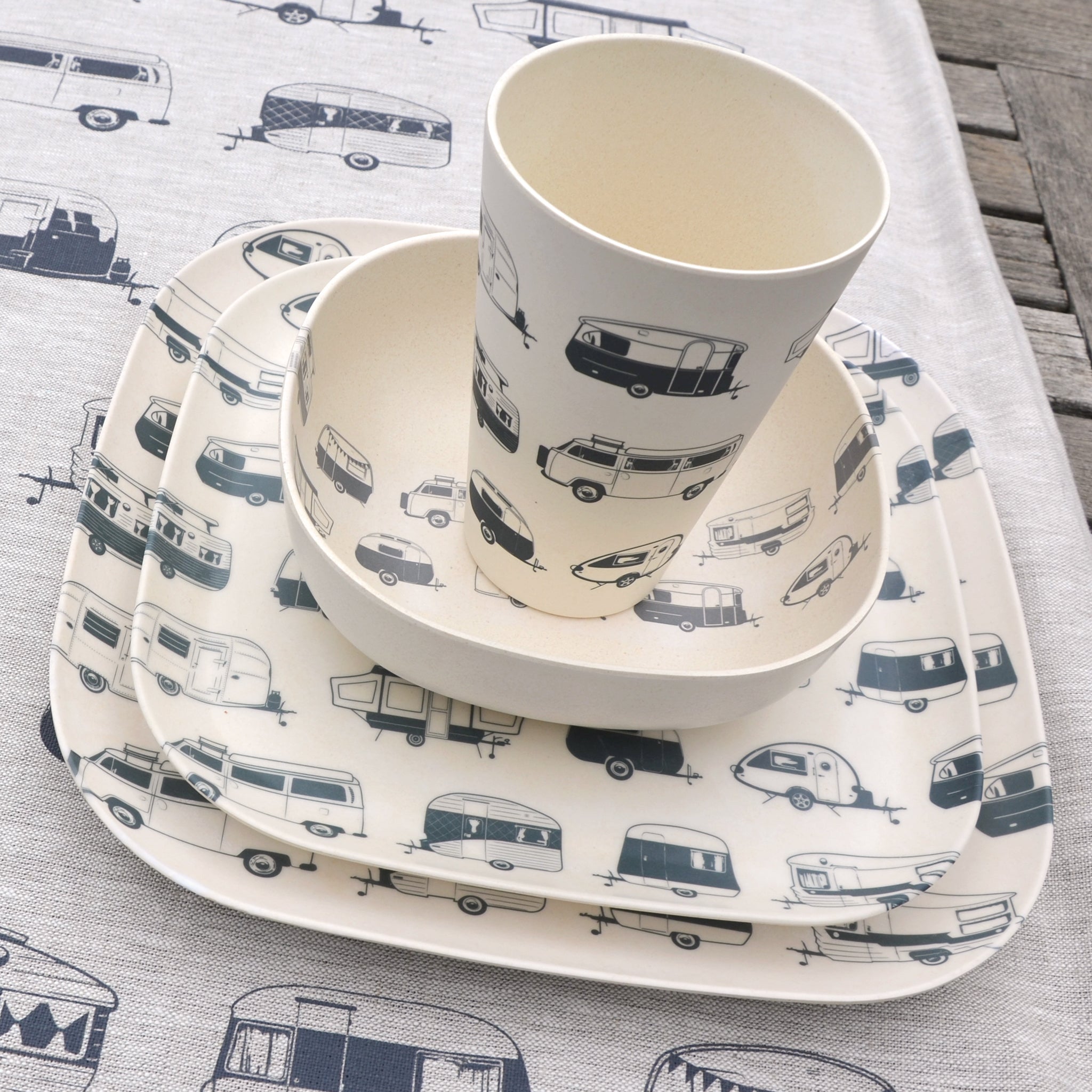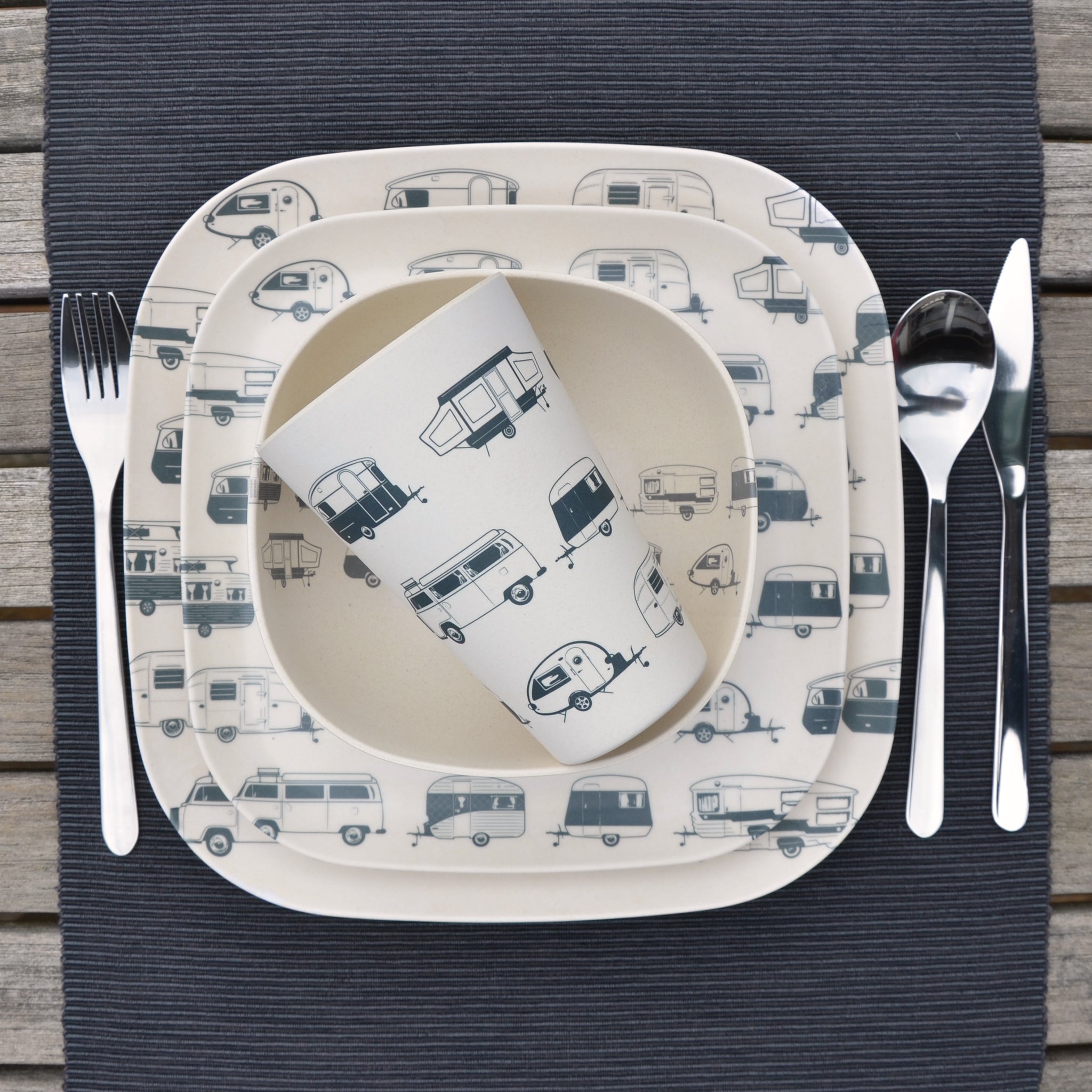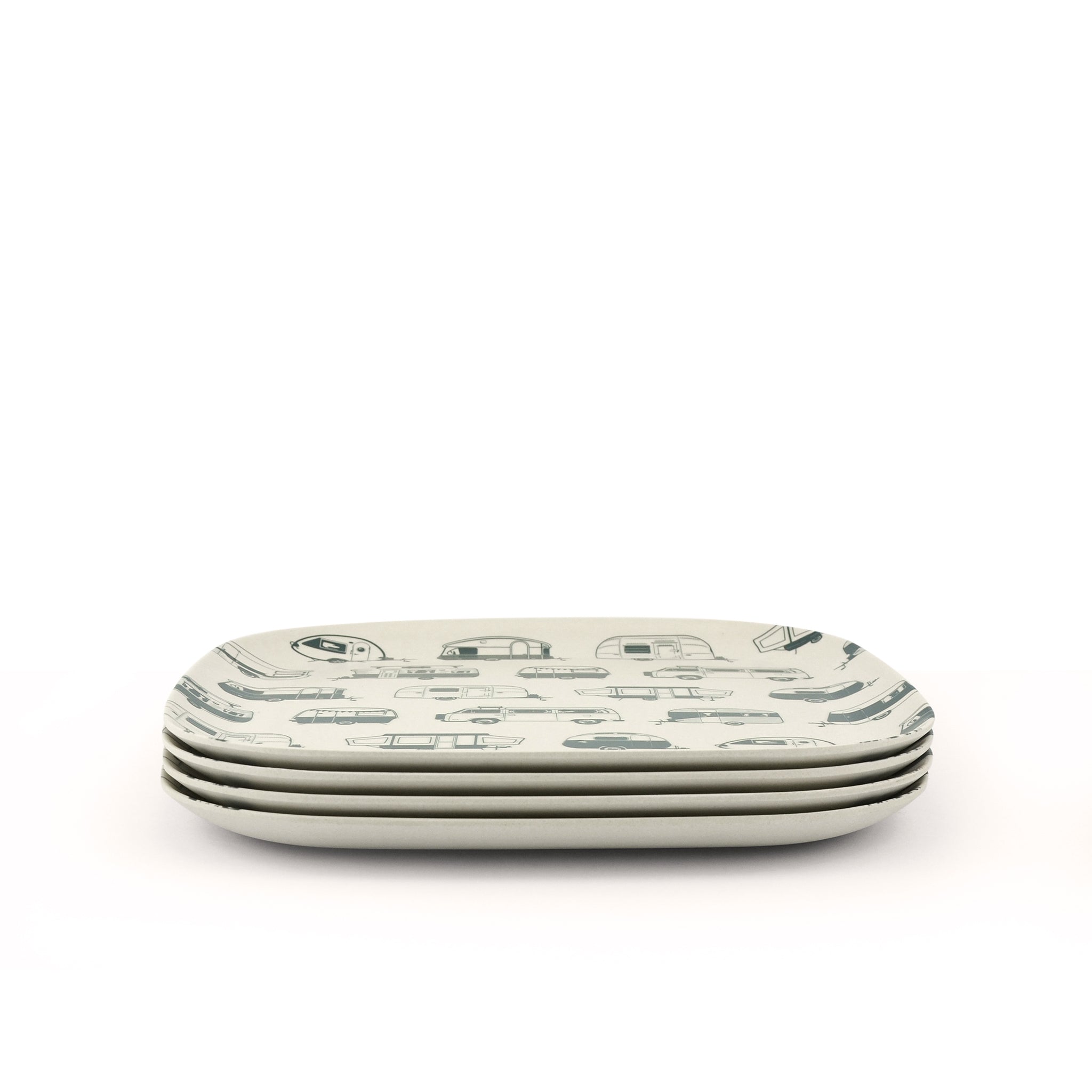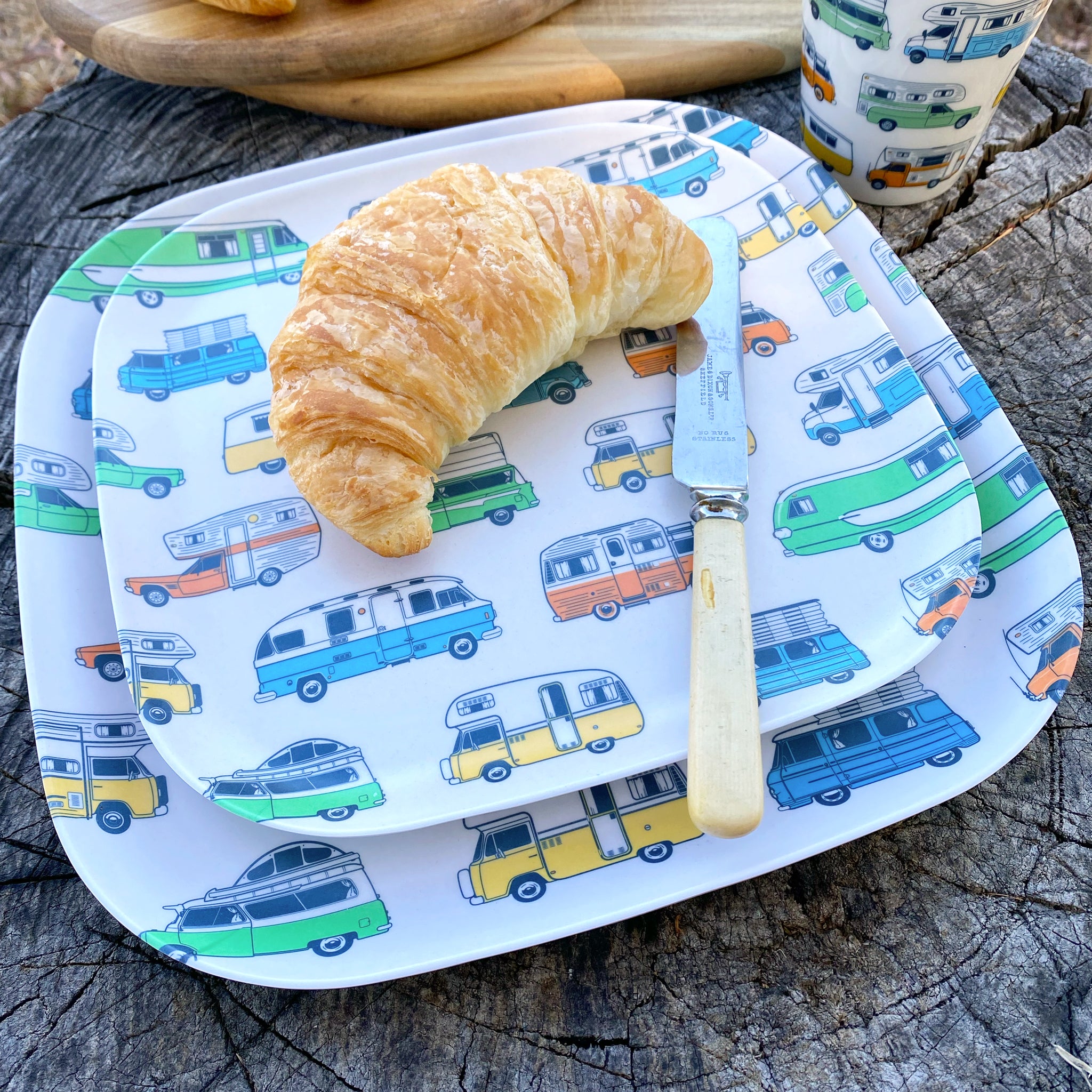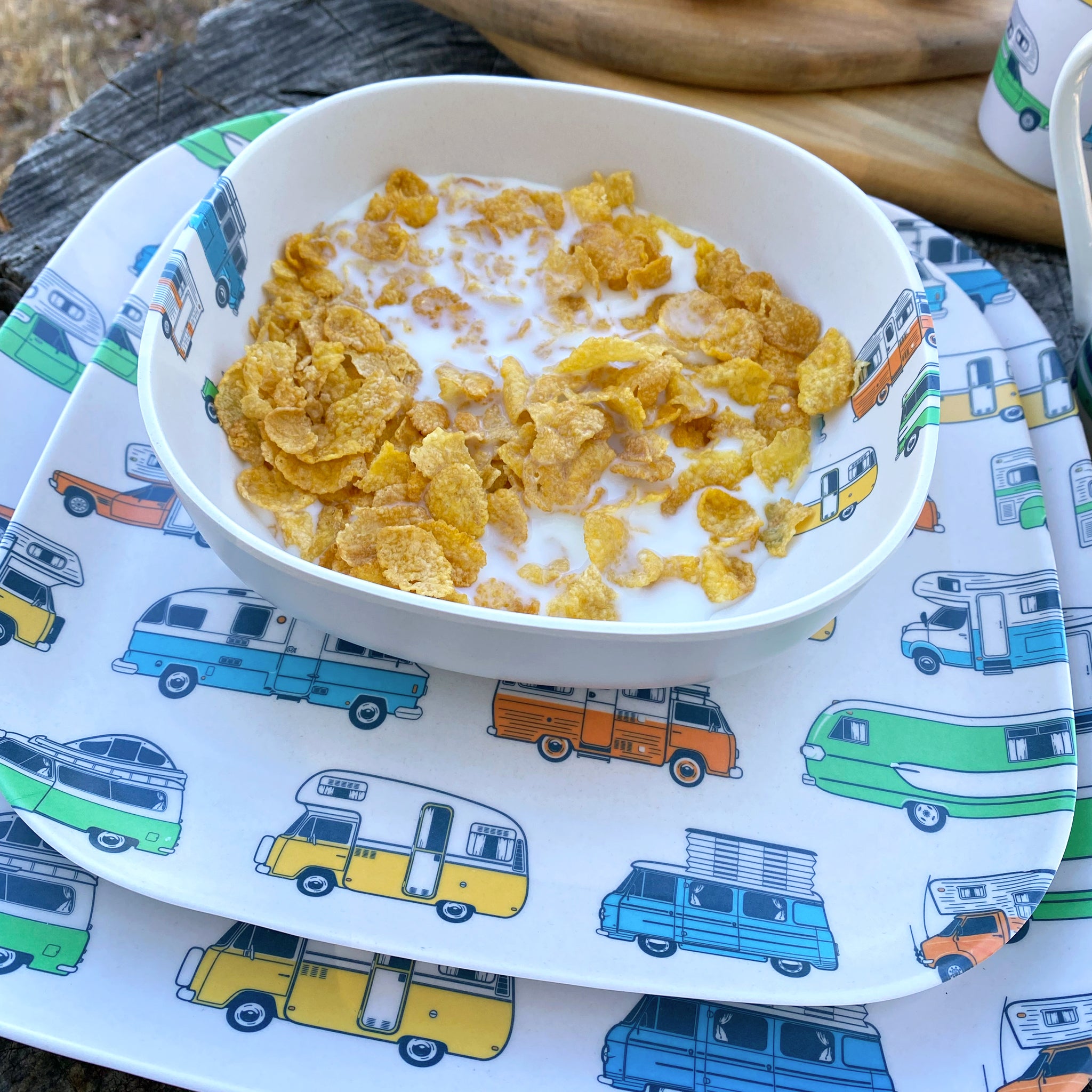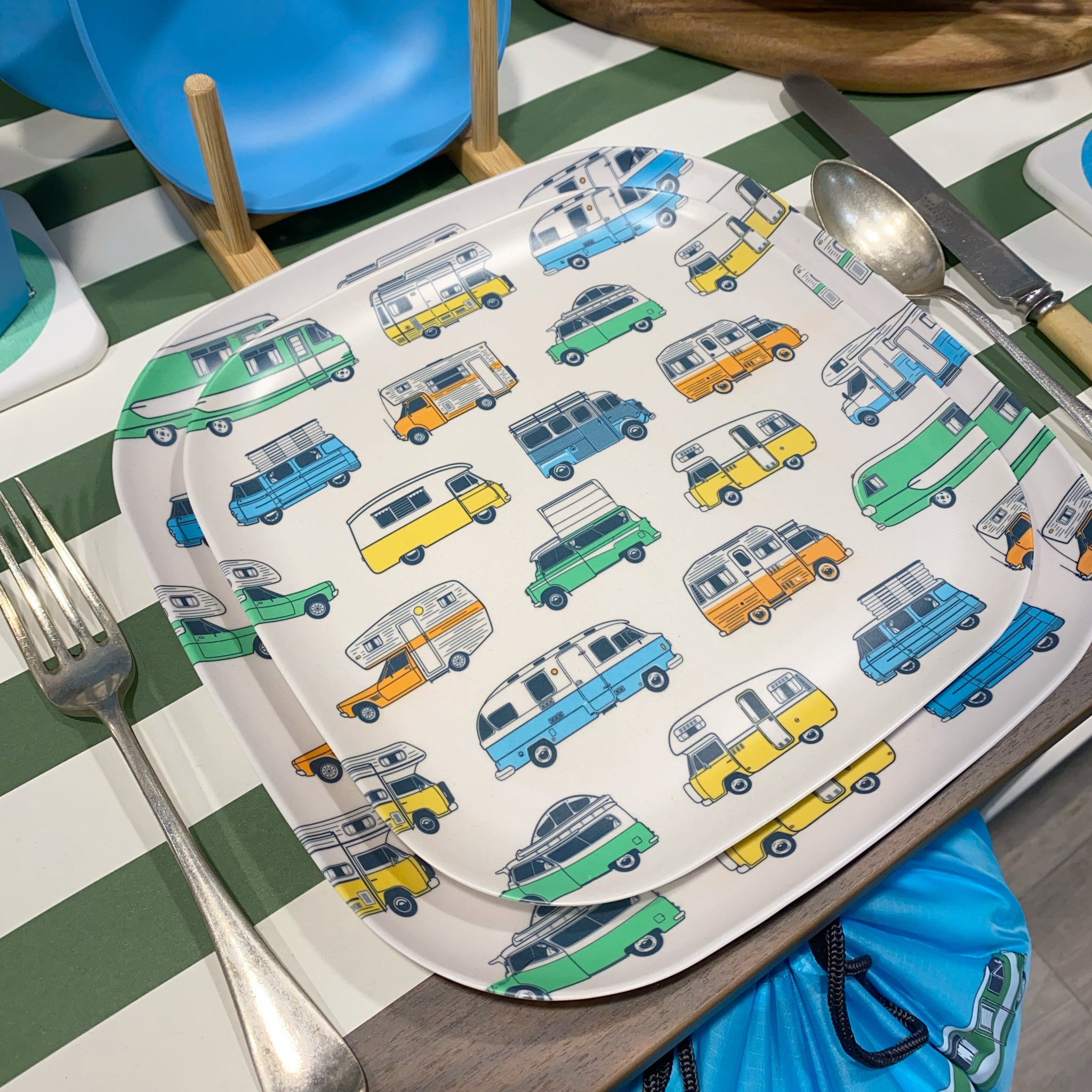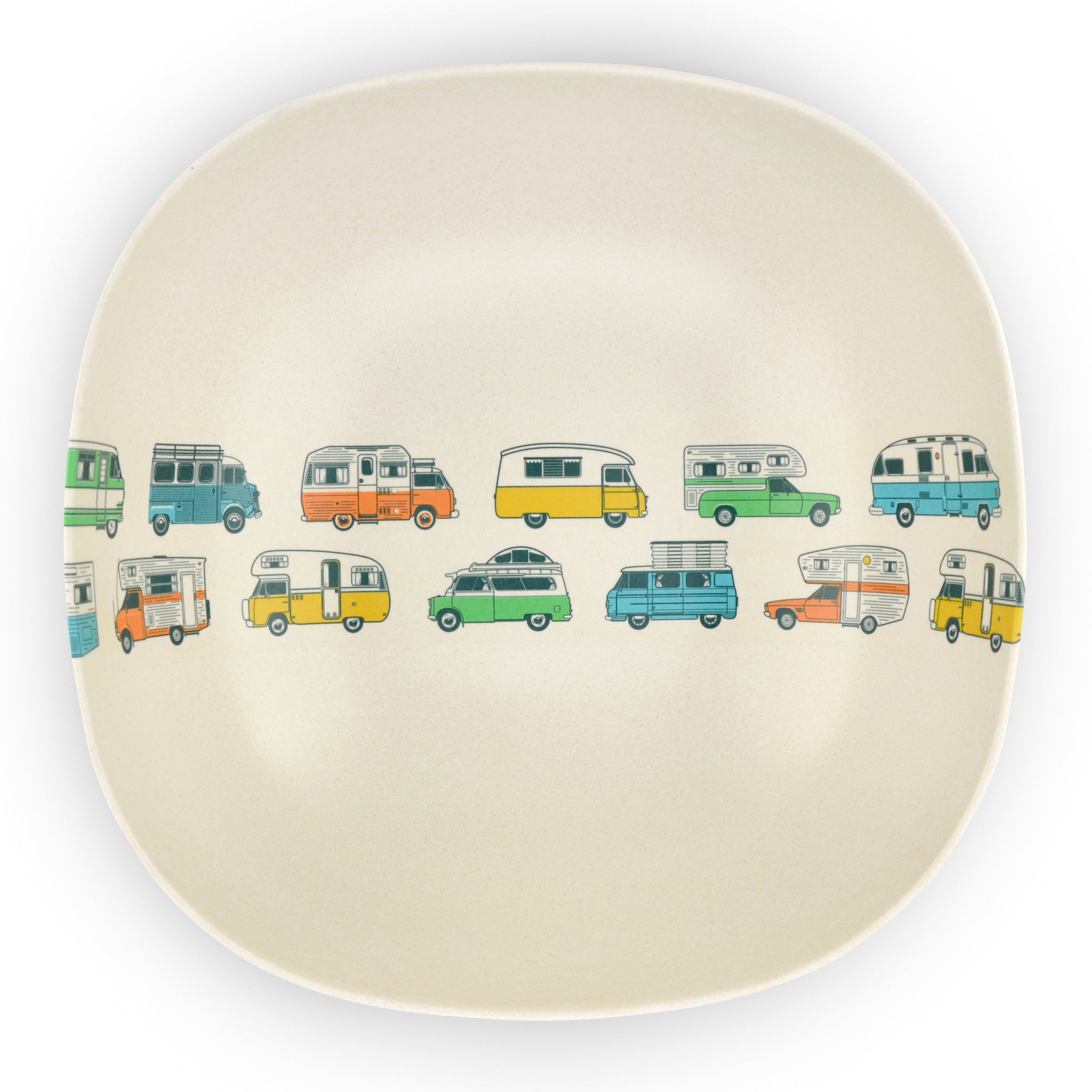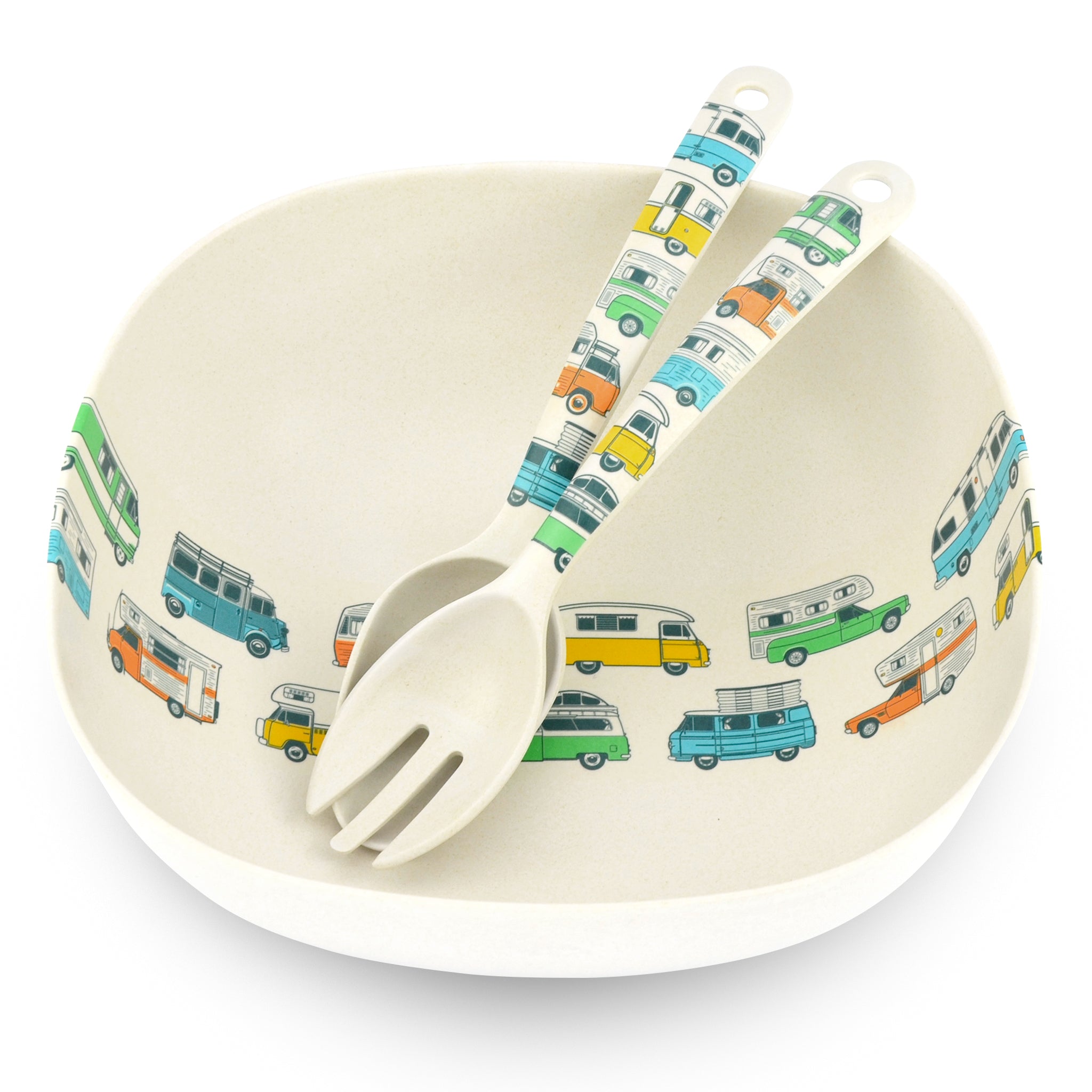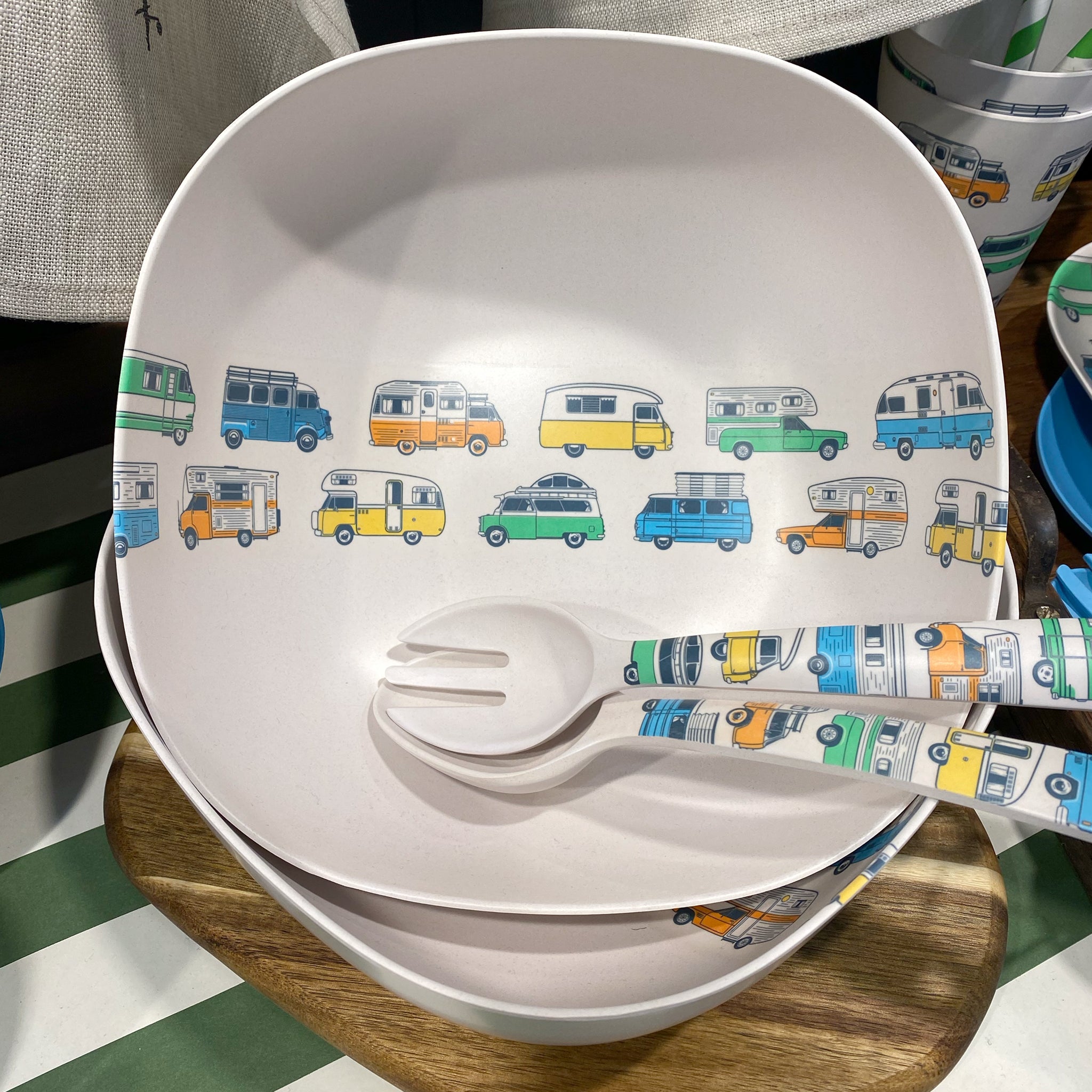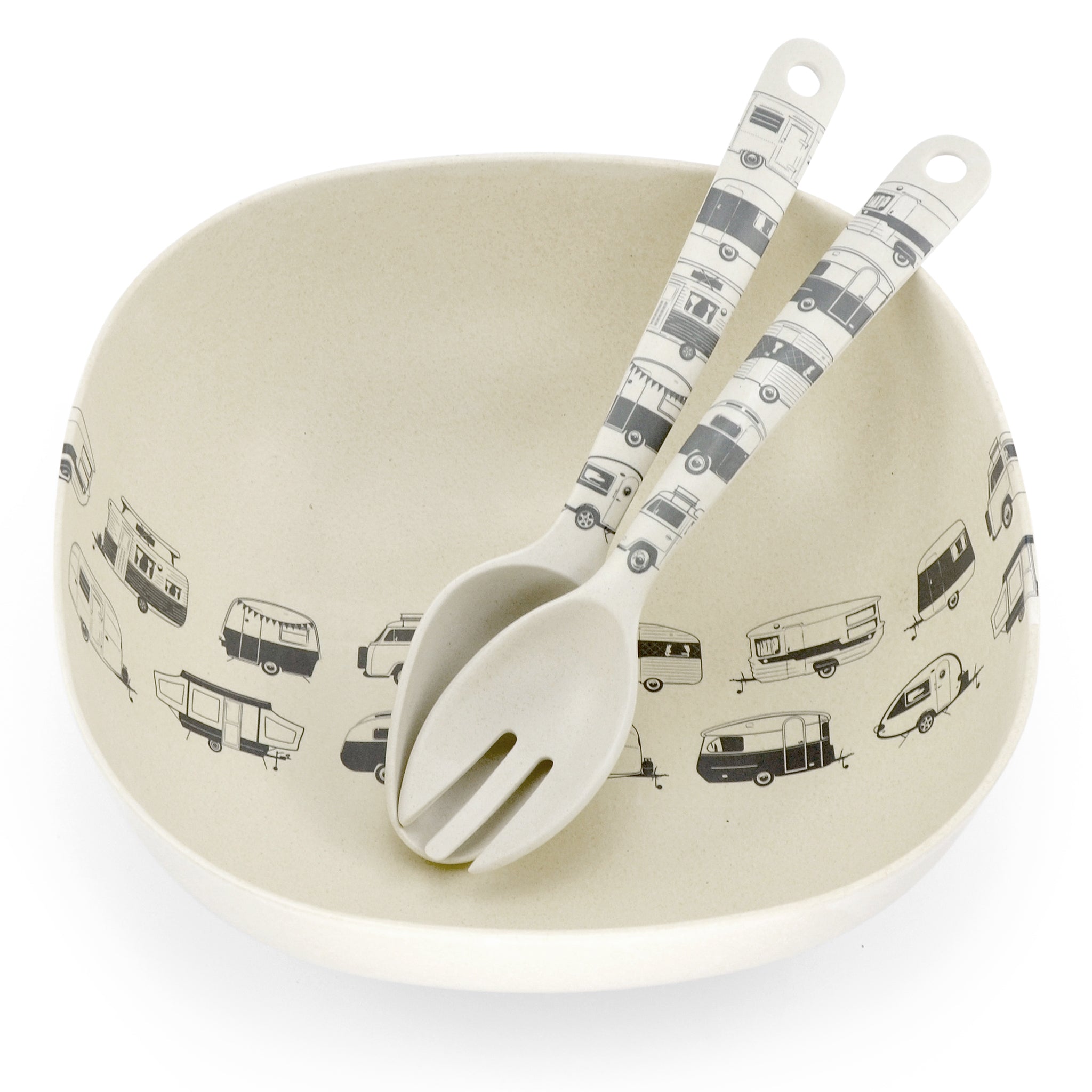

The History of Jurgens Caravans
Although the Jurgens caravan journey officially started in South Africa in the early 1950’s, Geert Jurgens - a coachworks and truck body builder from Holland – actually built his first caravan back in 1938.
Arriving in Johannesburg with his family in tow, Jurgens spent time working in the truck body building trade before opening his own factory with his two sons in 1952. Soon after, one tradesman joined the business, and a year later, there were 25 staff.
The first caravans were used as bread delivery vans and mobile libraries until the mid-1950’s, when South Africans began buying Jurgens caravans for recreational purposes. Orders were coming in thick and fast; staff numbers increased to 48, with the company manufacturing caravans, trailers and motorhomes.
In the late 1950’s, competition arrived with Caravans International (CI) and their Sprite range - in particular, the iconic Sprite Alpine. The 1960’s brought another competitor in Gypsey caravans, although there was room for everyone during this decade, when caravanning was booming!
Jurgens could barely keep up with the demand and moved into a bigger factory. At the same time, the crown was introduced into the Jurgens logo, eventually inspiring their slogan ‘King of the Great Outdoors’.
In 1967, Jurgens reached the milestone of manufacturing their 10,000th caravan. Jurgens was on a roll. Adding to their success at the time, they were also the first to introduce a side tent on their vans.


The first mass-produced caravan – the Autovilla – was launched in 1973, and was so successful that it was exported all over the world. Jurgens was also busy introducing industry firsts - polystyrene insulation, tinted anti-glare windows and the reverse brake.
In 1980, one of Geert’s sons, Rieks, resigned and sold his shares to his brother, Dirk. It was the end of an era. Although the company tried to retain their portion of the South African caravan market, it was clear that Jurgens was losing sales to their competition. It was time to look for a business partner.
The Terexco Group came to the rescue…but not for long, as business continued to dwindle. After a few years, Jurgens was bought again, this time by Michael Delport’s Decagon Group, although times were still very challenging and there was a lot of work to do.
To give you an idea of numbers… in 1989, around 200 Jurgens caravans were manufactured, and in 1990, that number increased – but only slightly – to approximately 450. It was nowhere near enough. A rabbit had to be pulled out of a hat, somehow.
This ‘rabbit’ came in the form of the Penta model. With its pop-up top and side tent, it was a winner. However, one model does not a success make and the early 1990’s proved to be a tricky time for the caravan world in general.
Thankfully, this changed in 1994 with Jurgens launching a whole new generation of vans. Suddenly, Jurgens had 40% of the market, and it was their competitors, CI Caravans who were struggling. So, Michael Delport bought CI Caravans, and Jurgens Ci was born.
The Jurgens Ci Group continued to have success after success with new ranges, however, in 2007, Delporte made the shock decision to sell the company to the Imperial Group, where Jurgens are still made today.
These days, it’s much easier for Australians to get their hands on a Jurgens caravan; since 2008, Jurgens has been manufacturing caravans out of their own production facility in Melbourne, designed specifically for the Australian terrain.
Almost 70 years and 1000,000 caravans later, it’s clear that Jurgens caravans are here to stay.
If you love caravans, then check out our amazing range of Caravan themed bamboo travel mugs, drinkware and tablewear which are guaranteed to brighten up your day!
